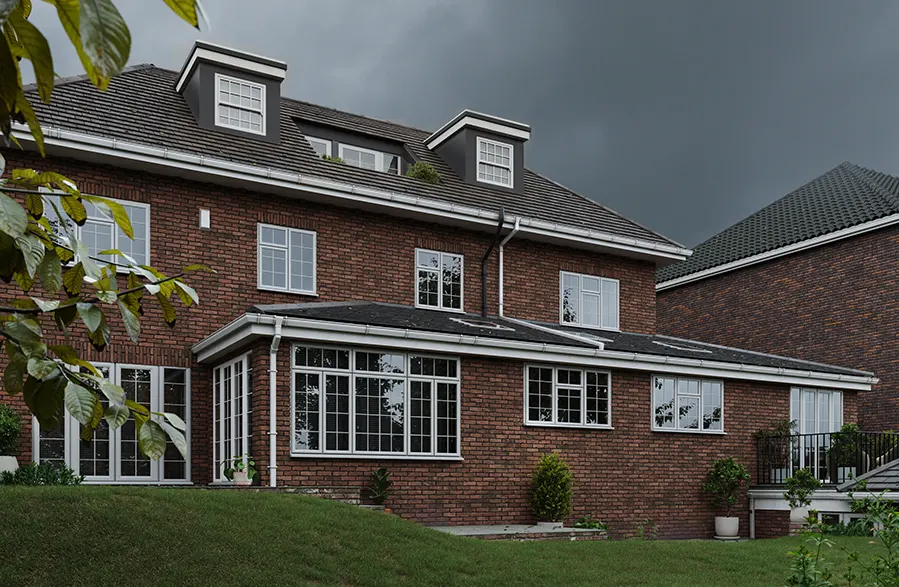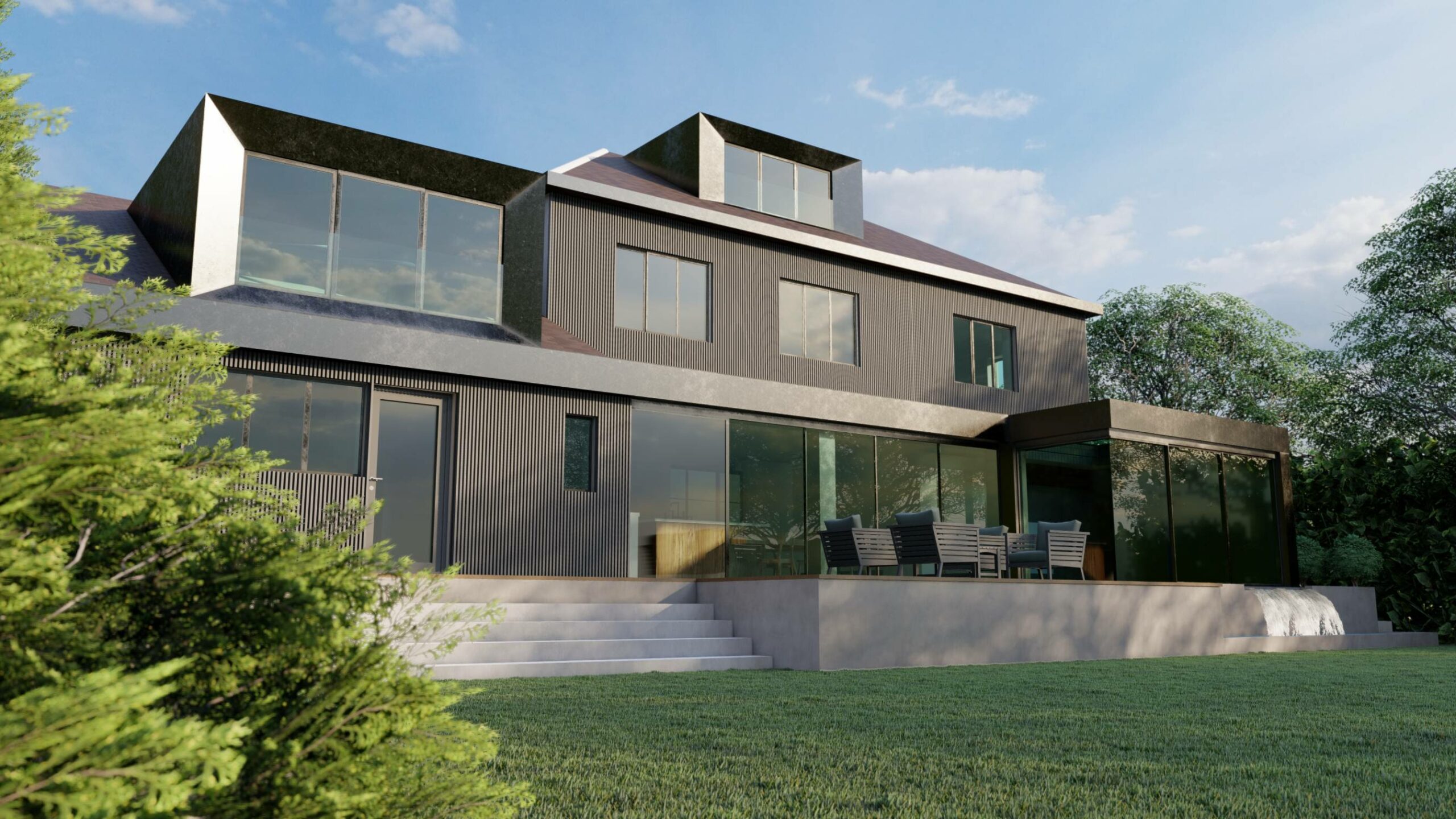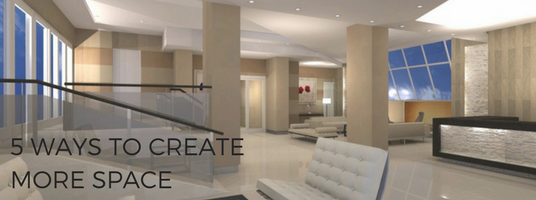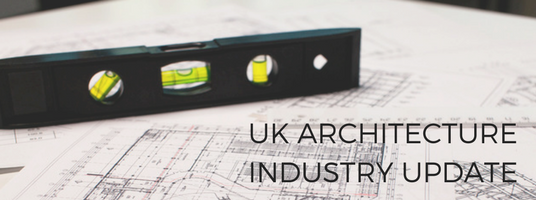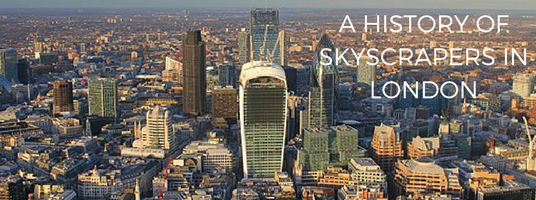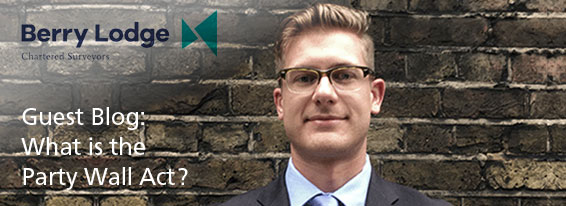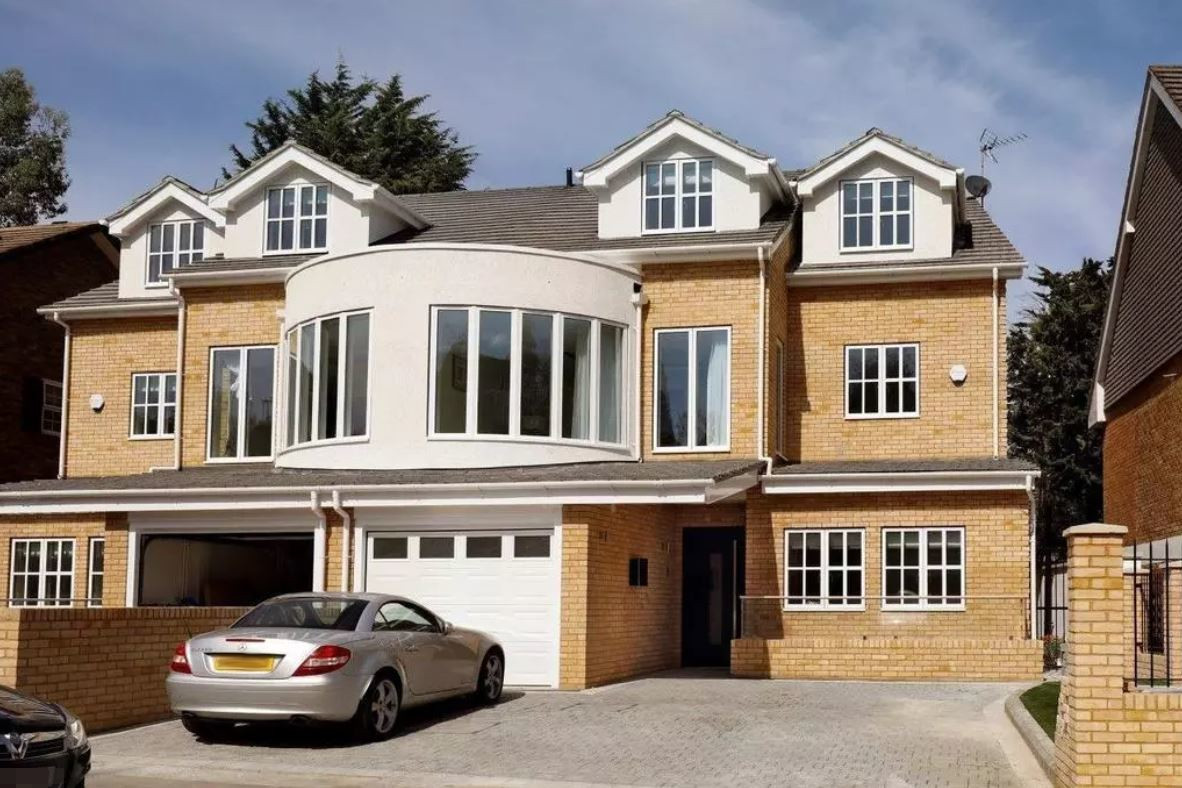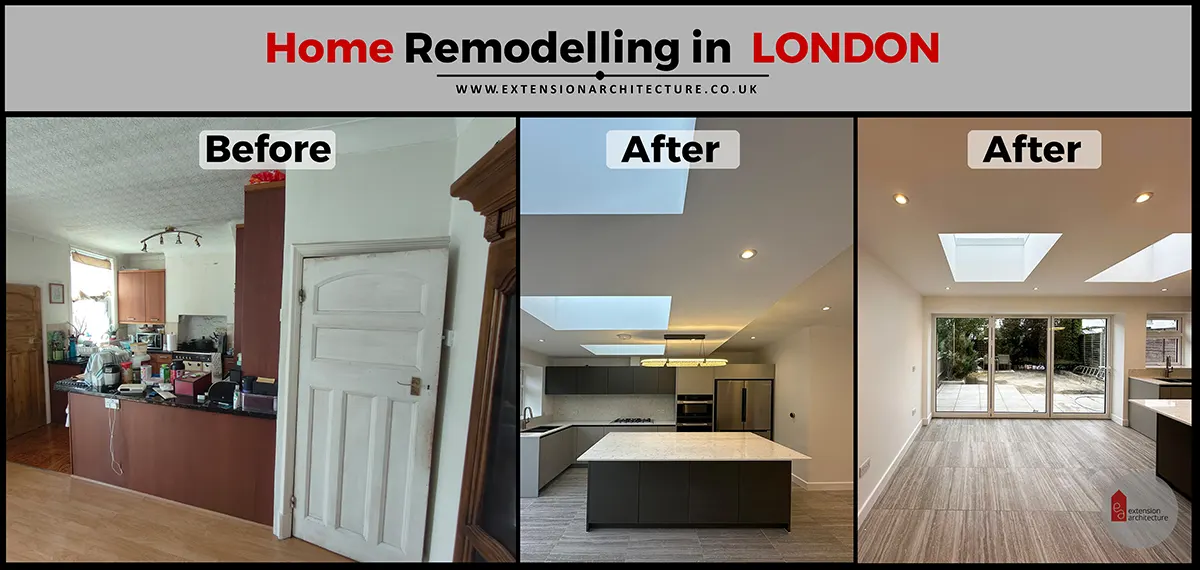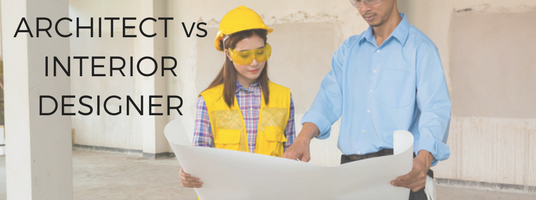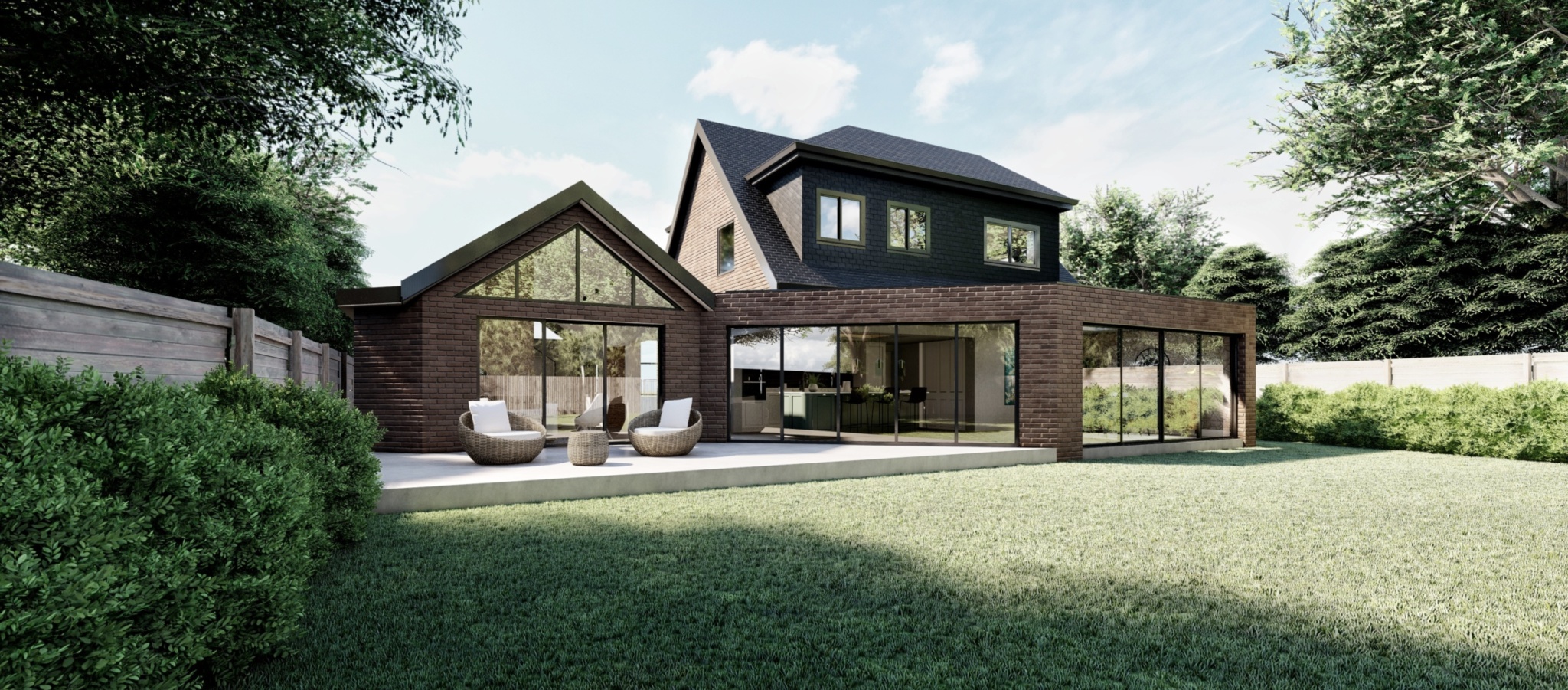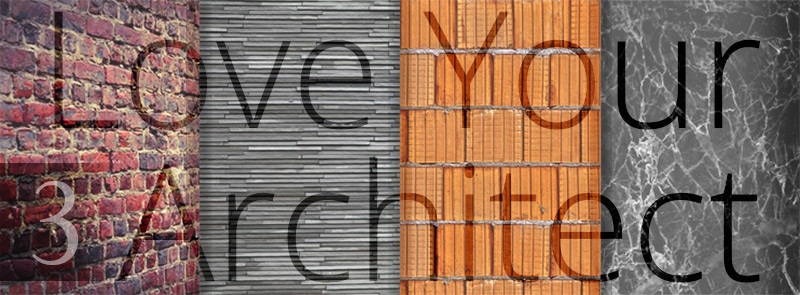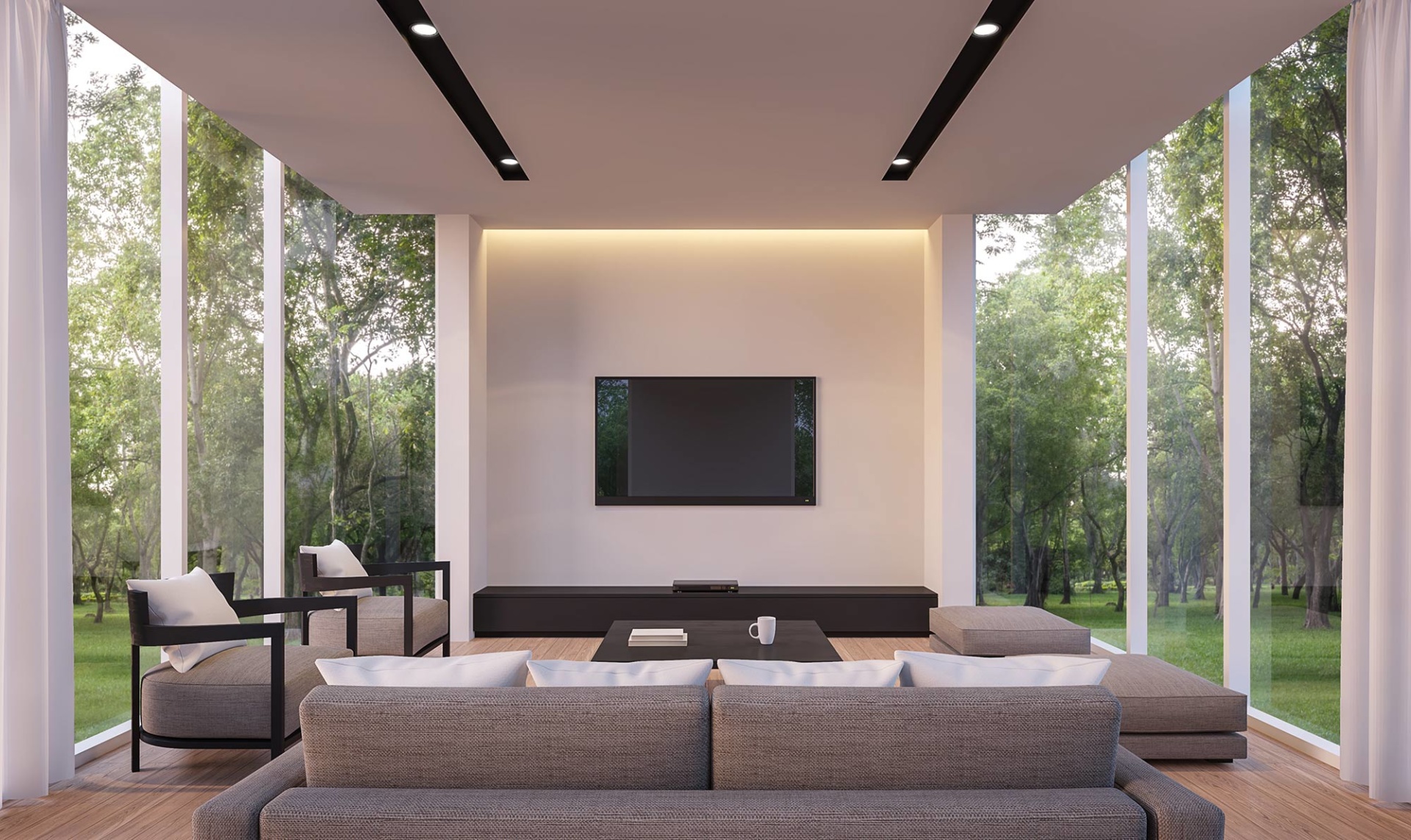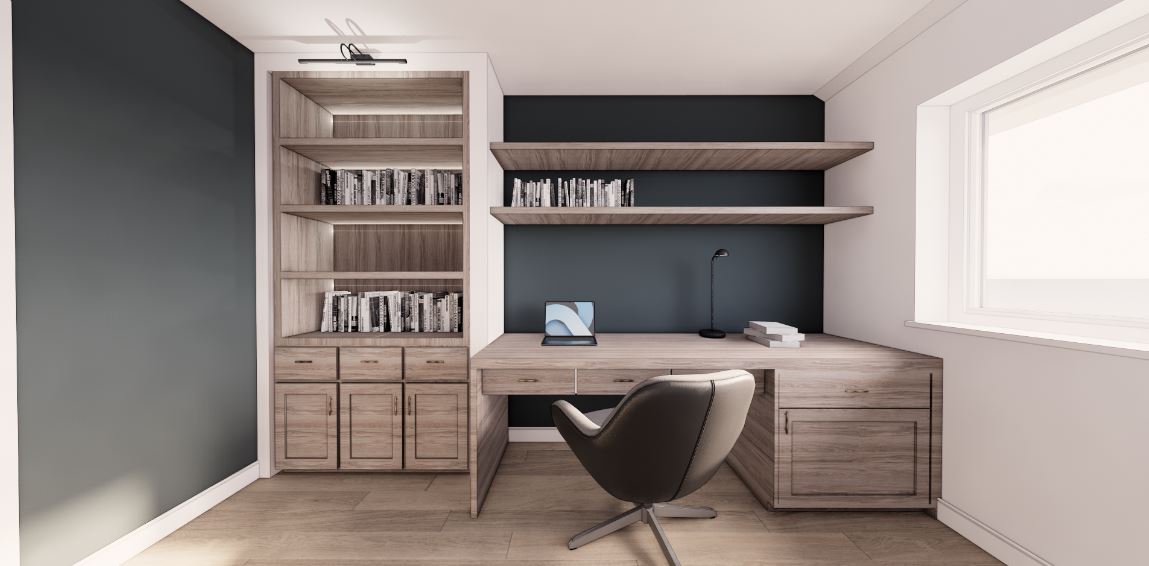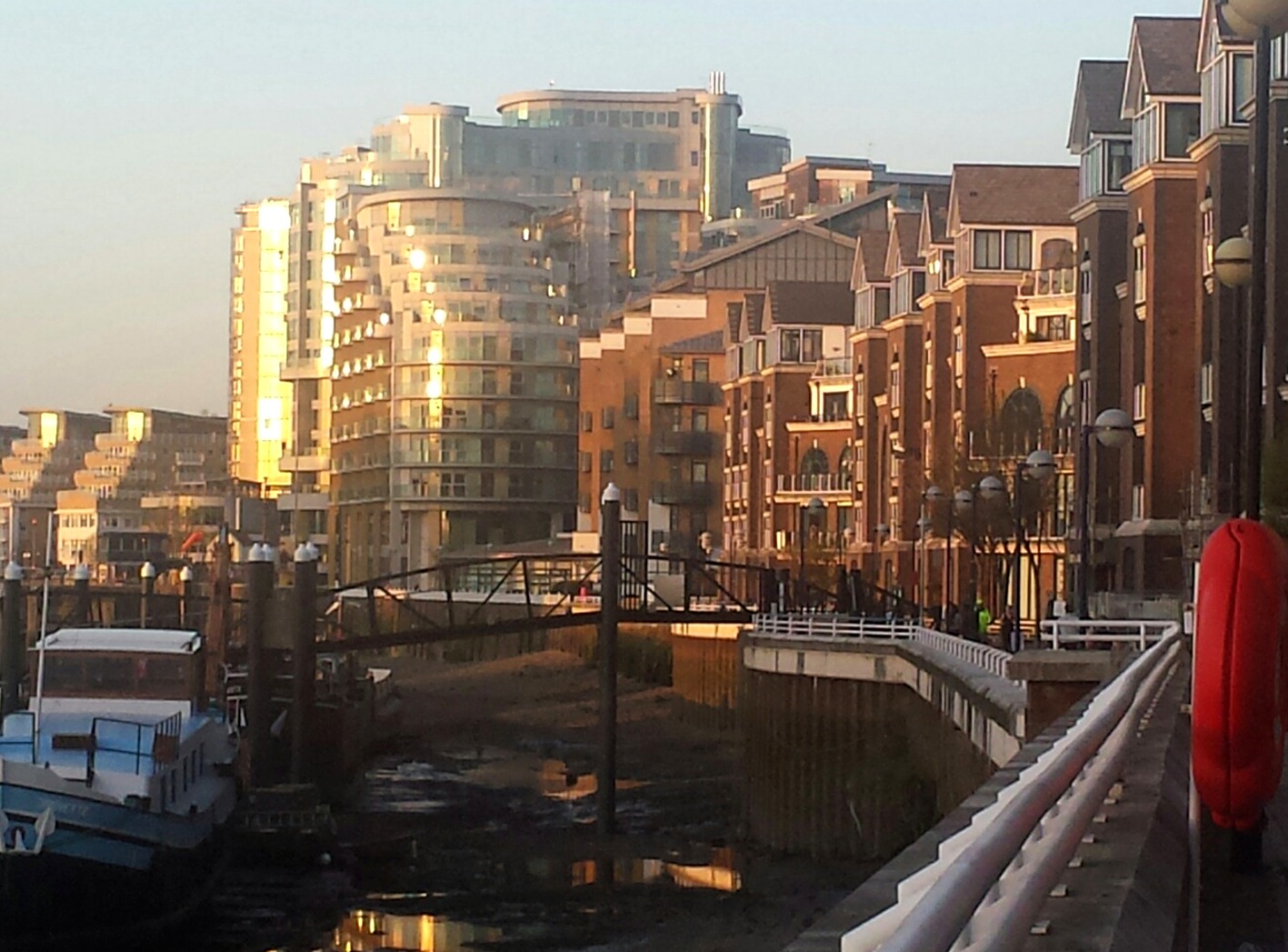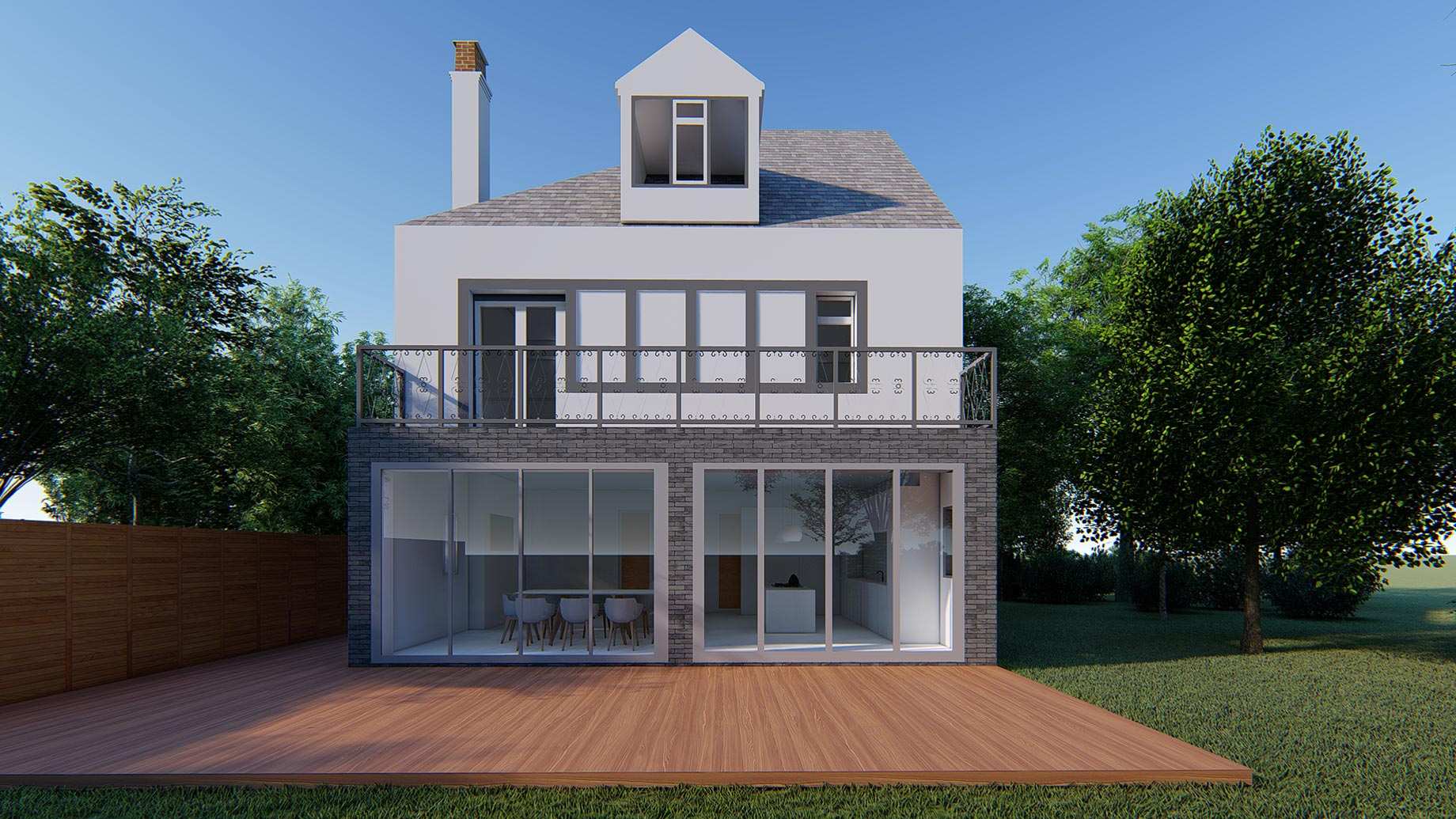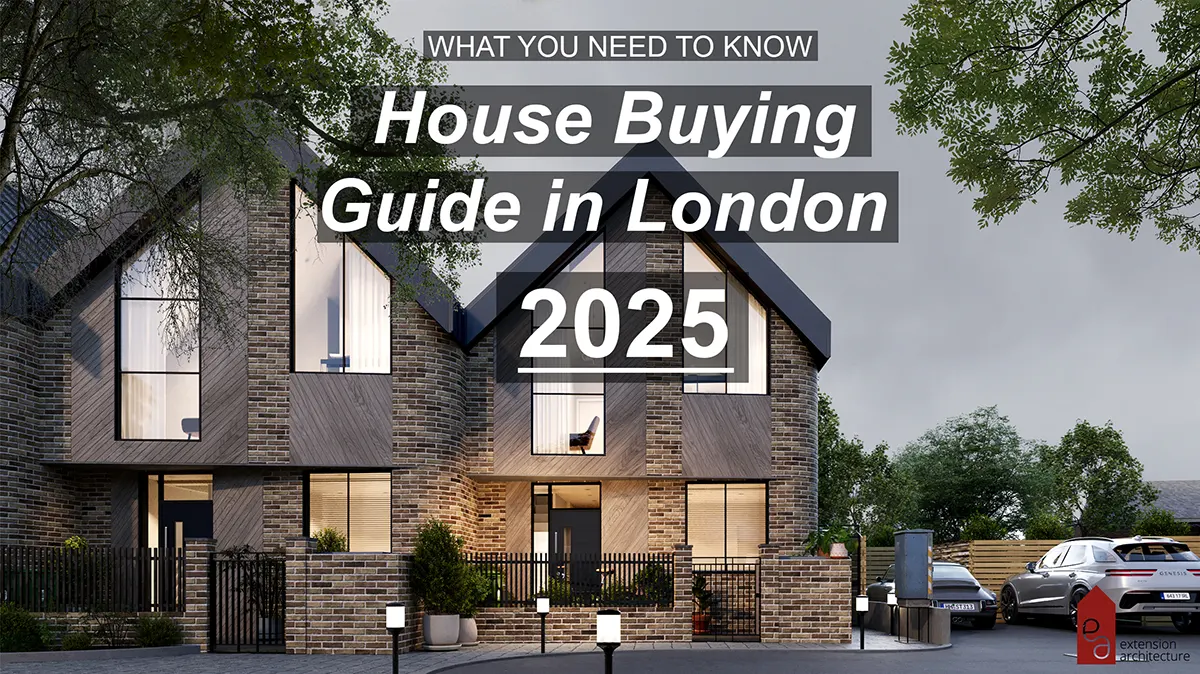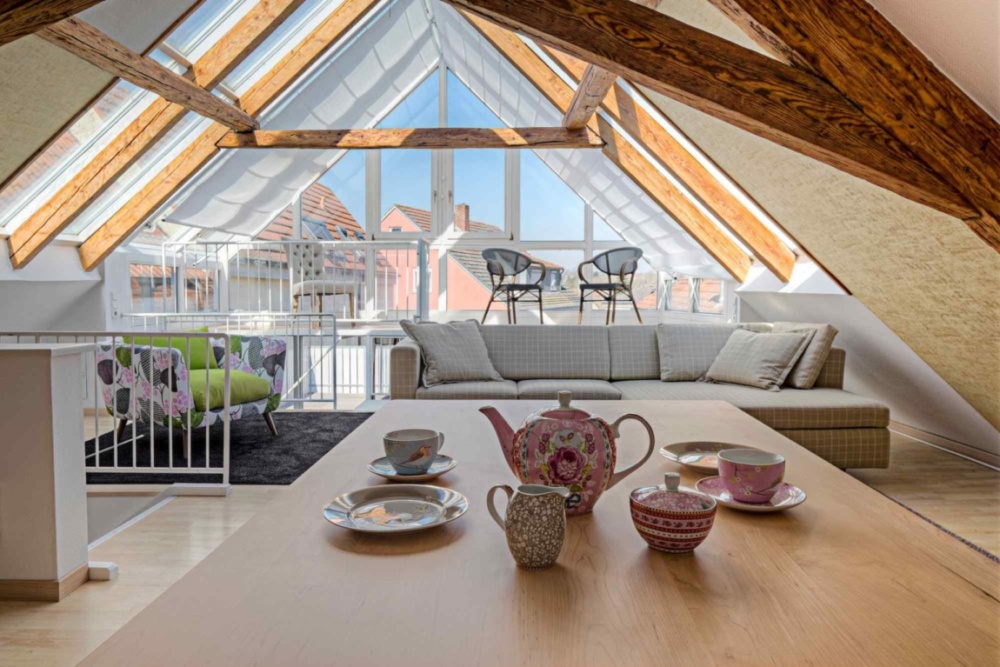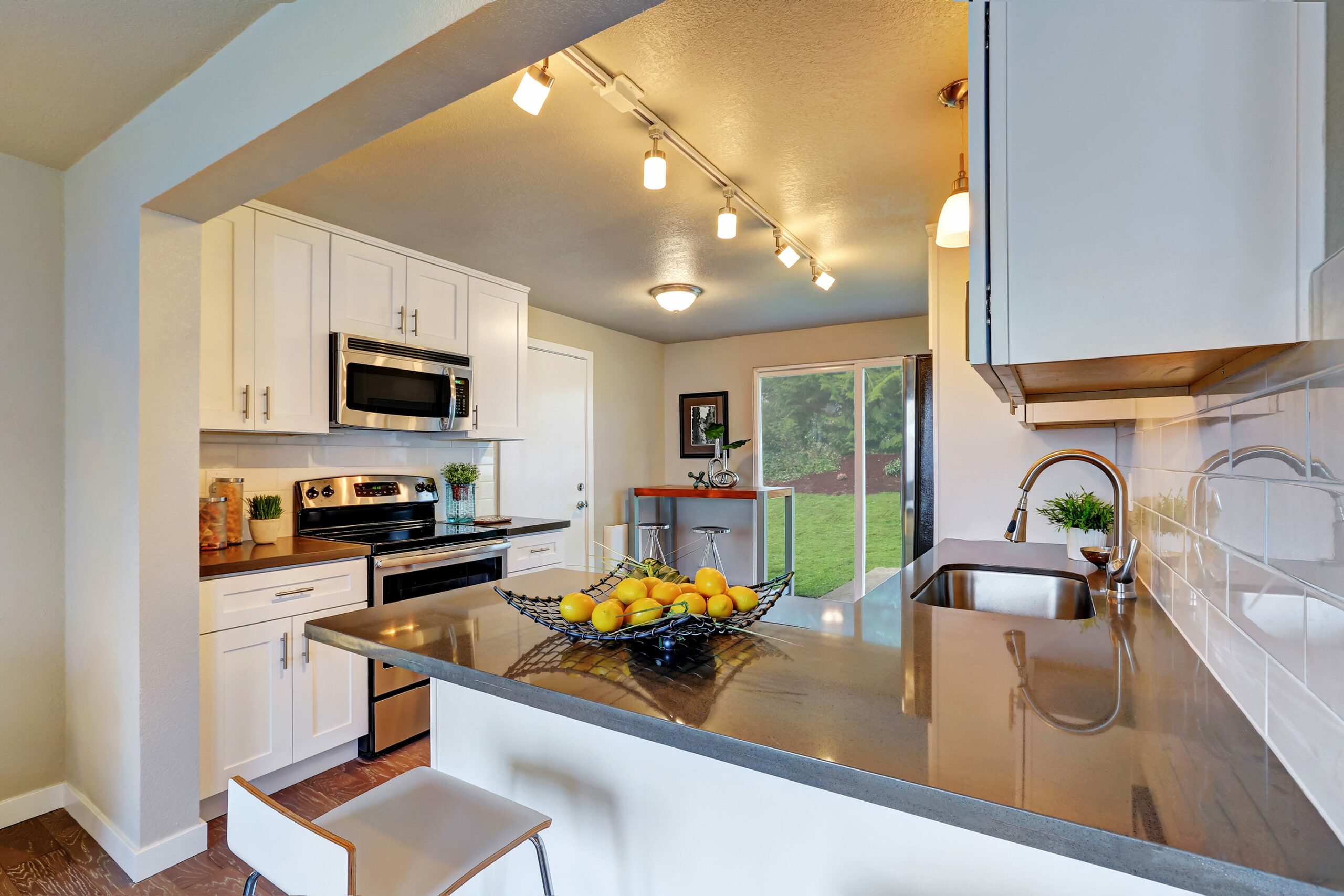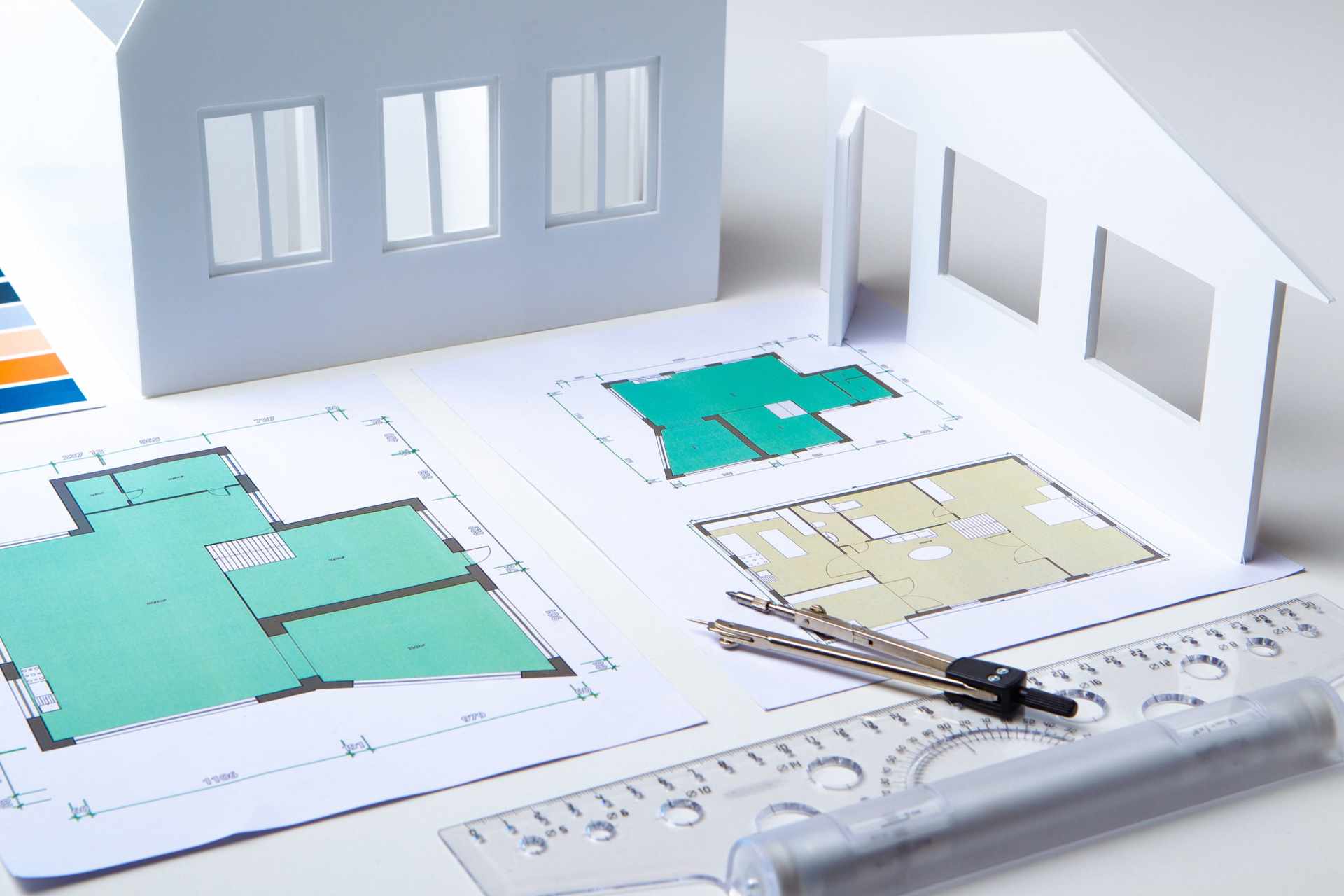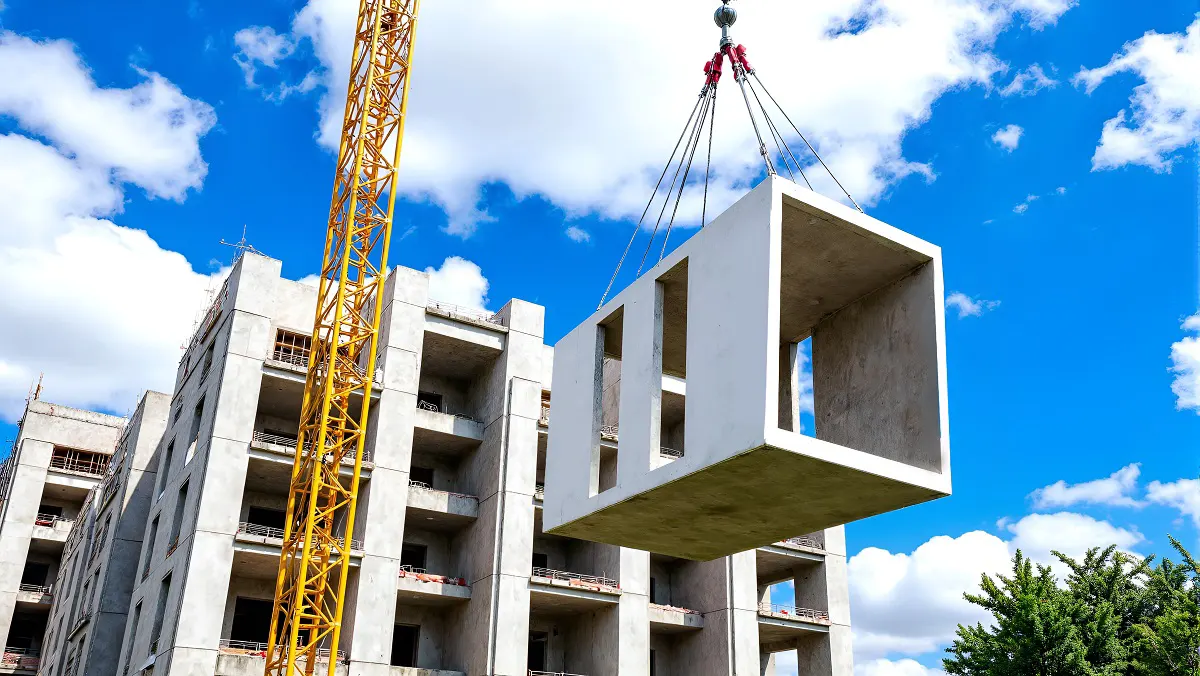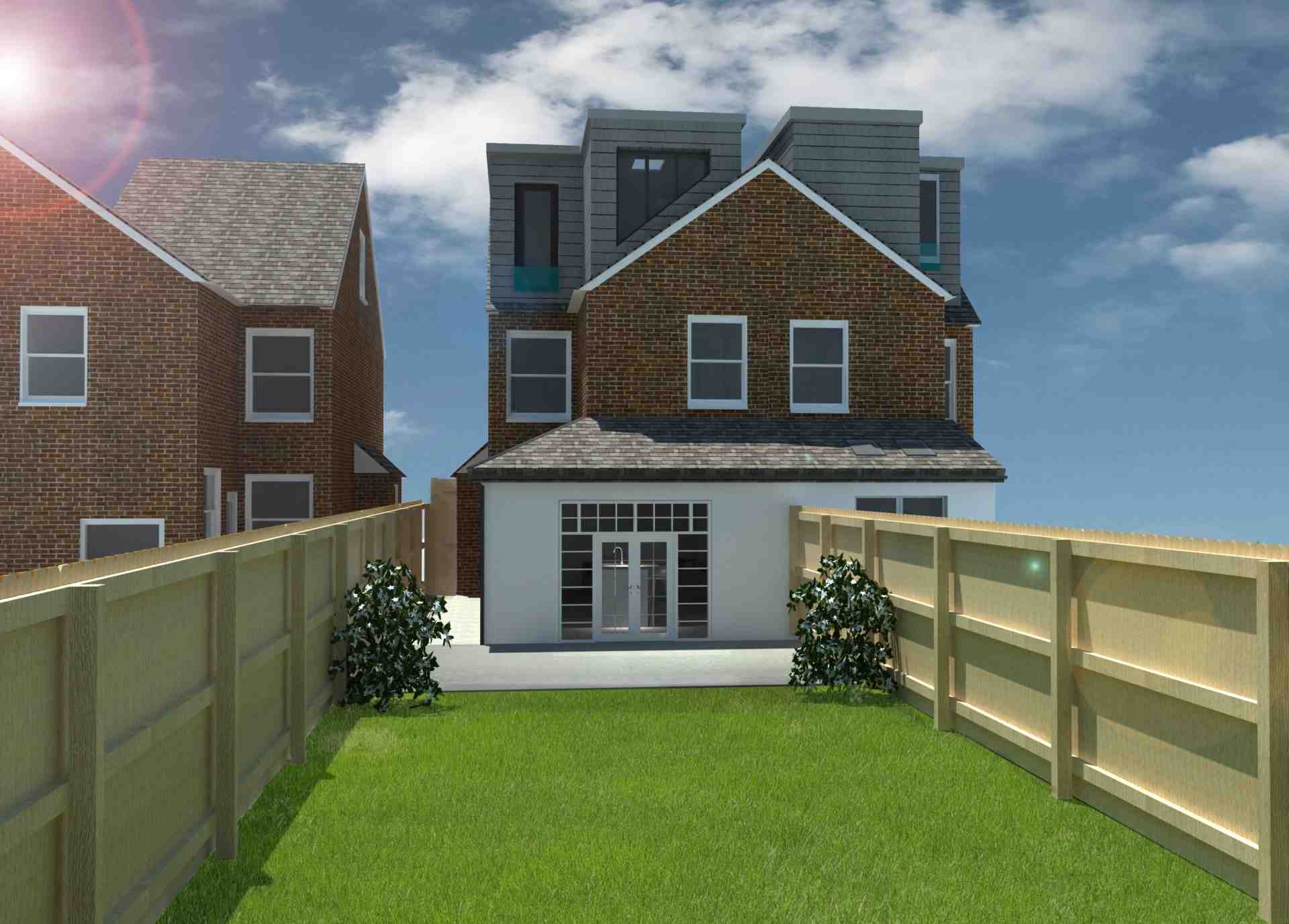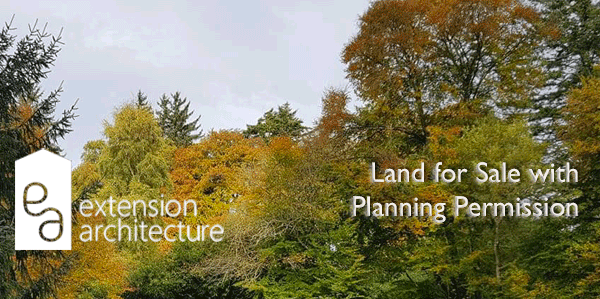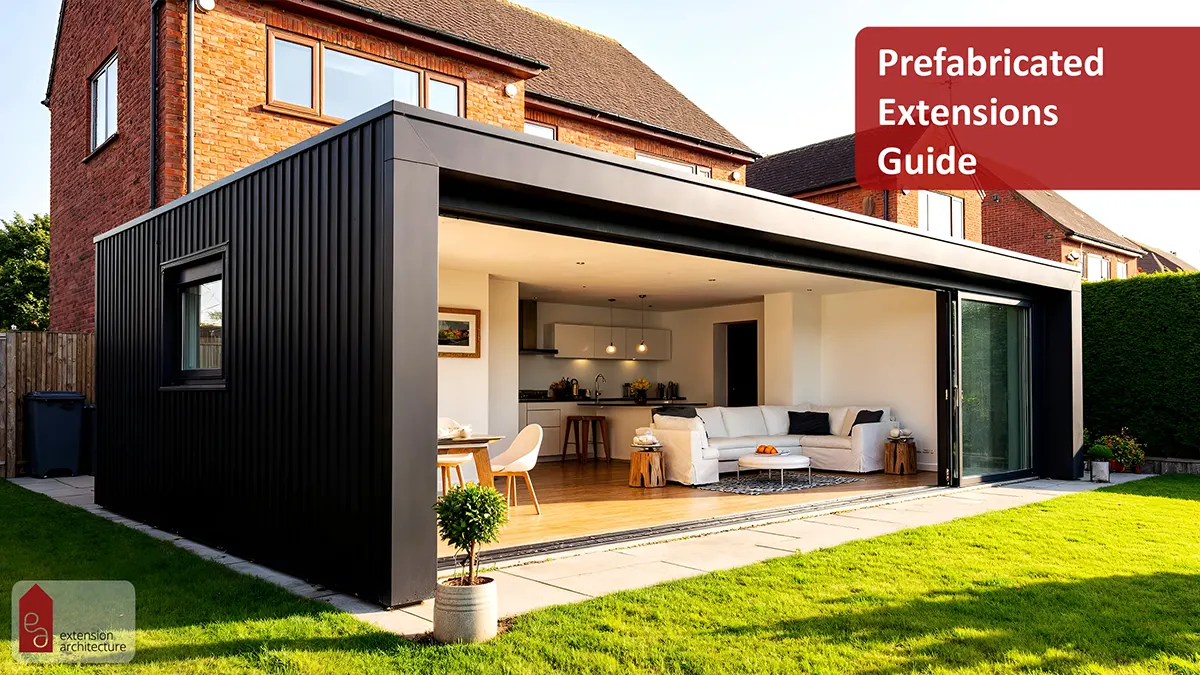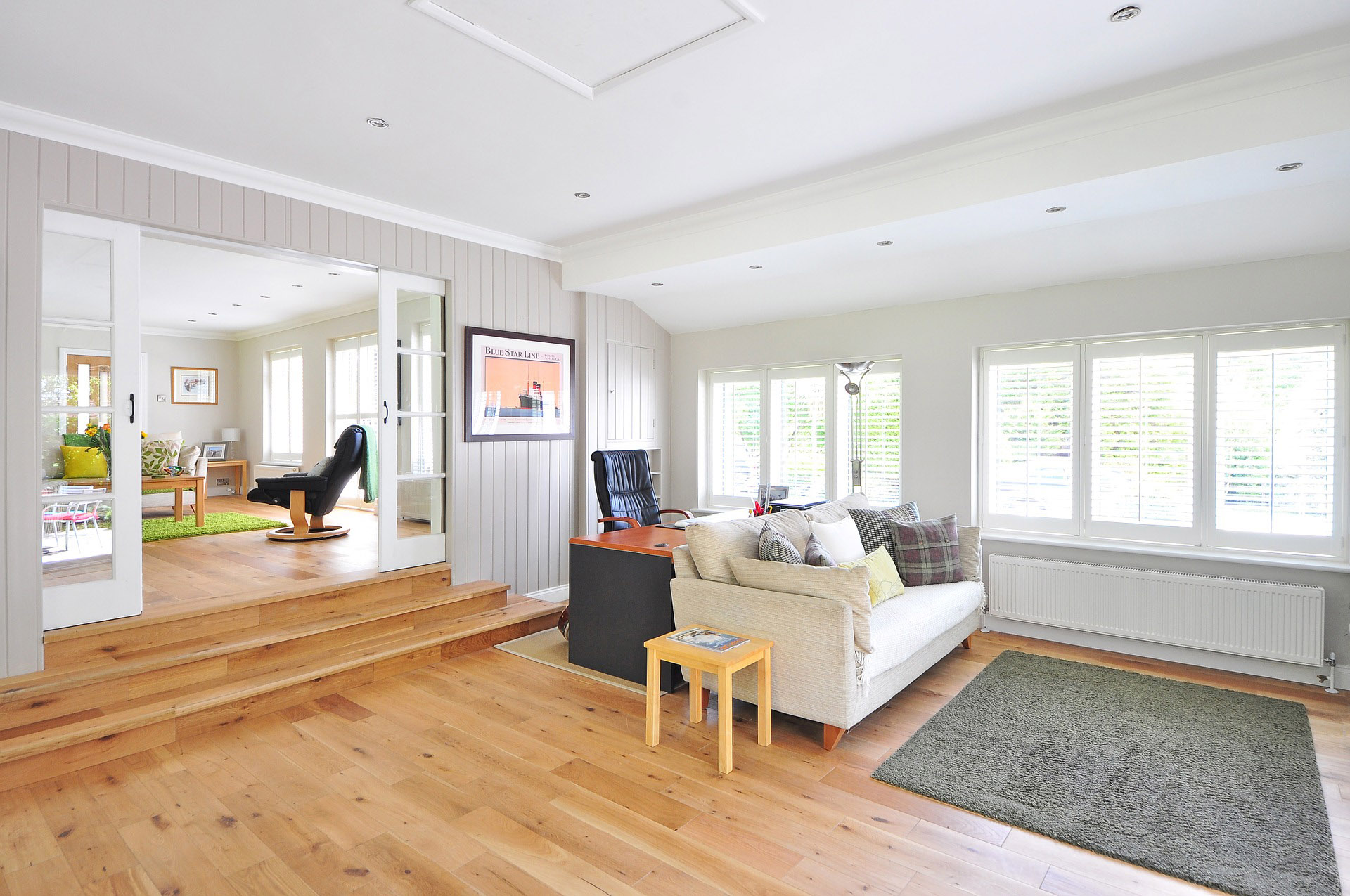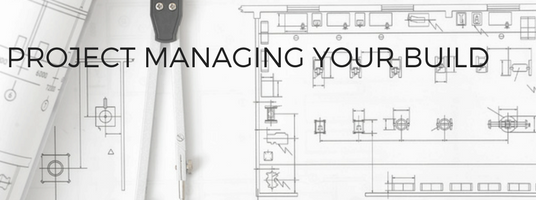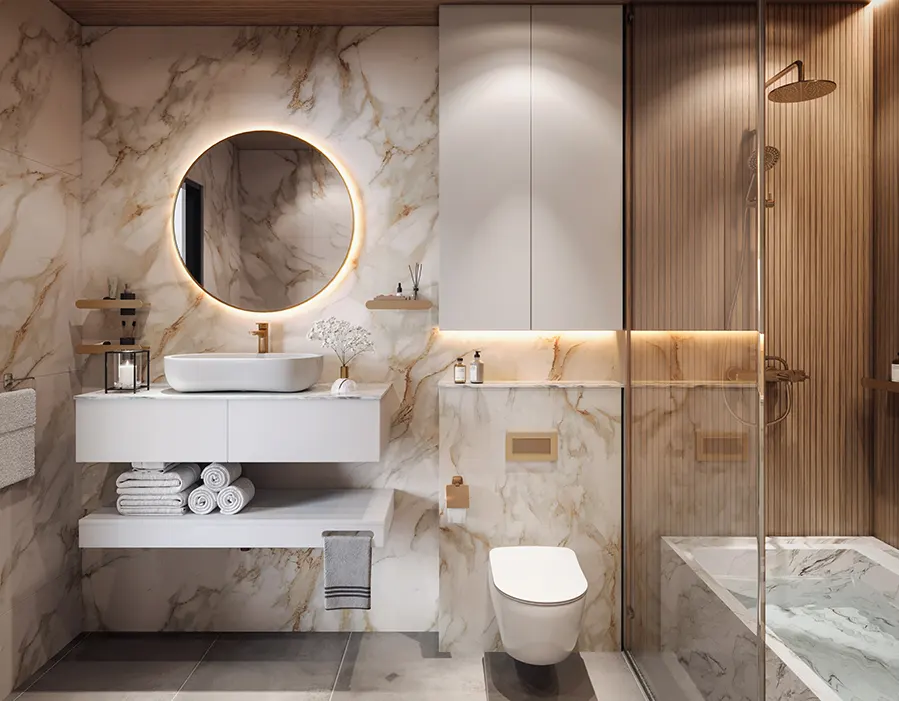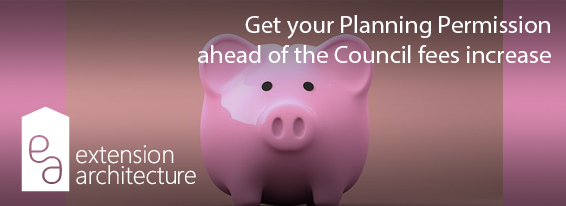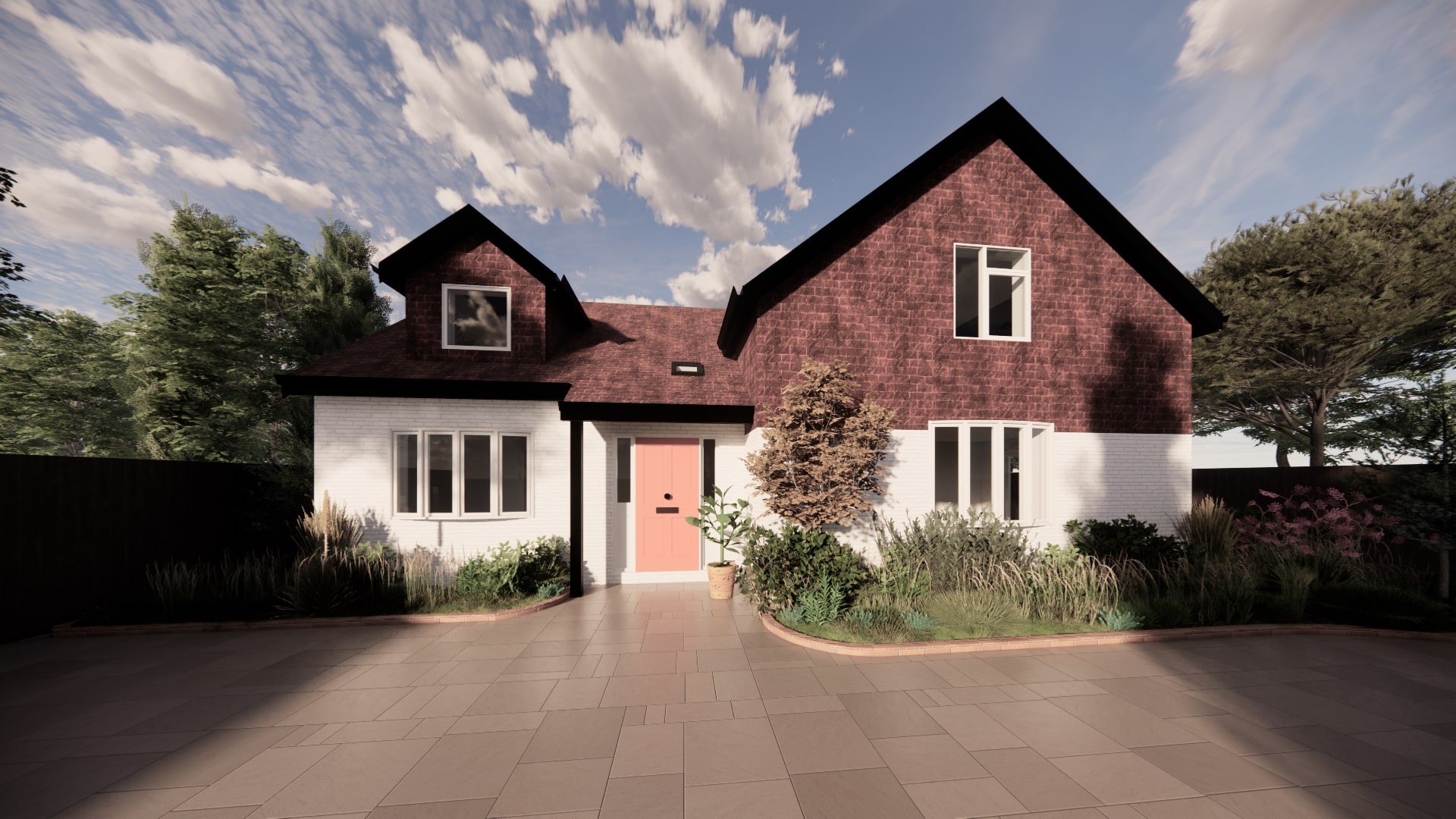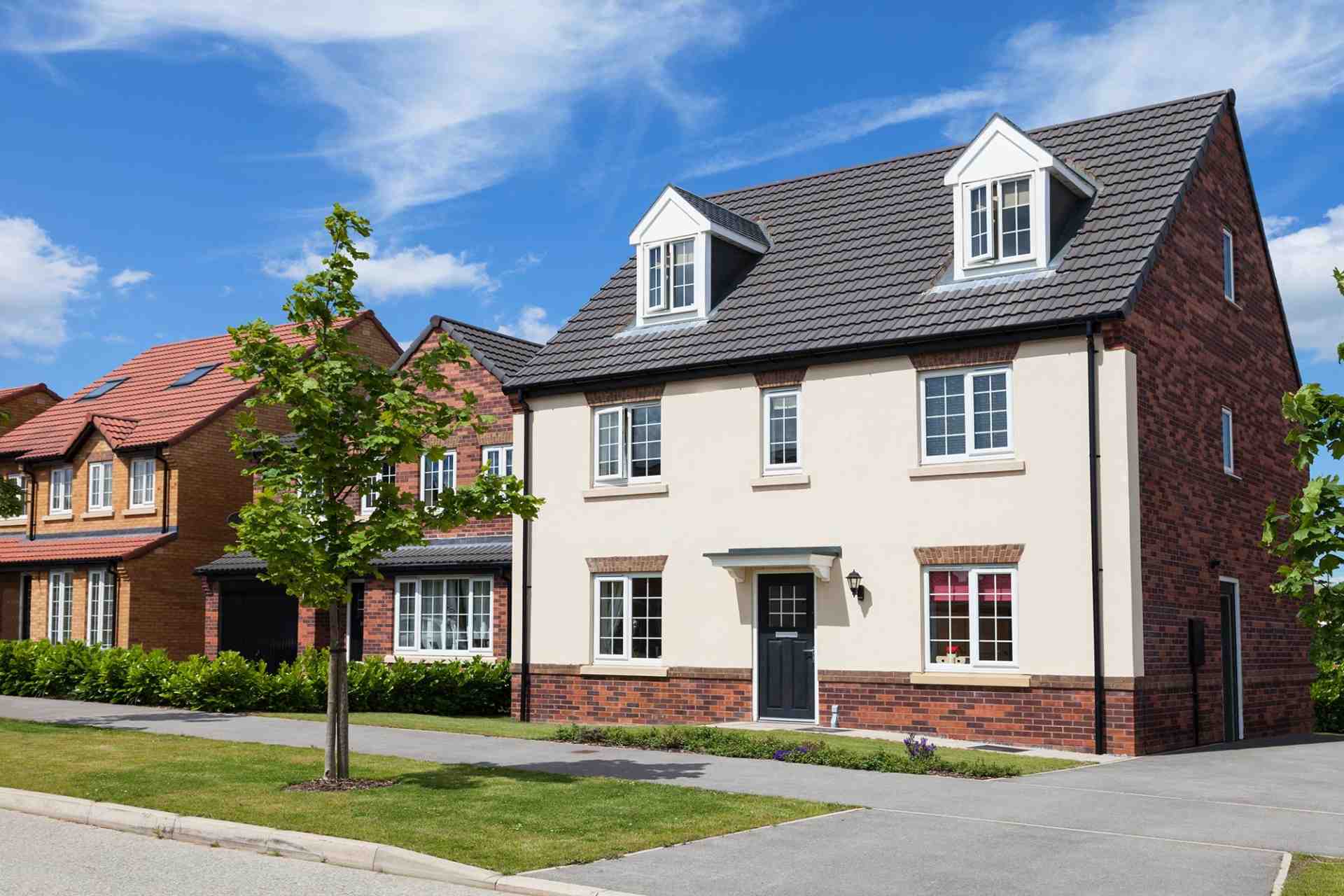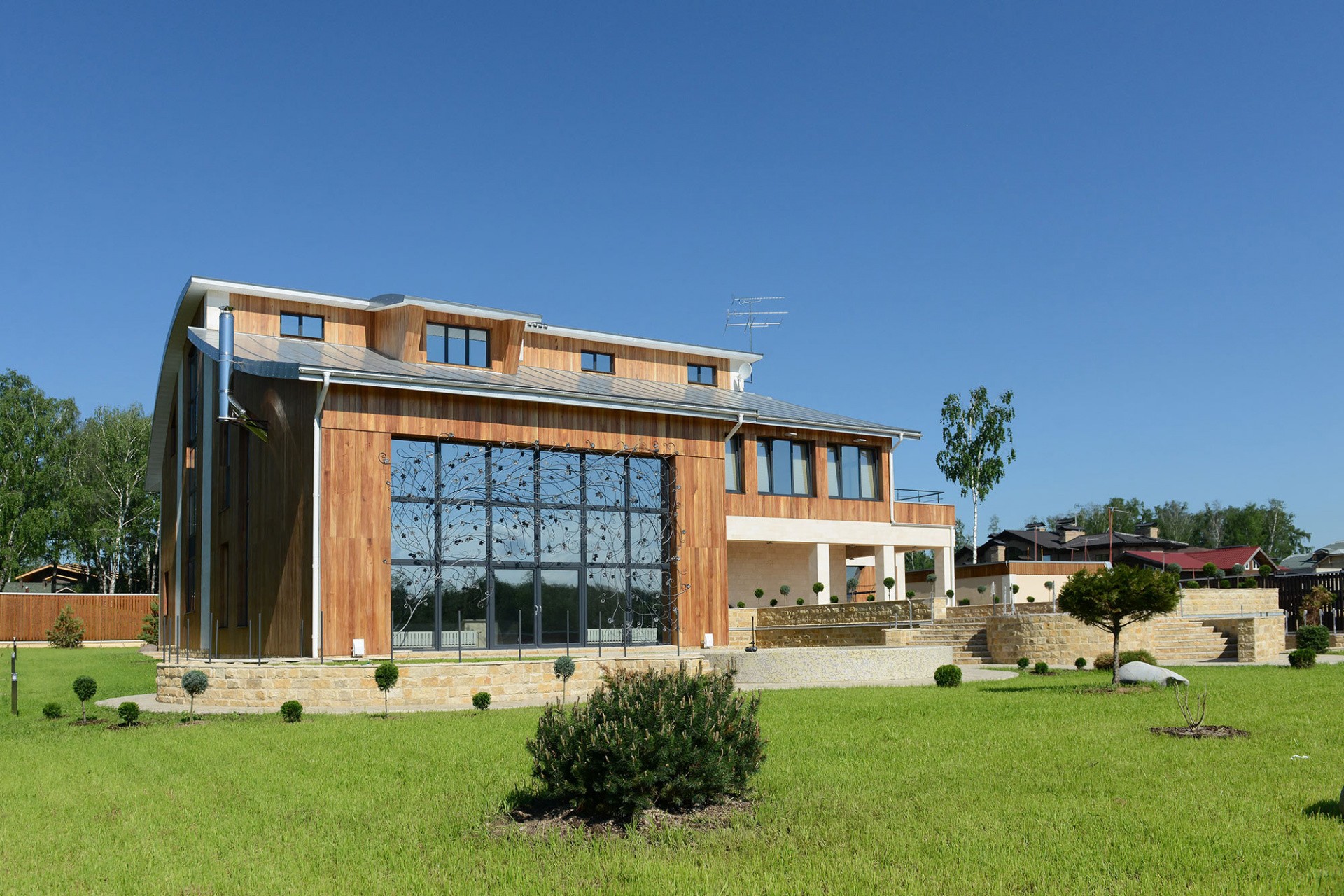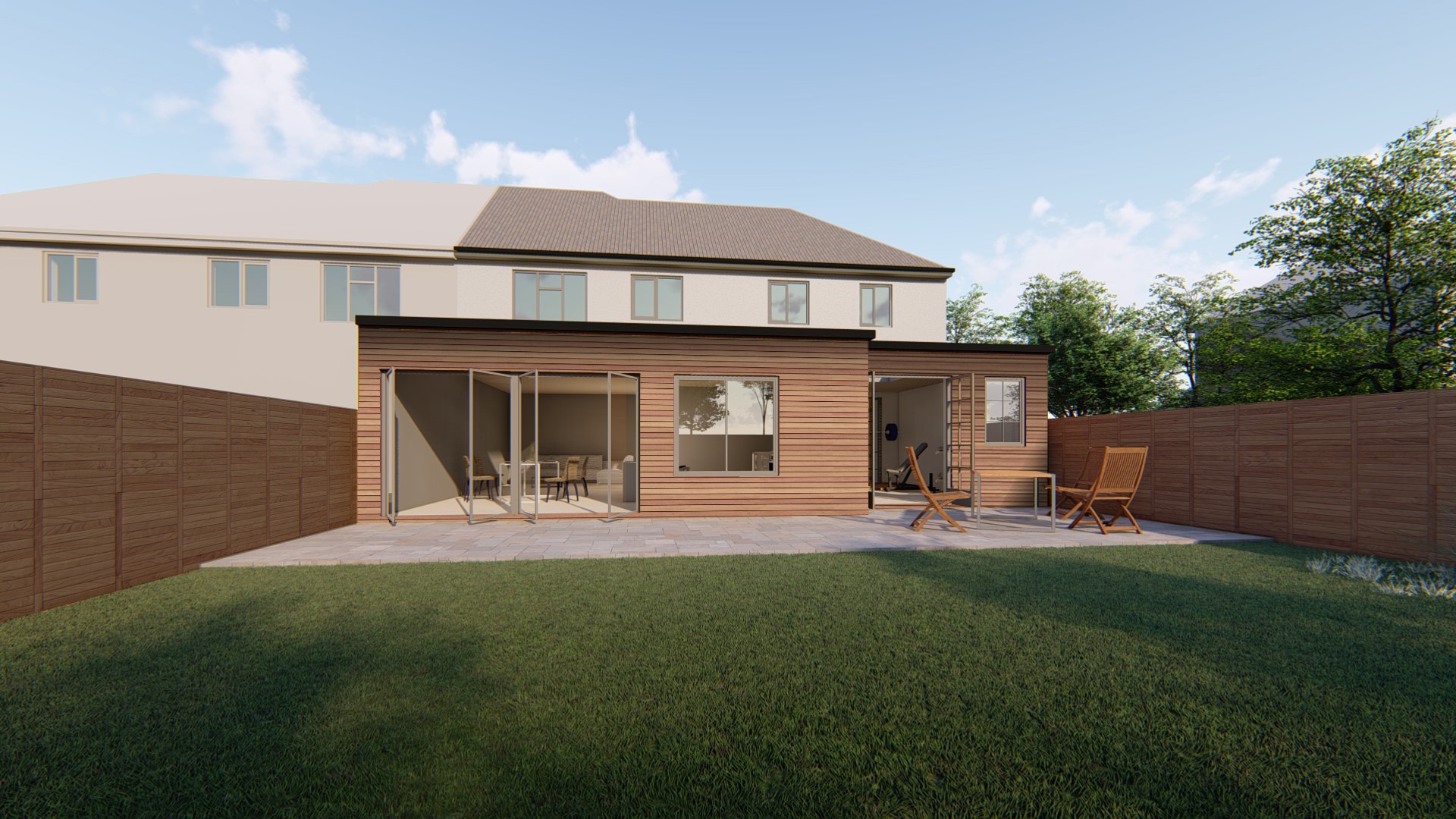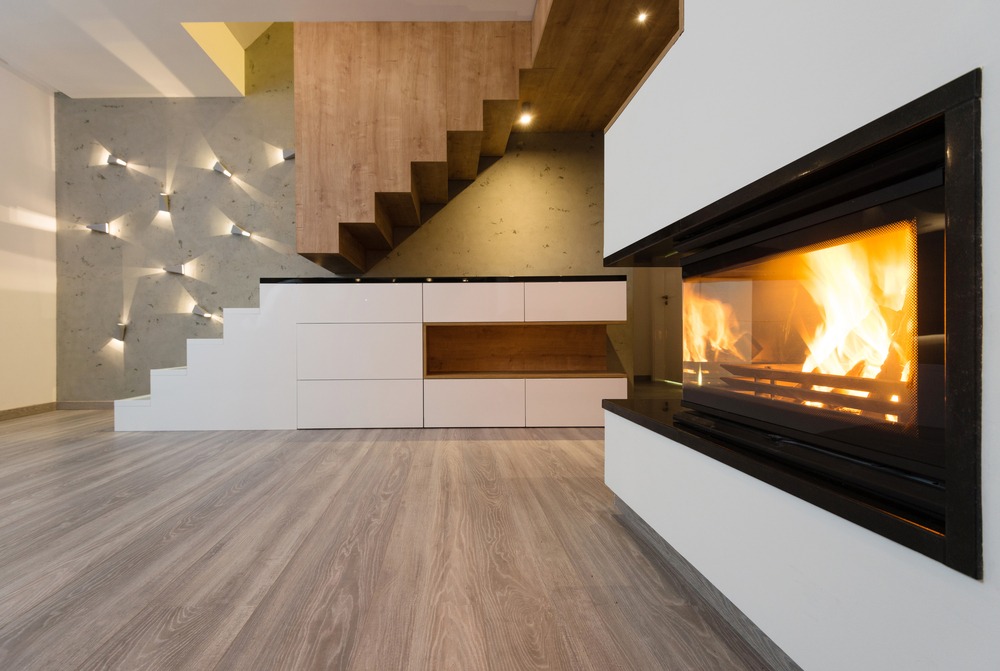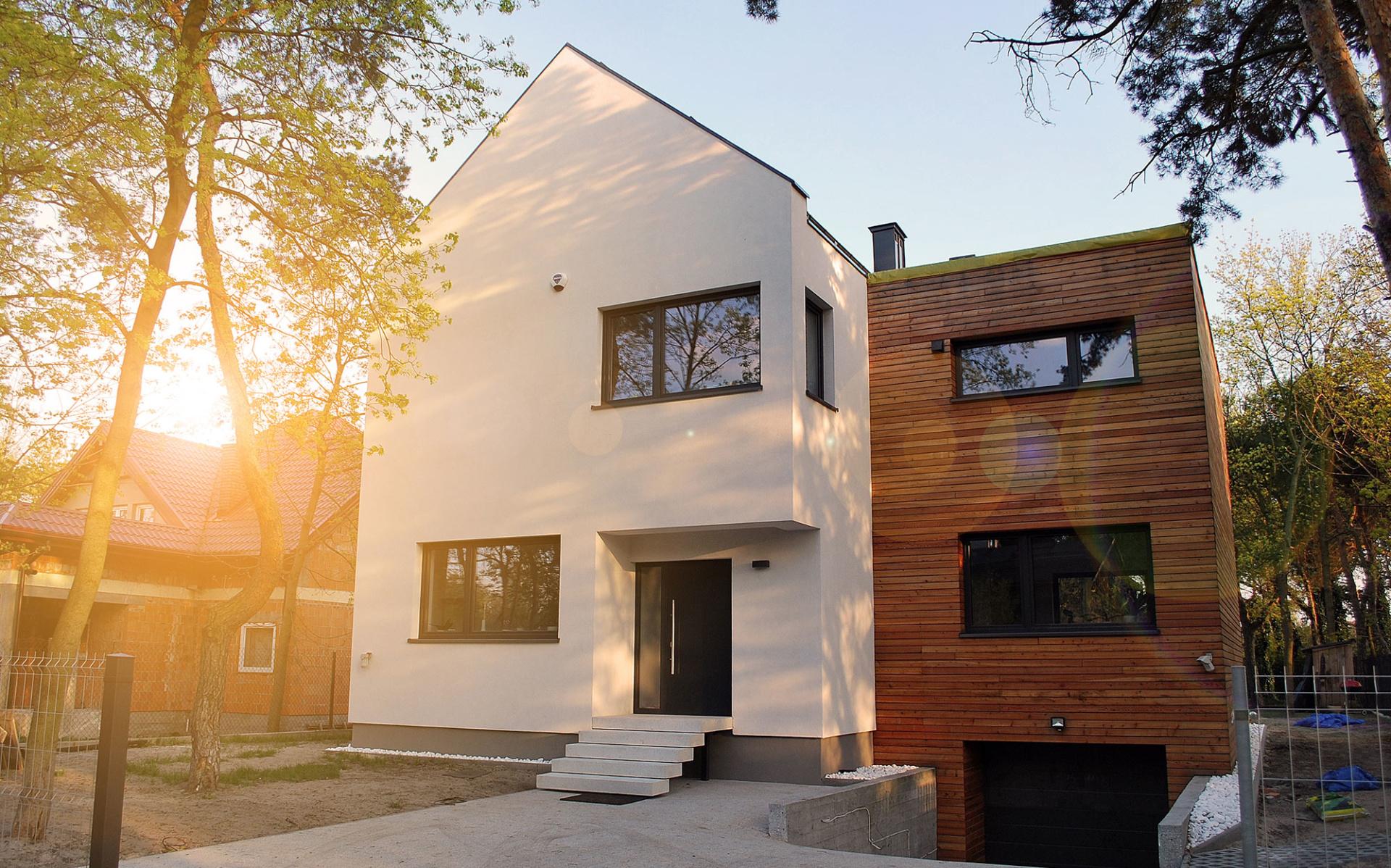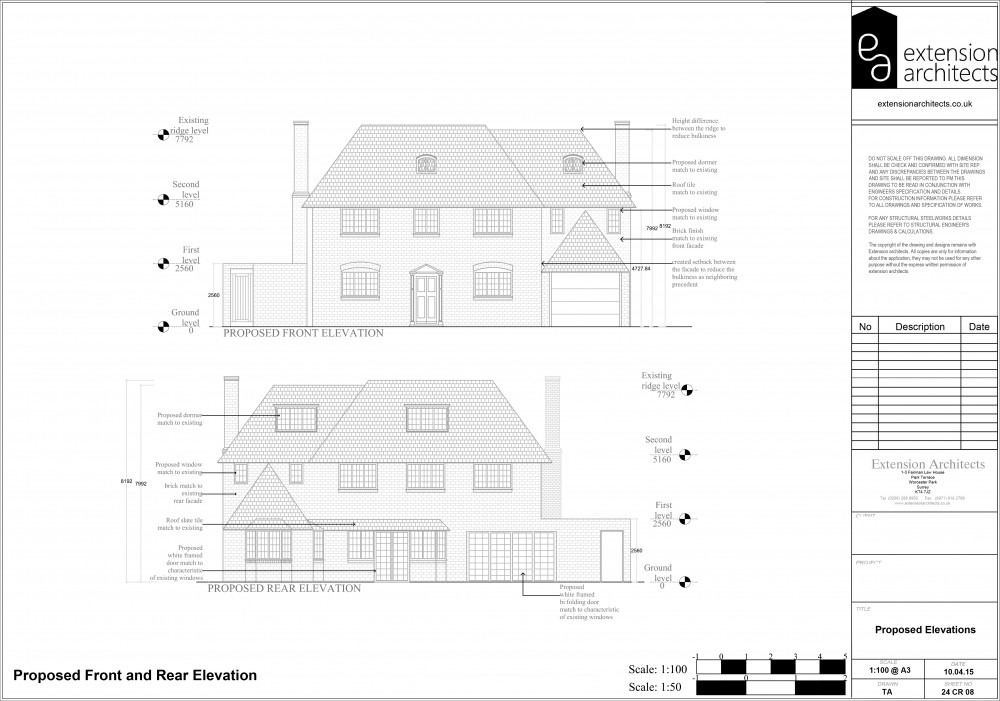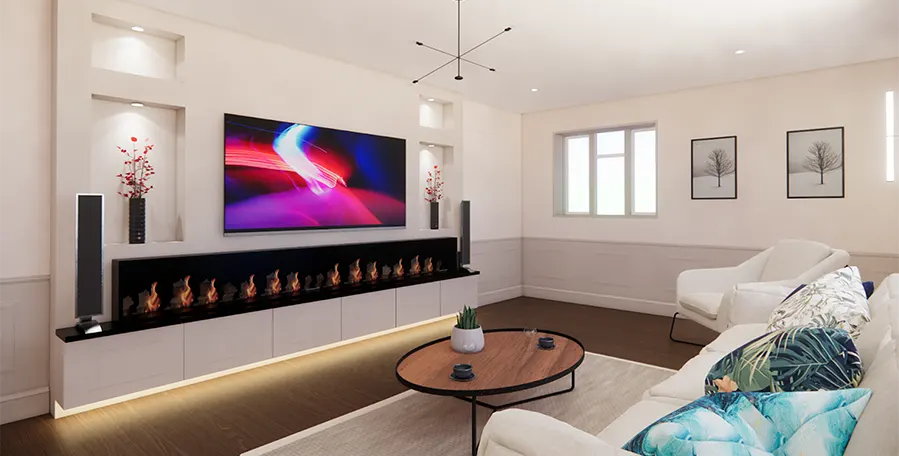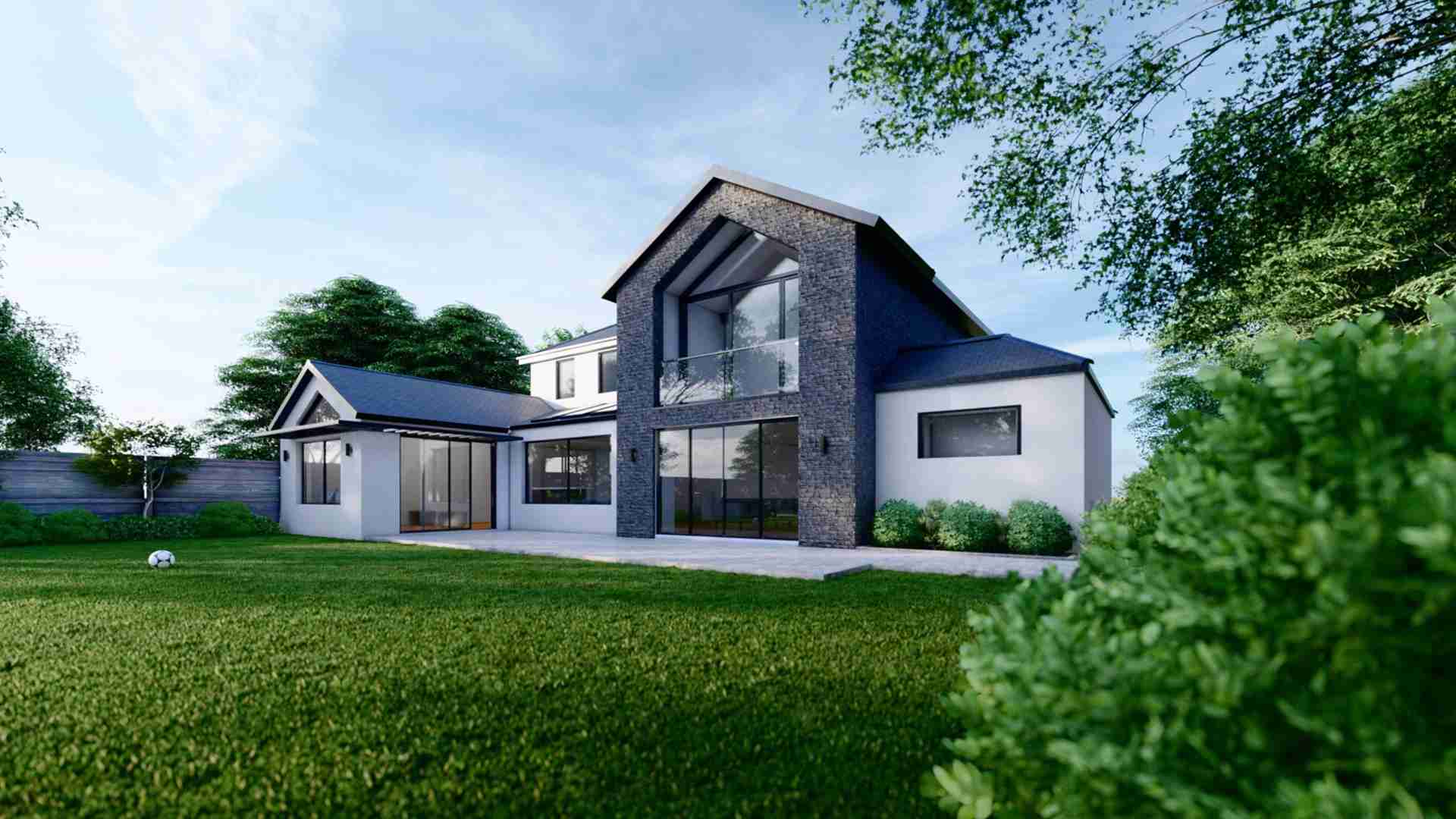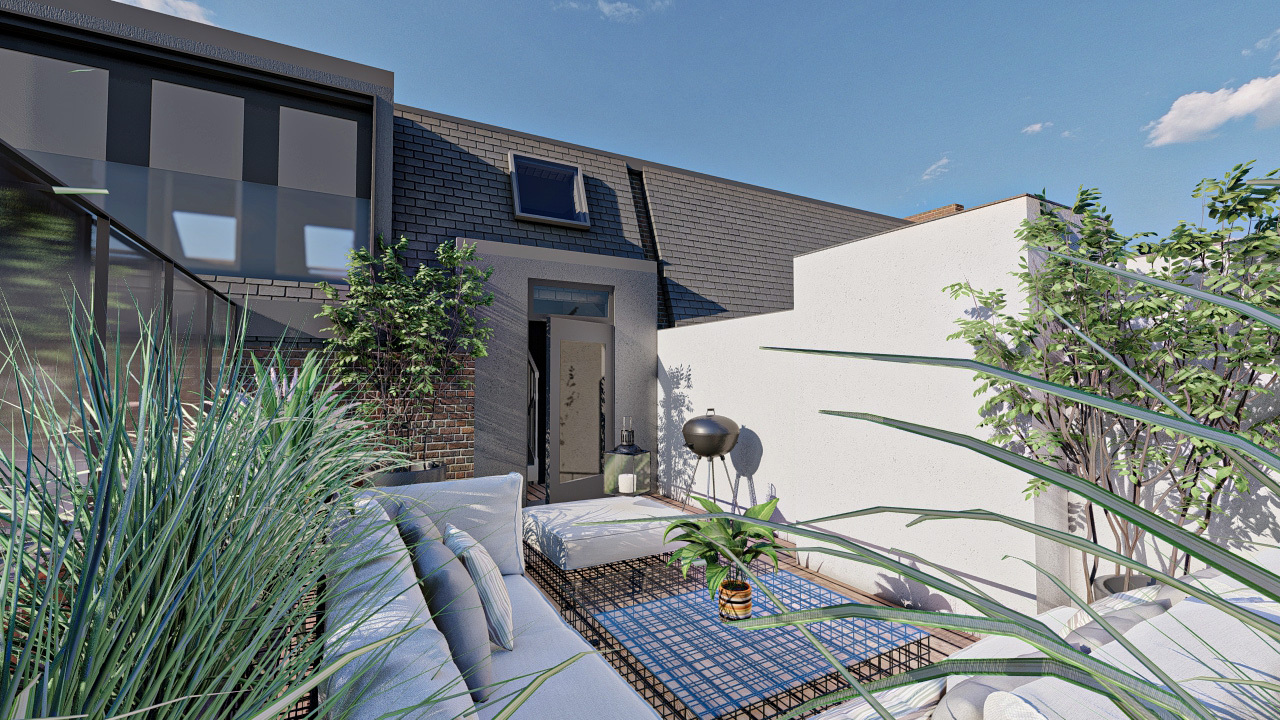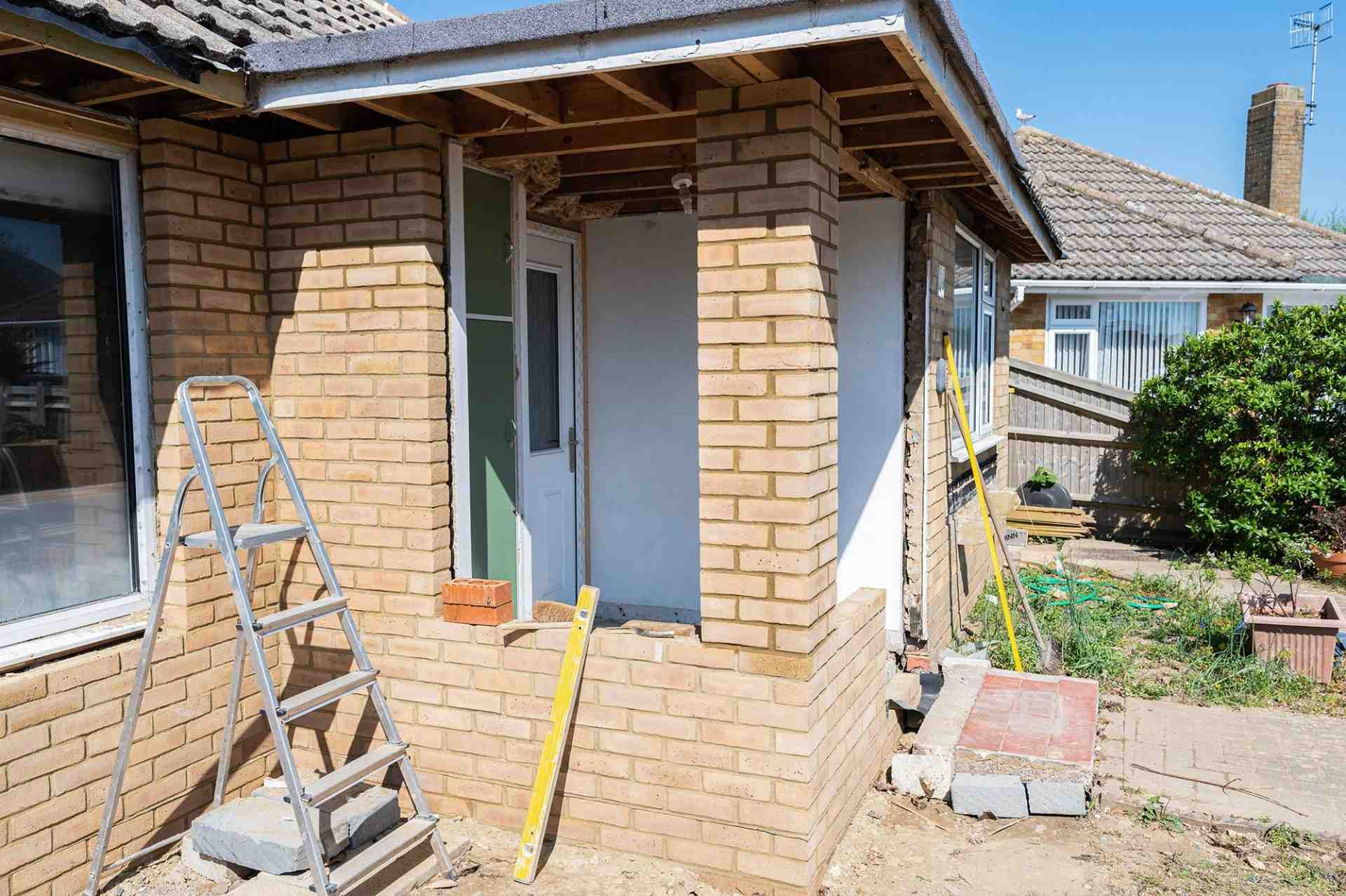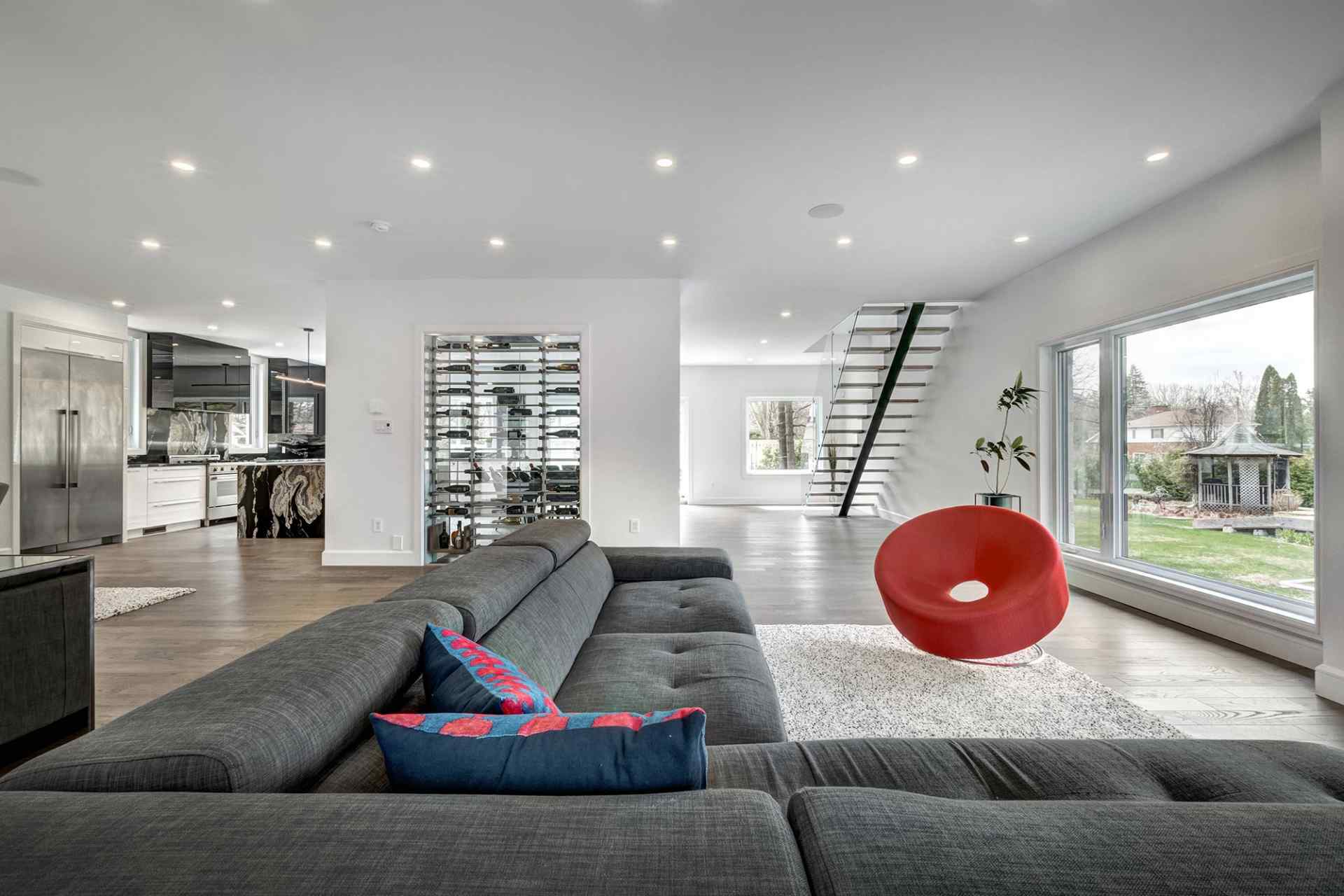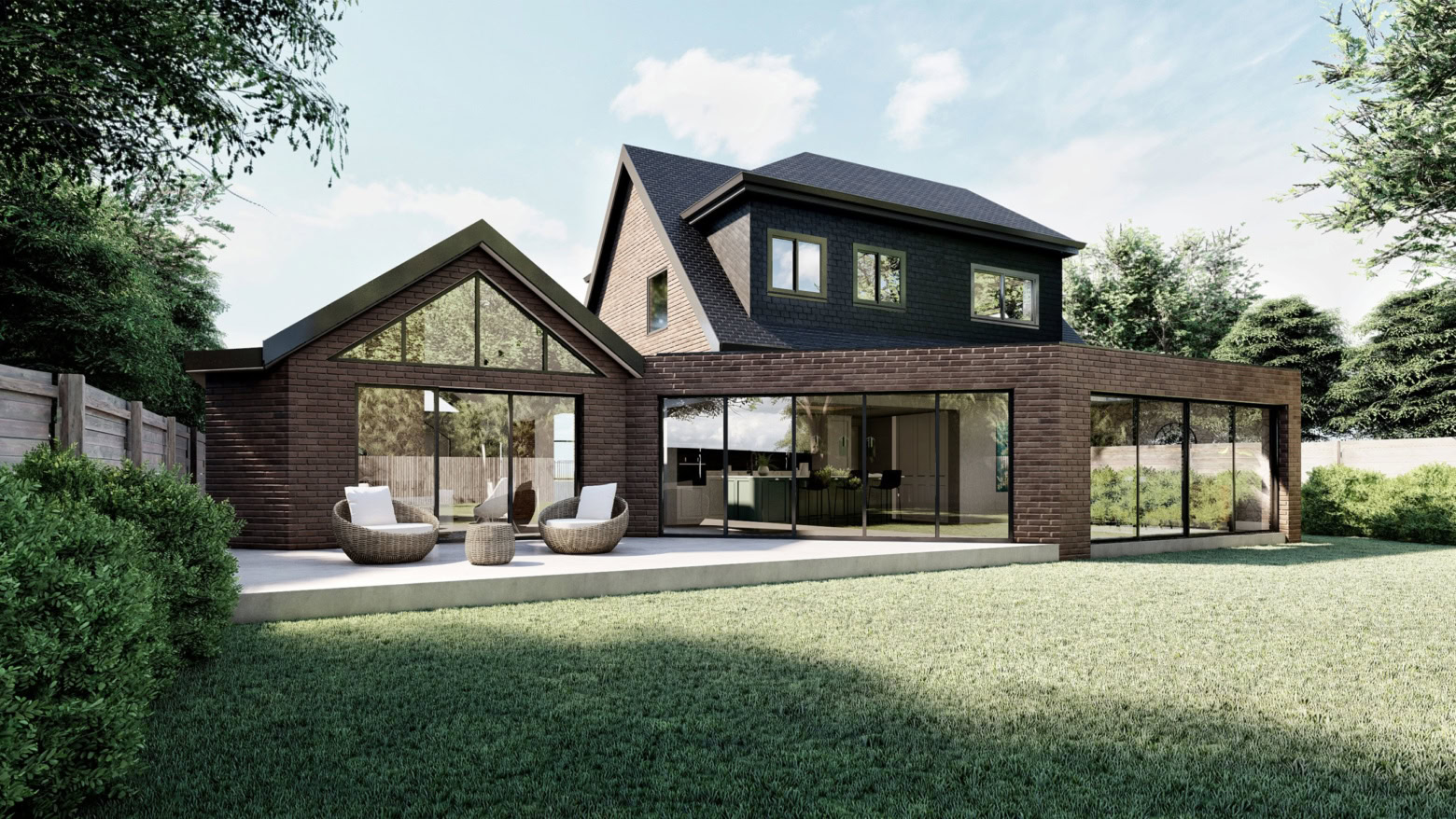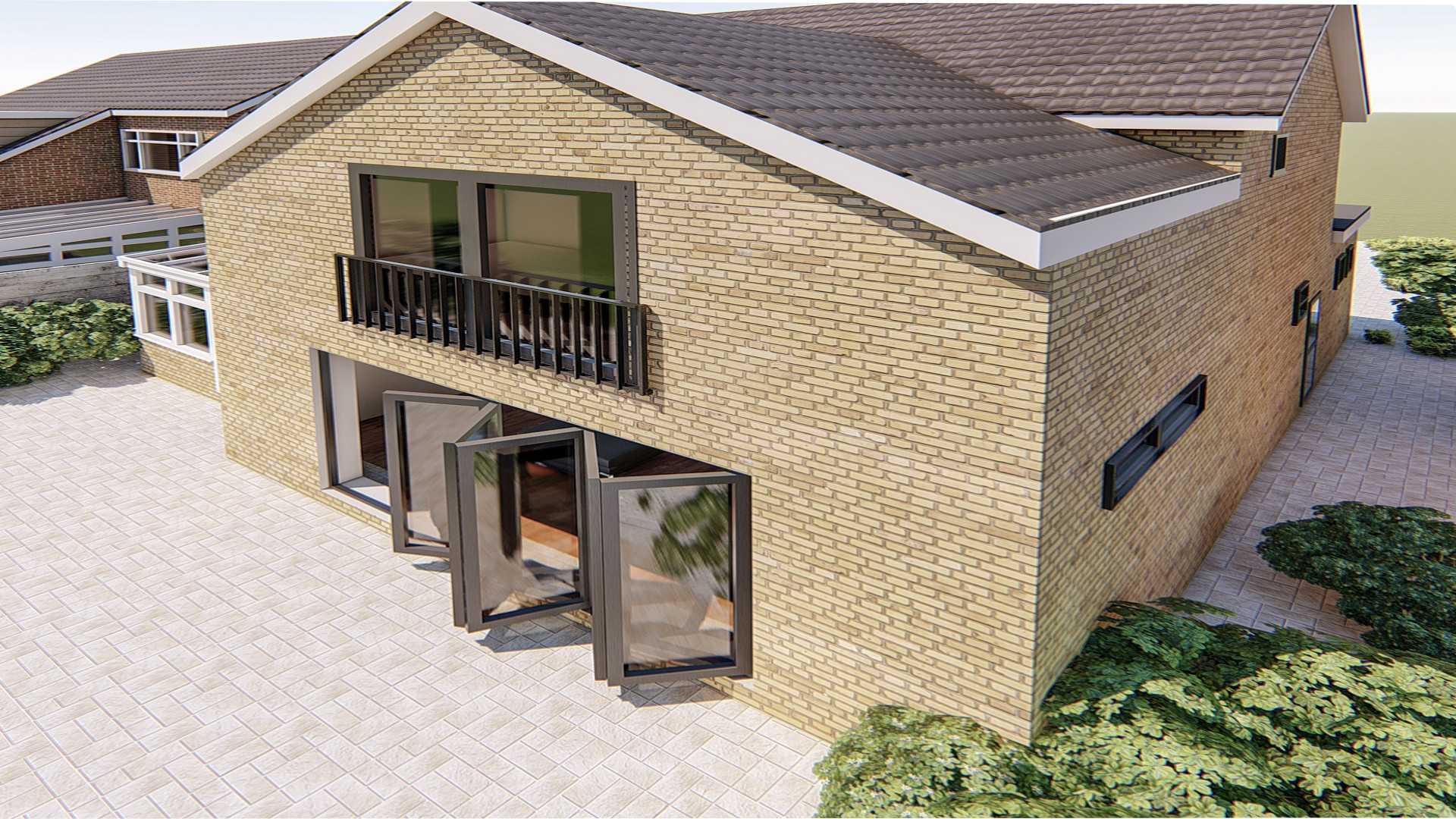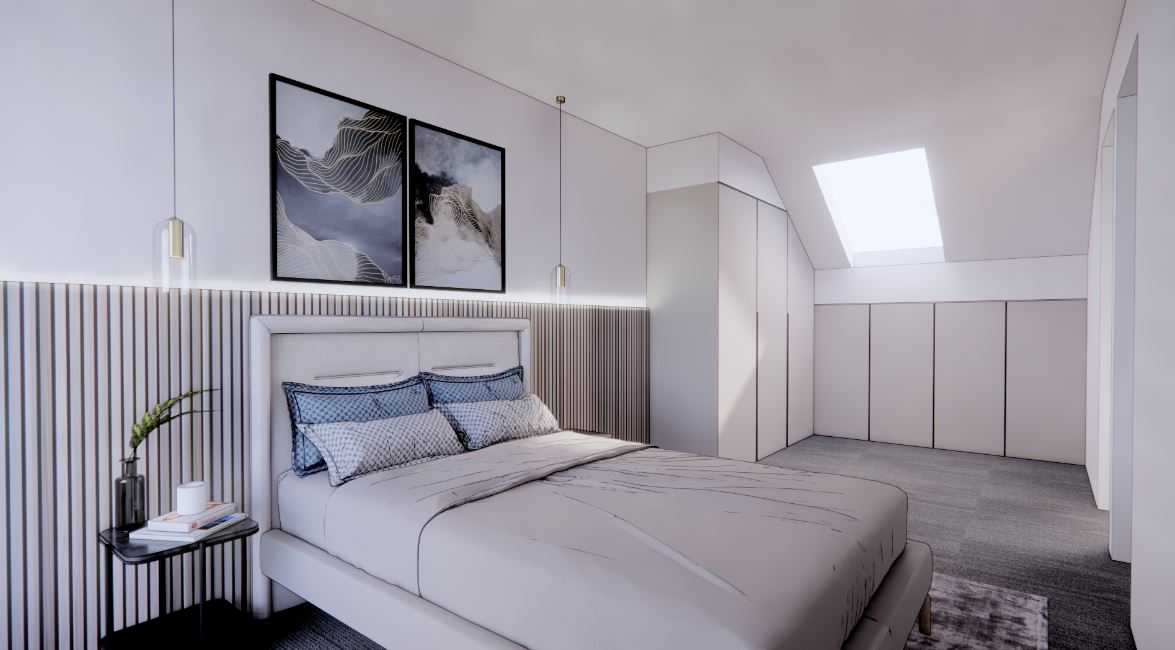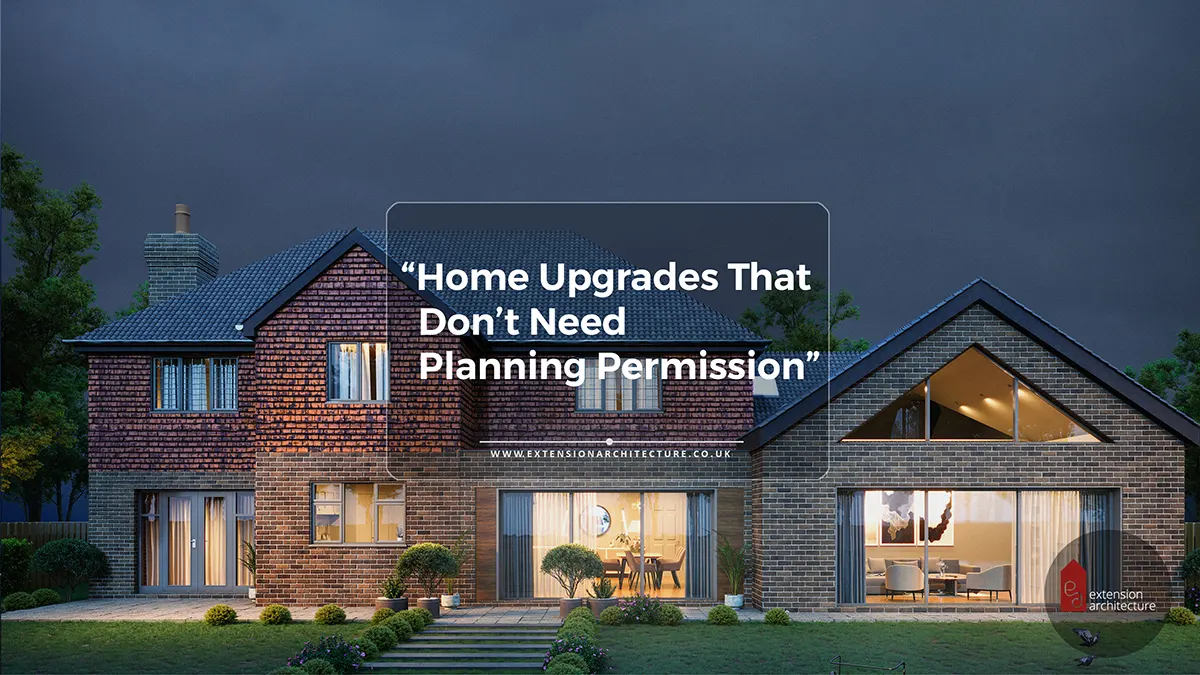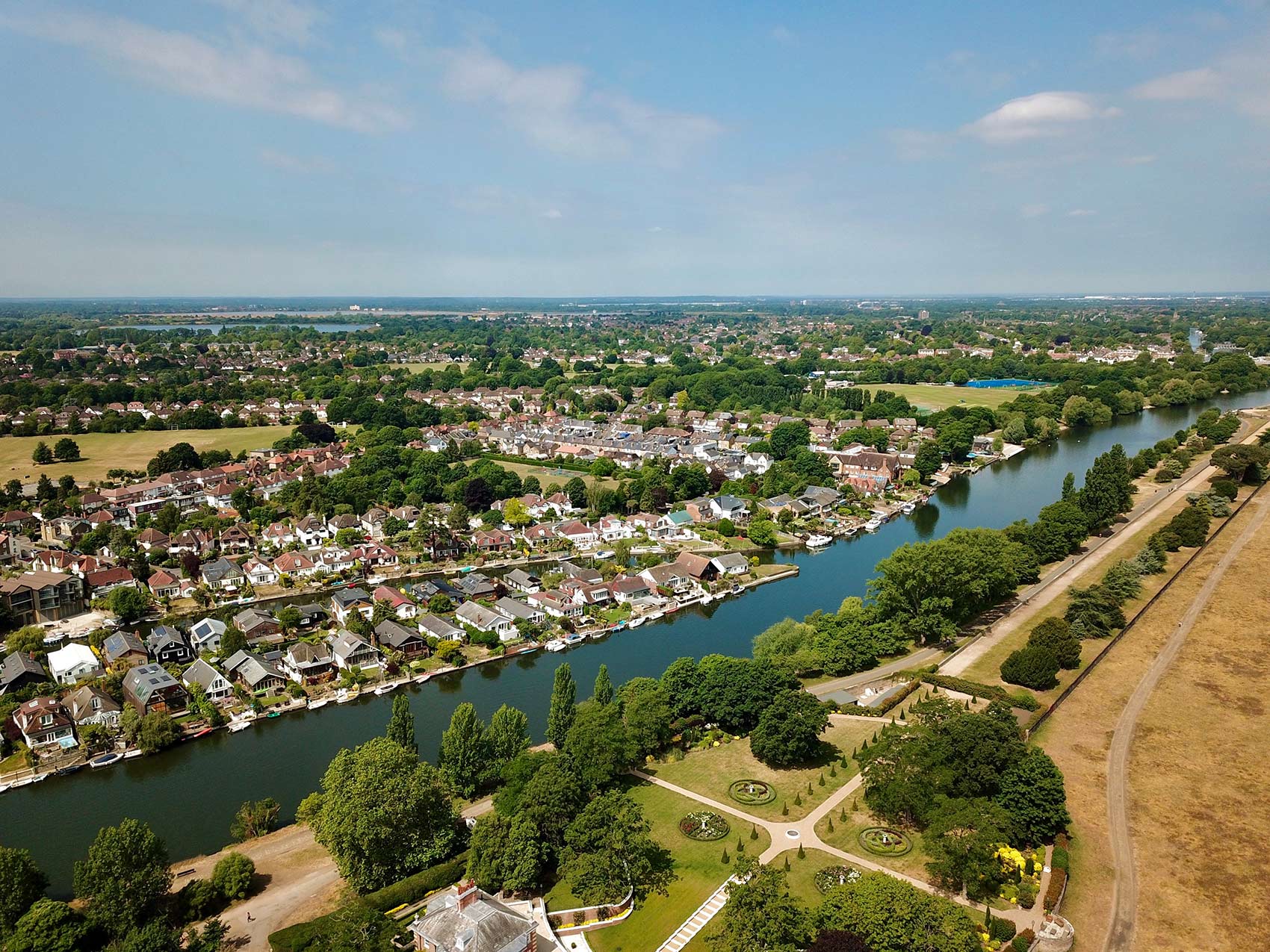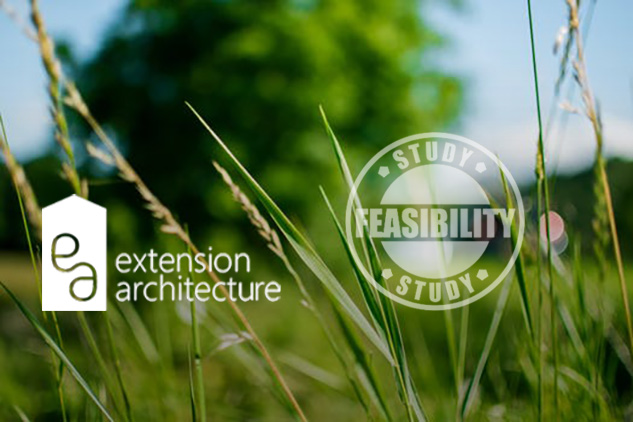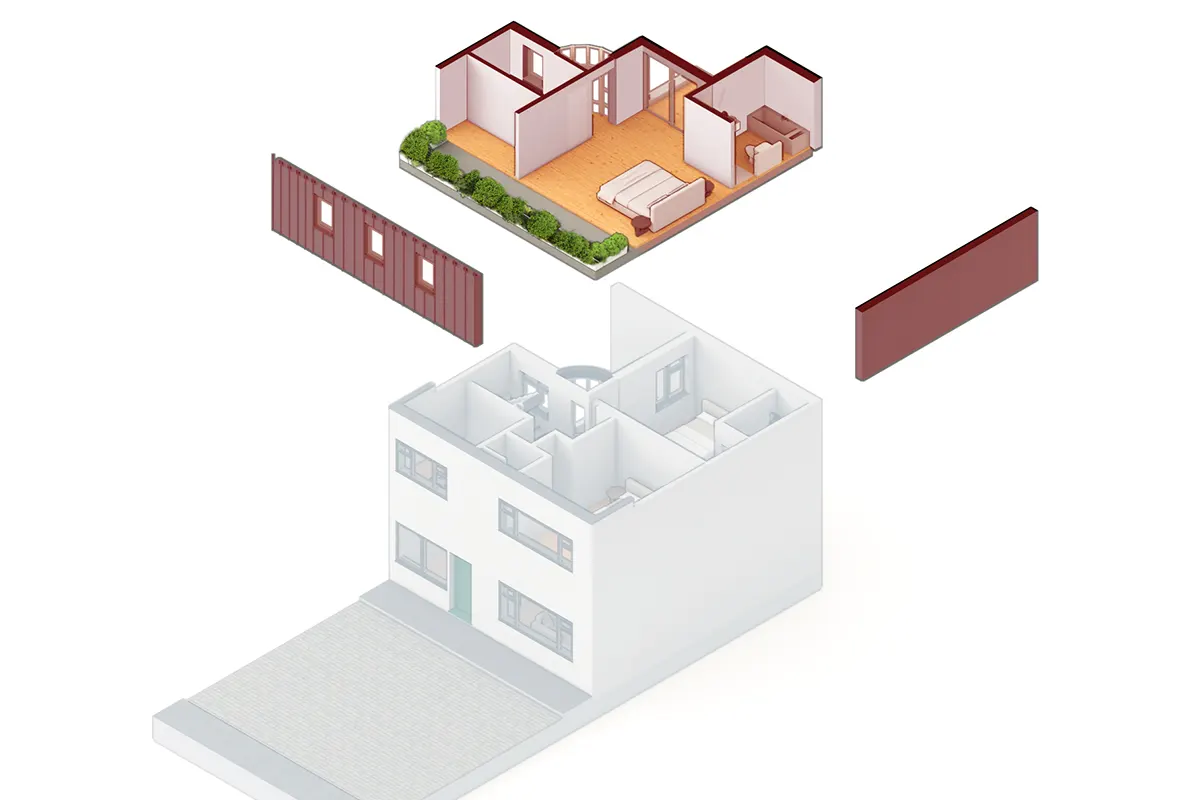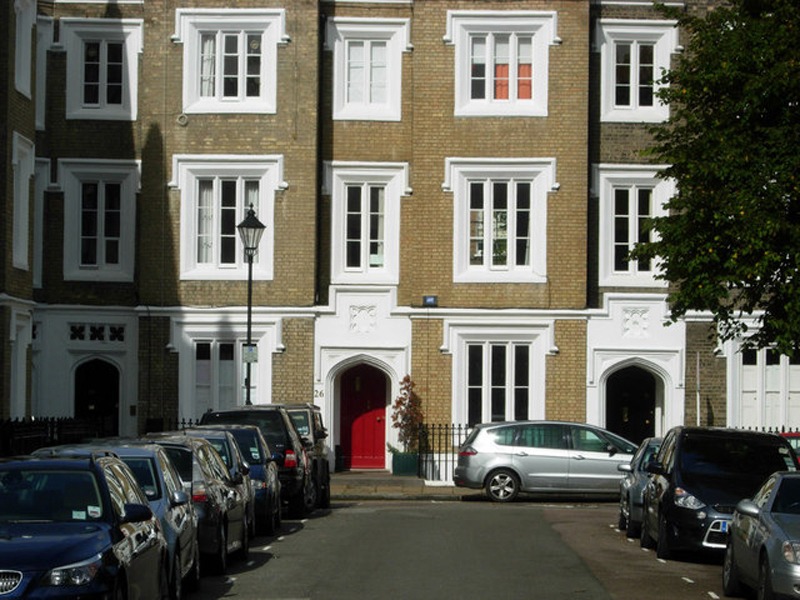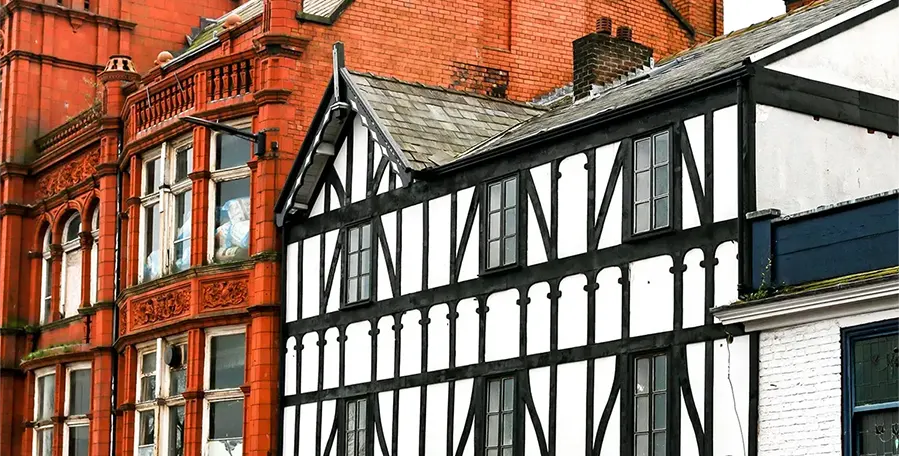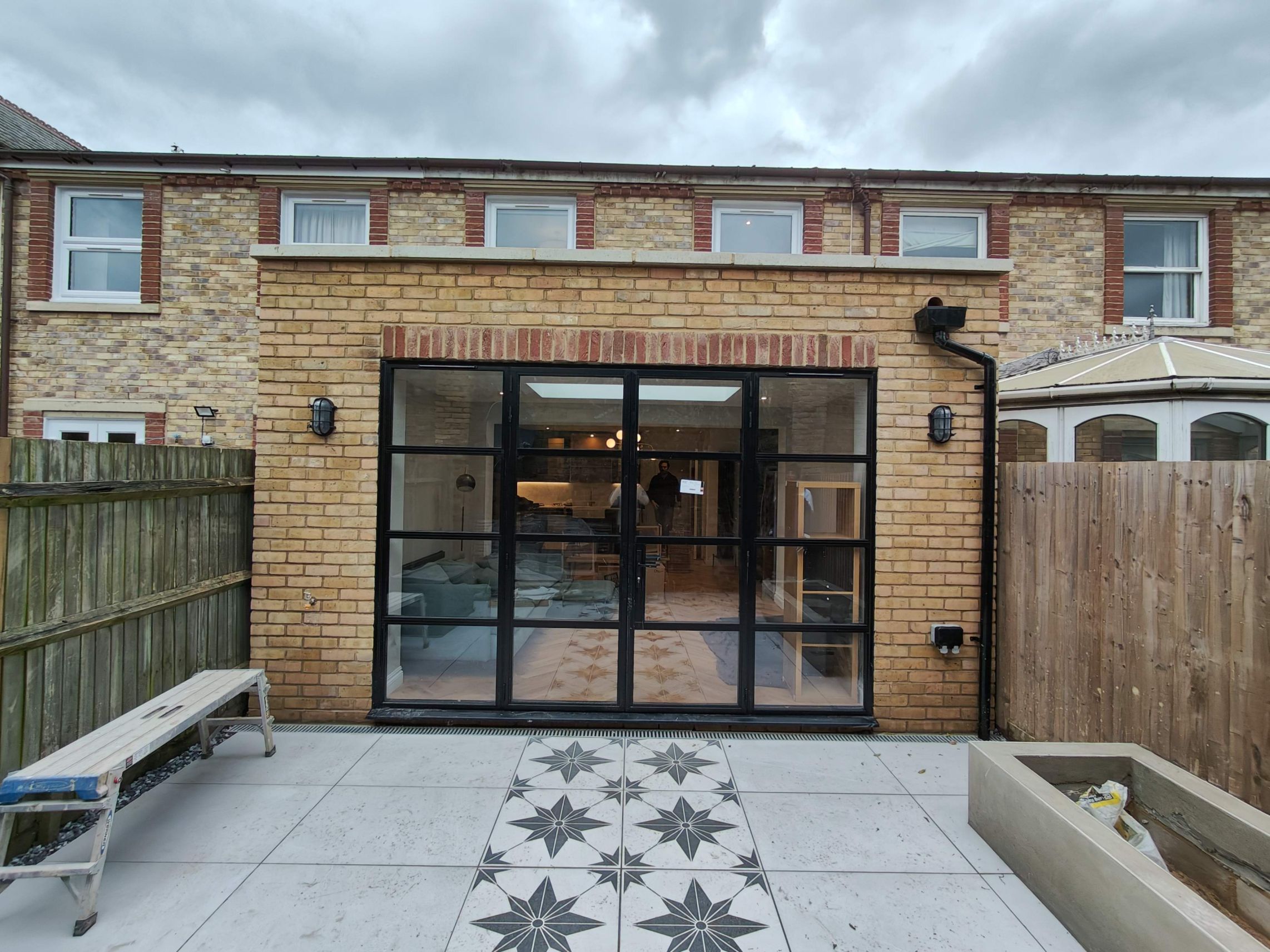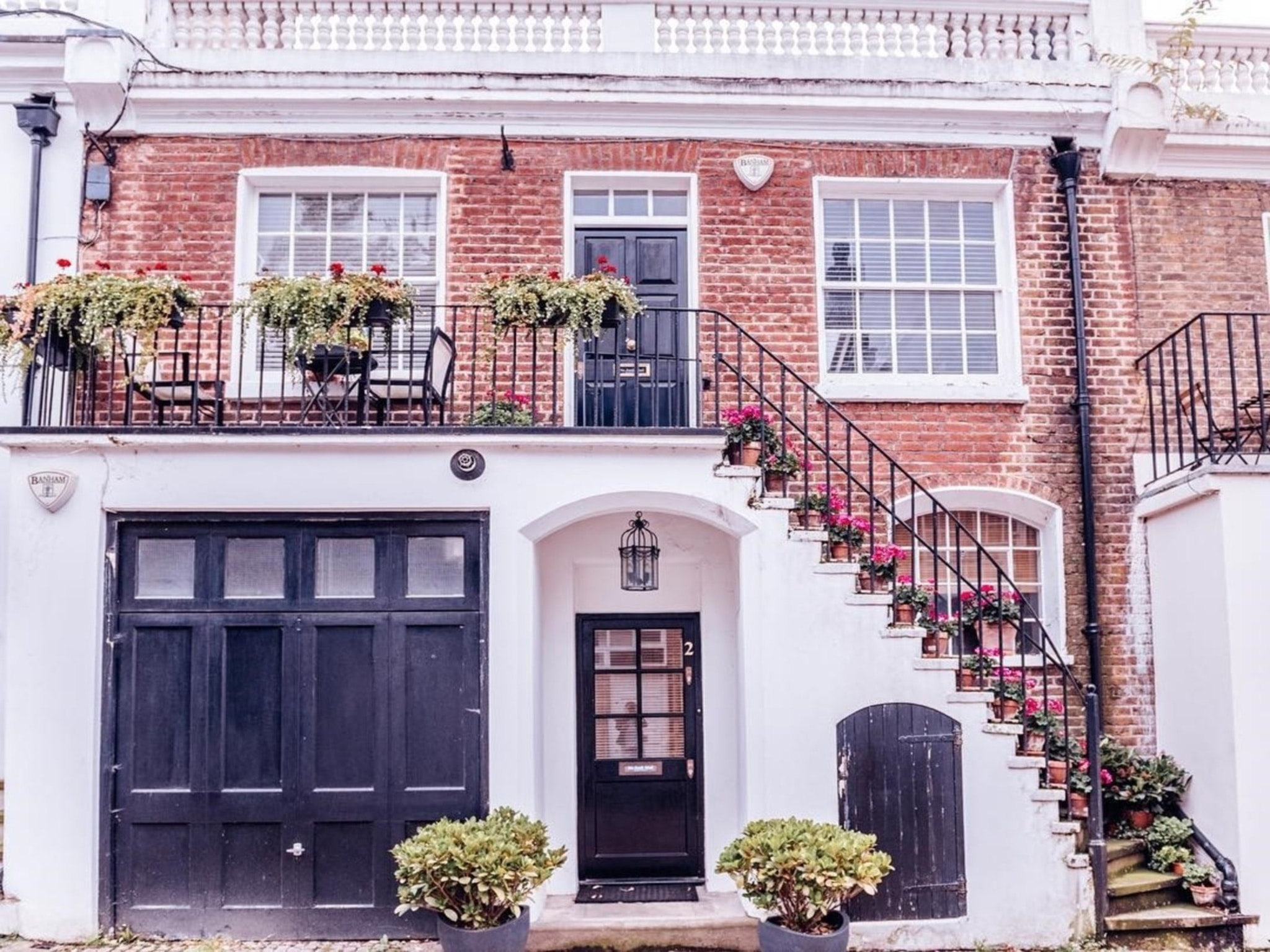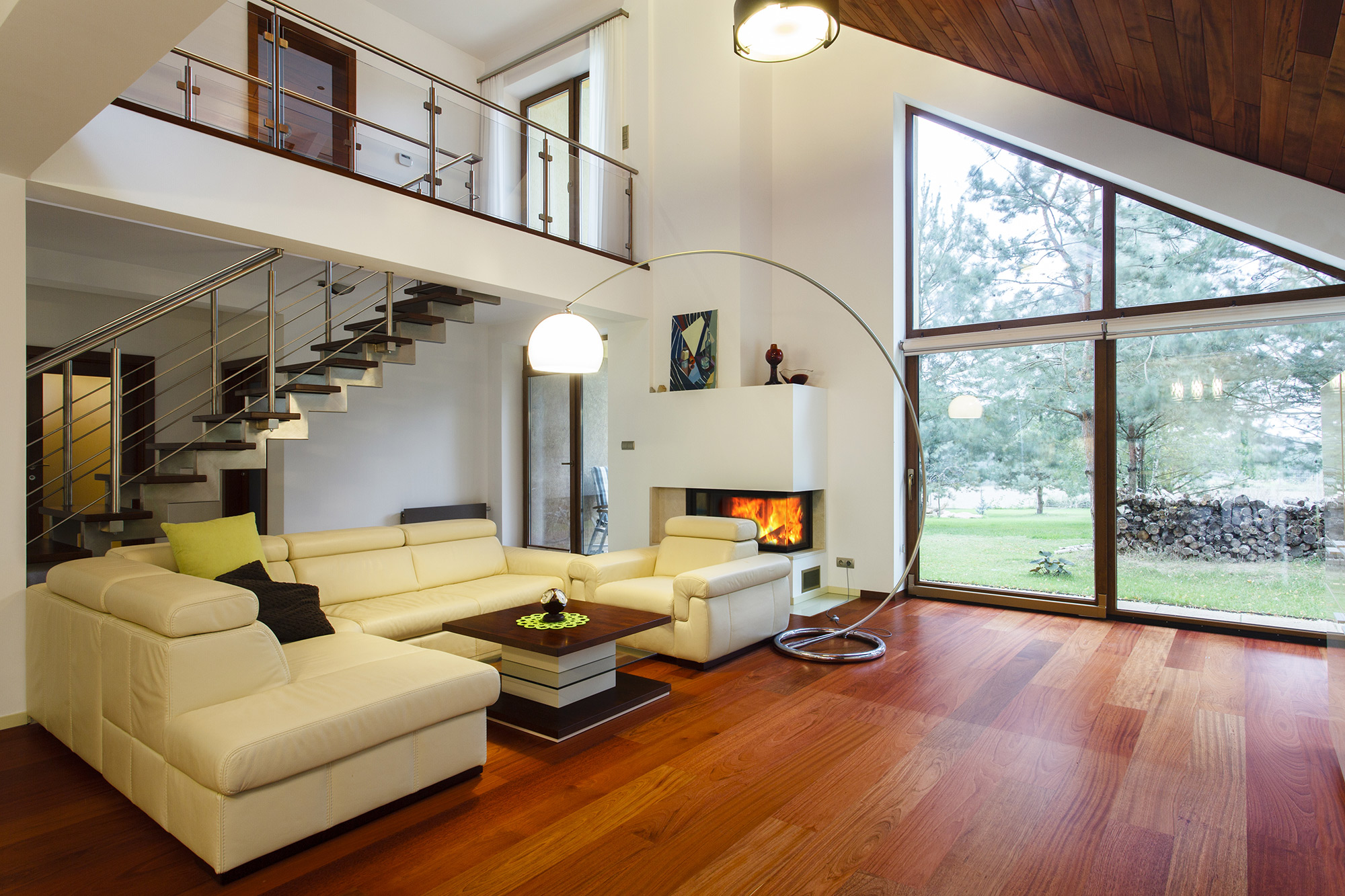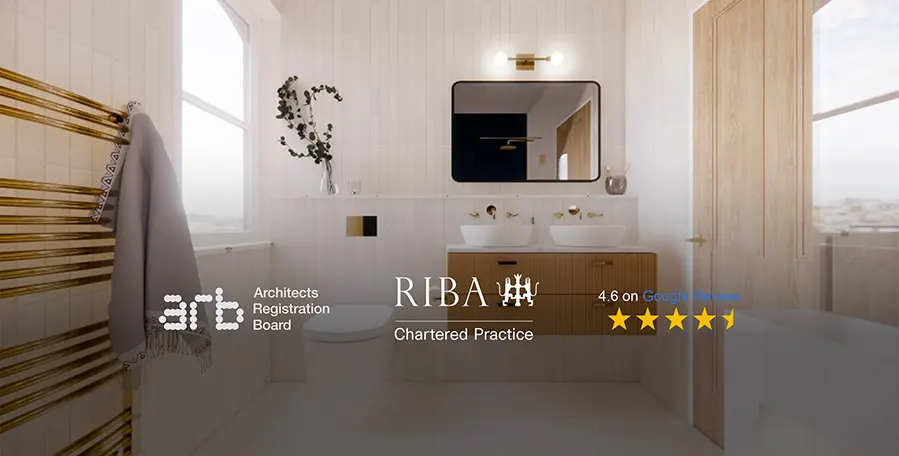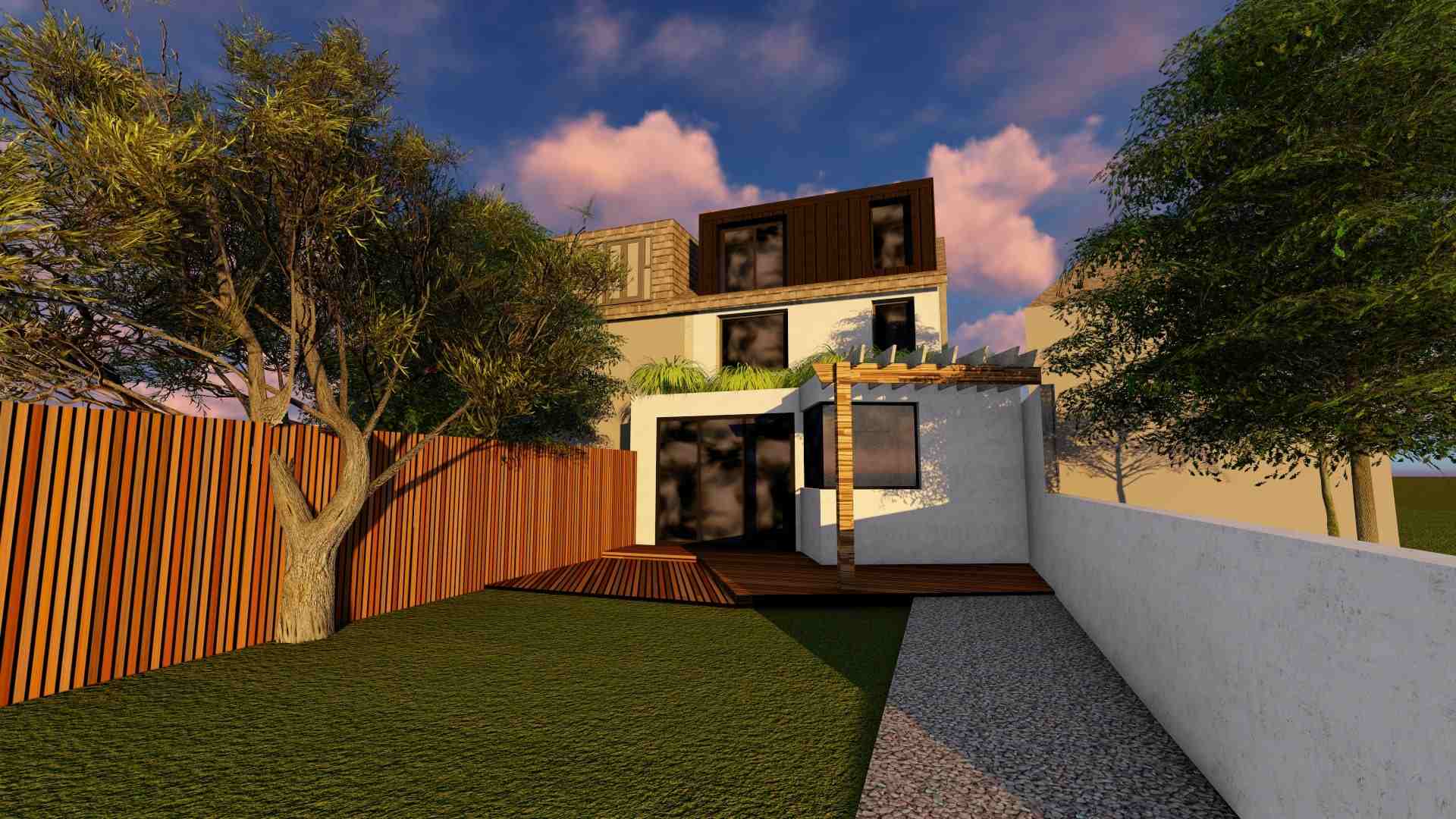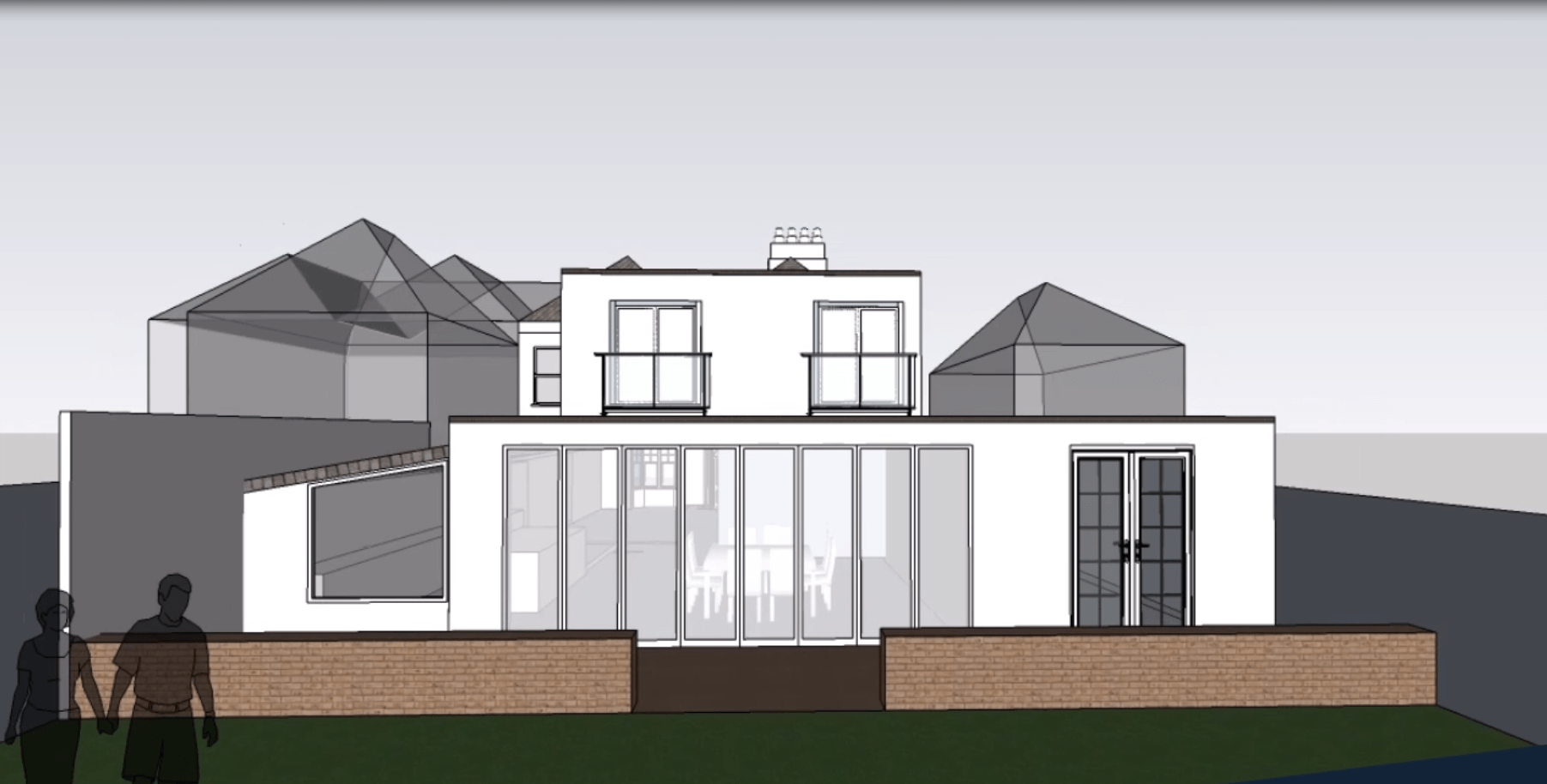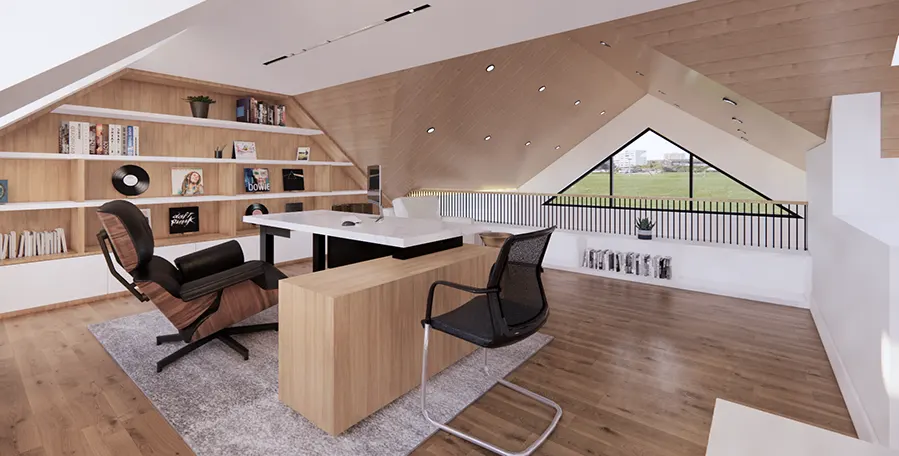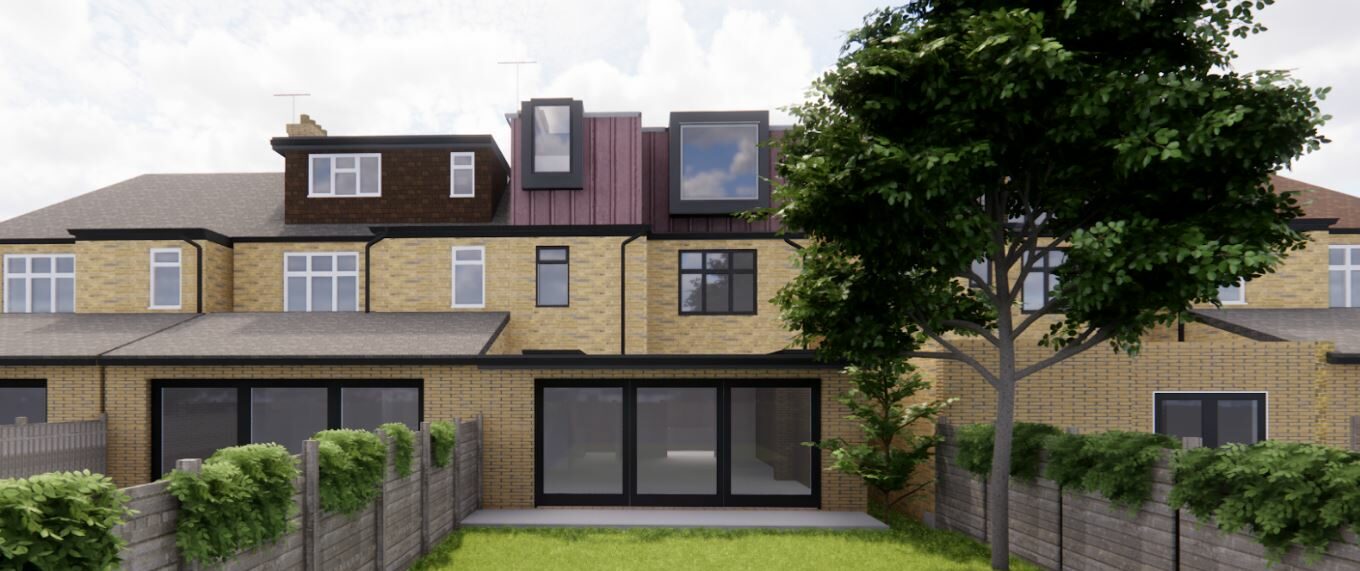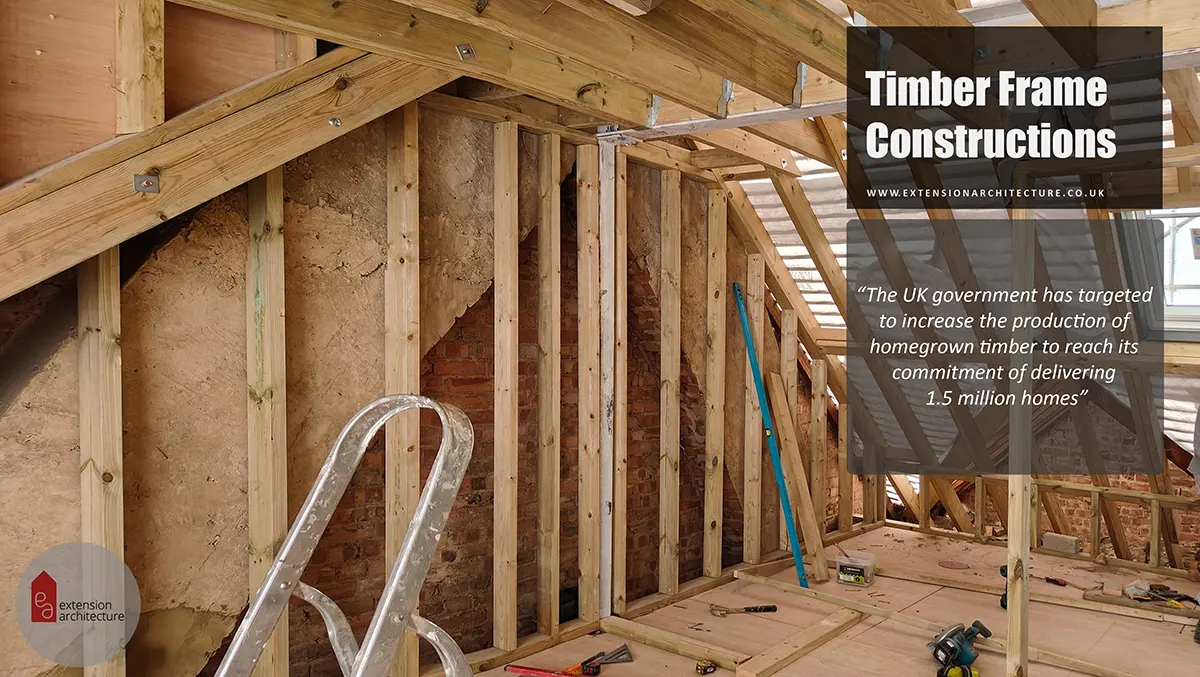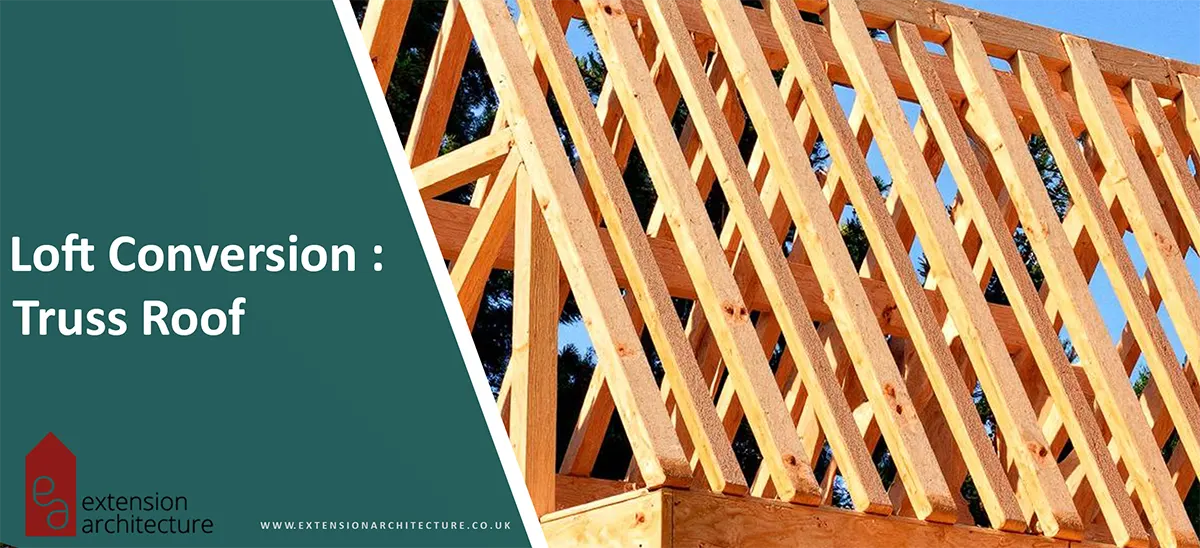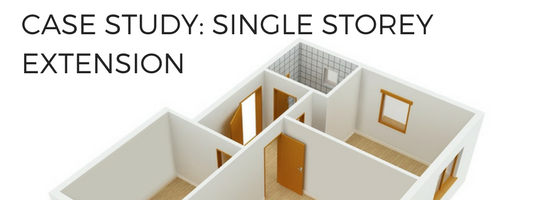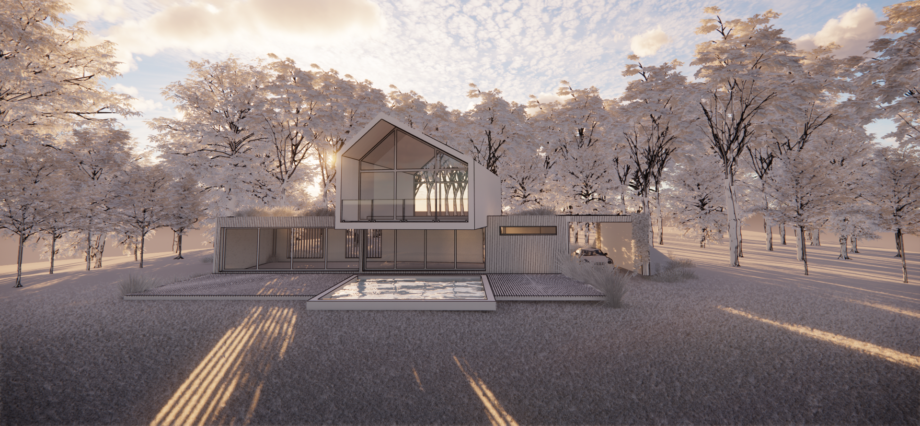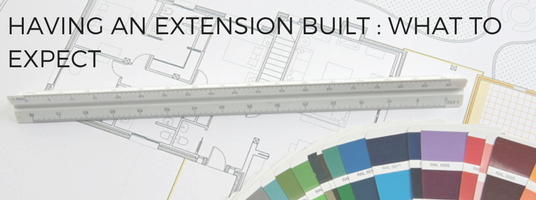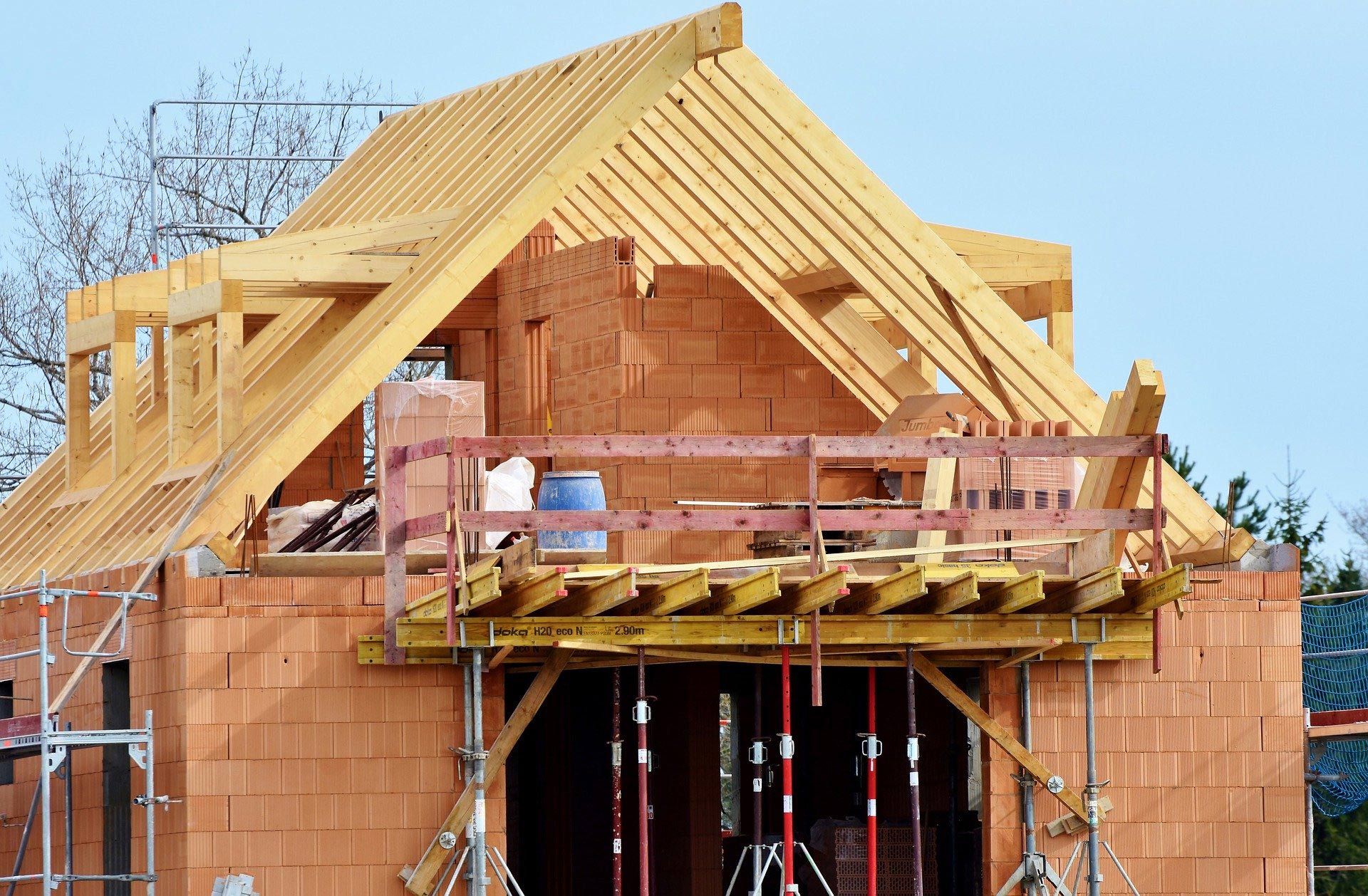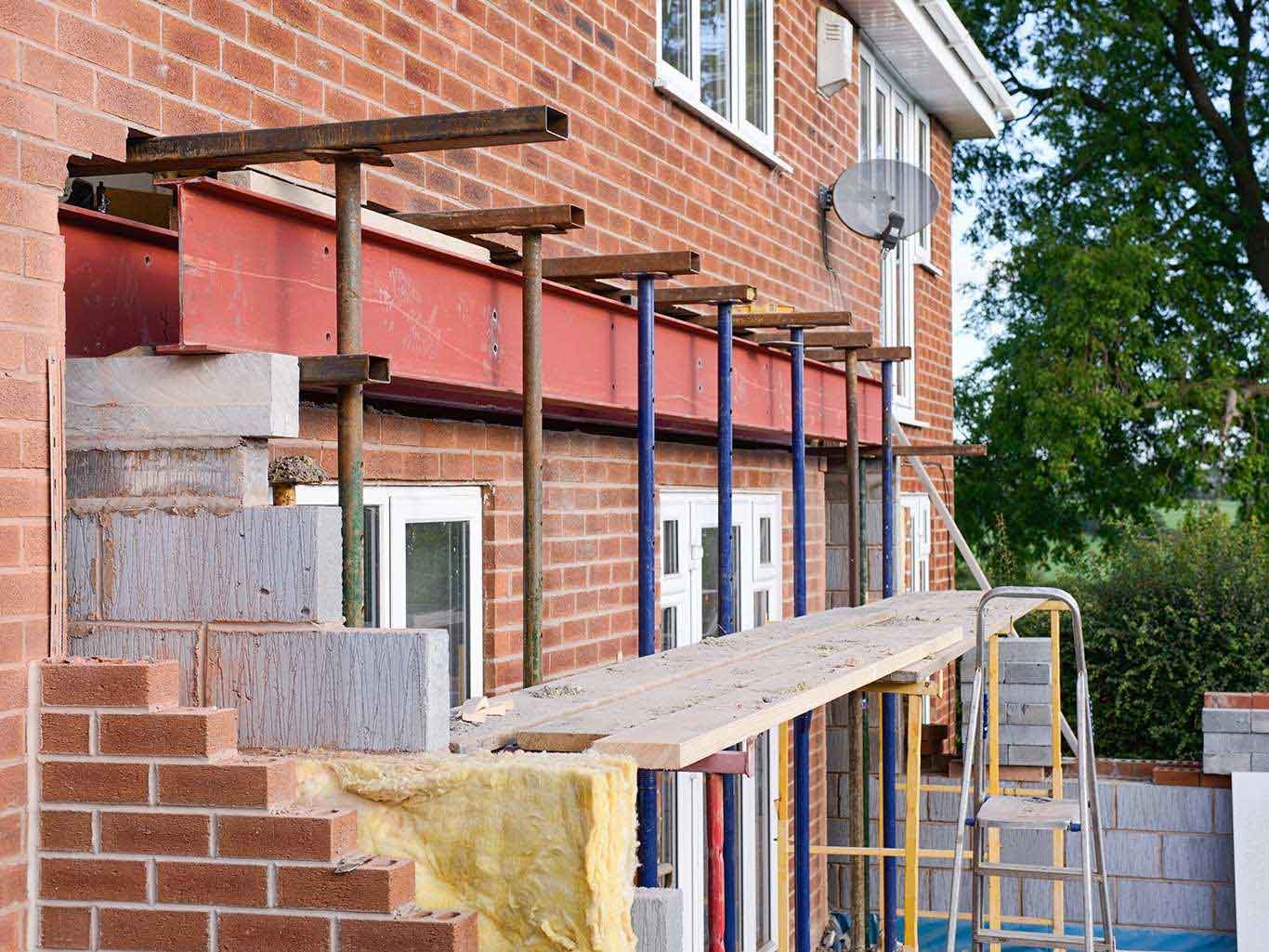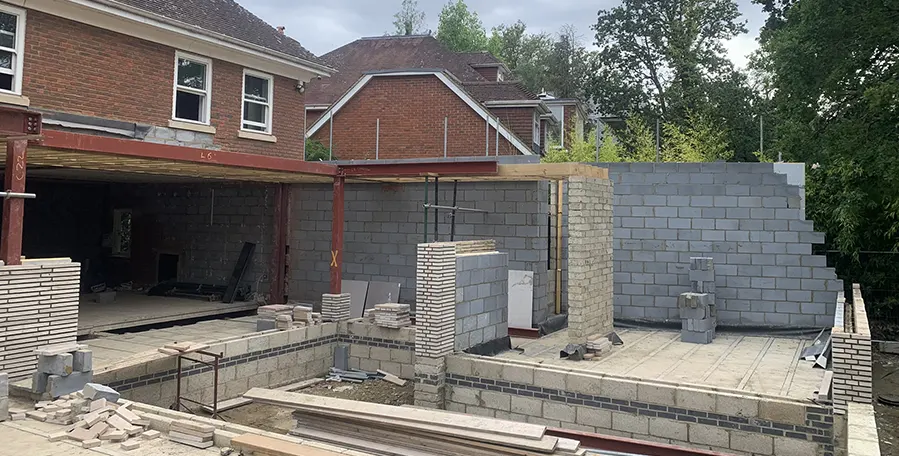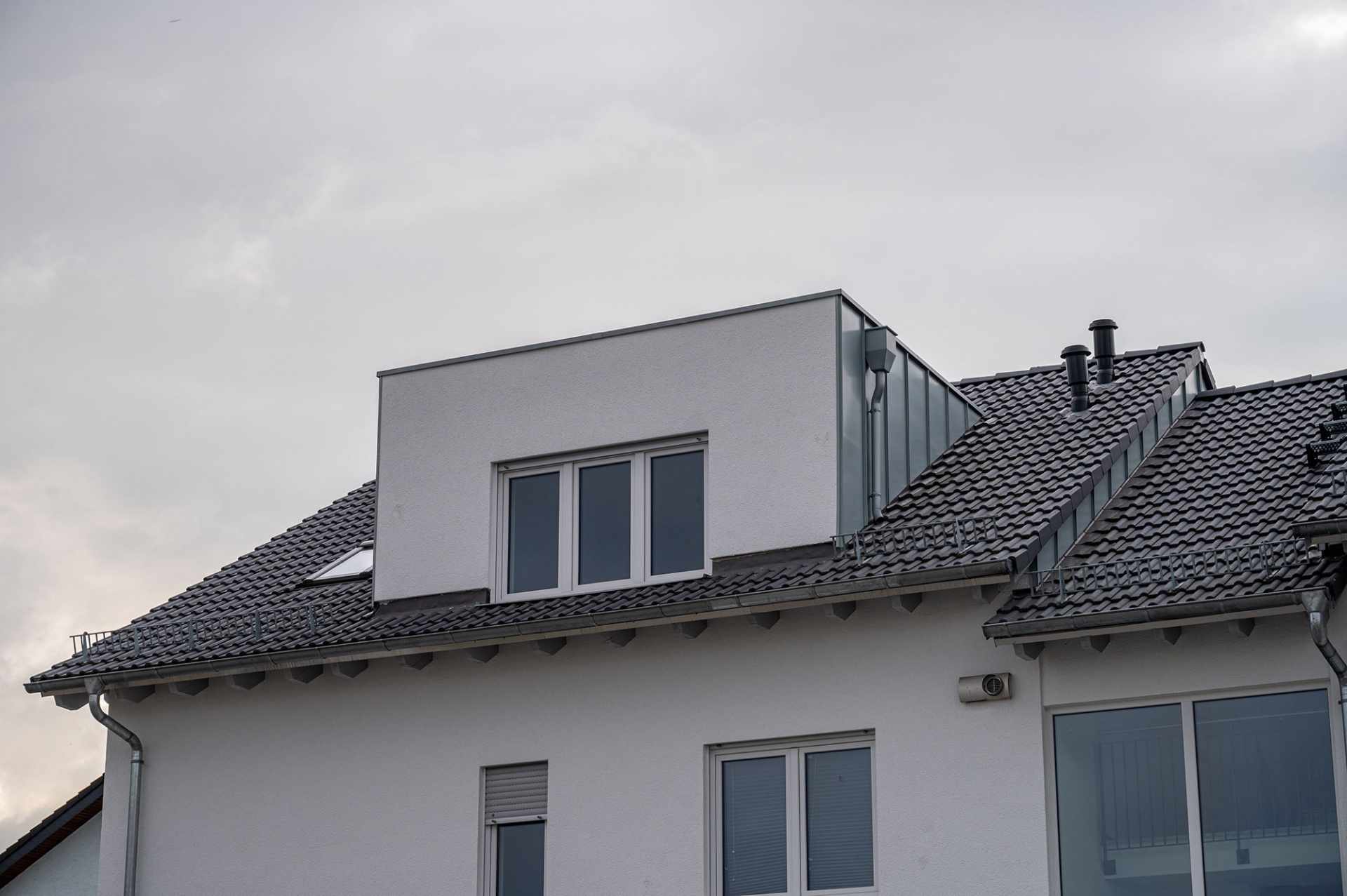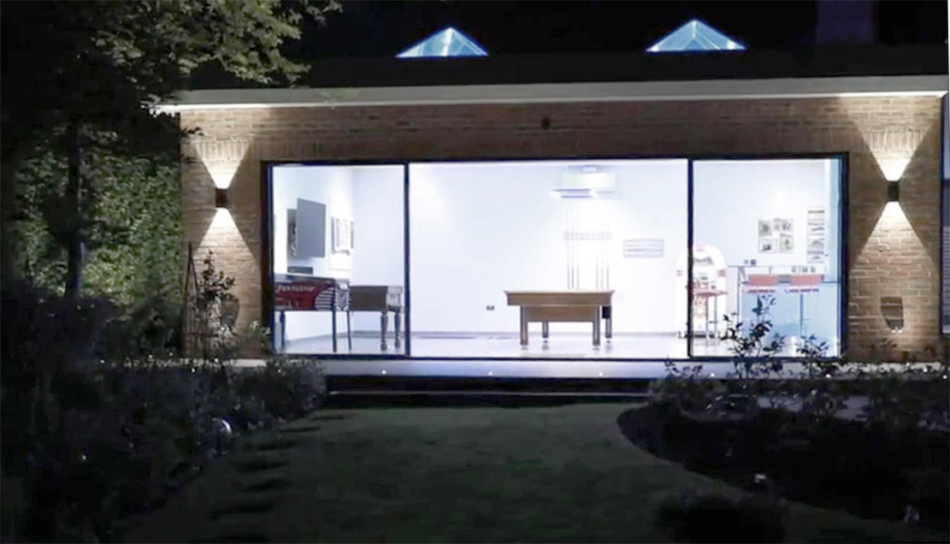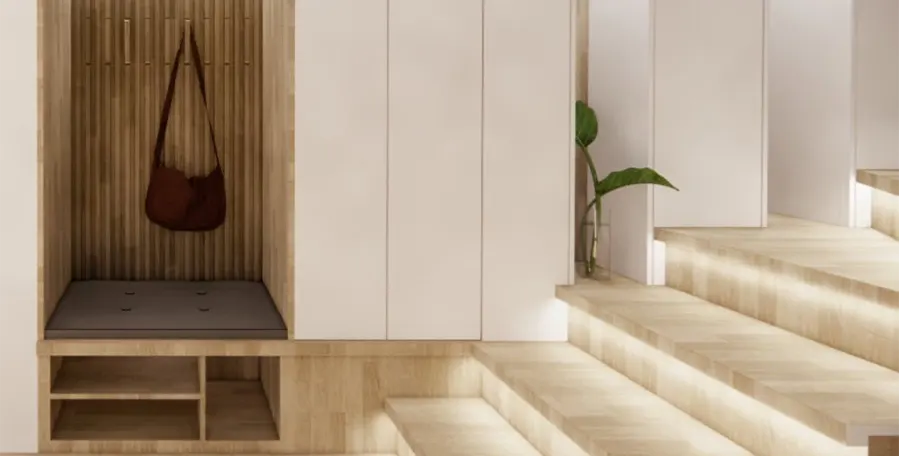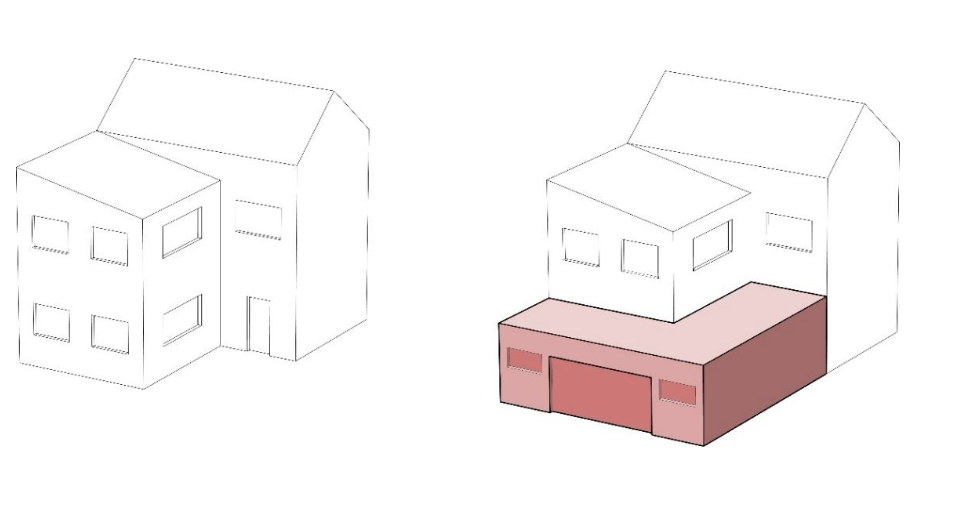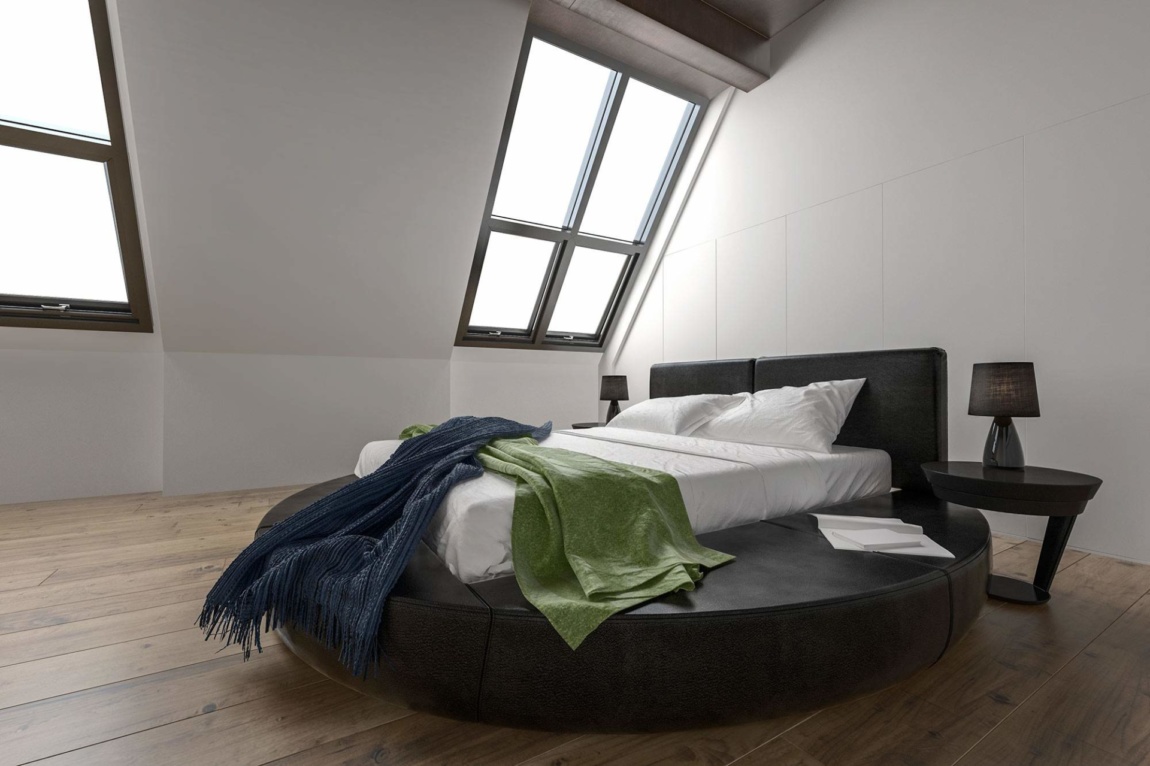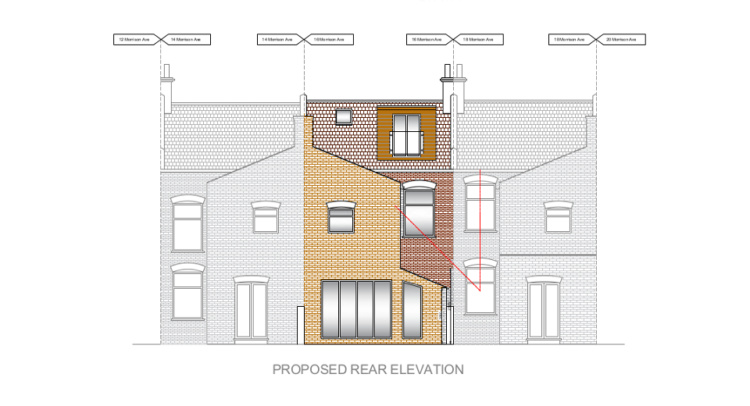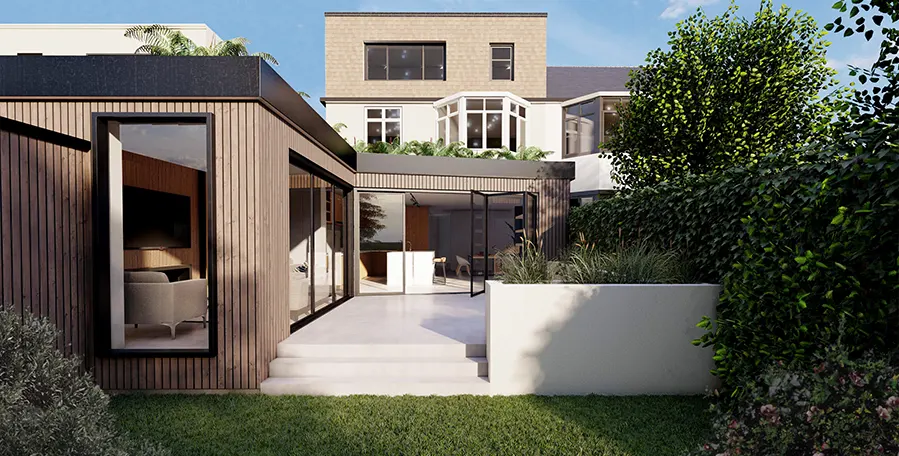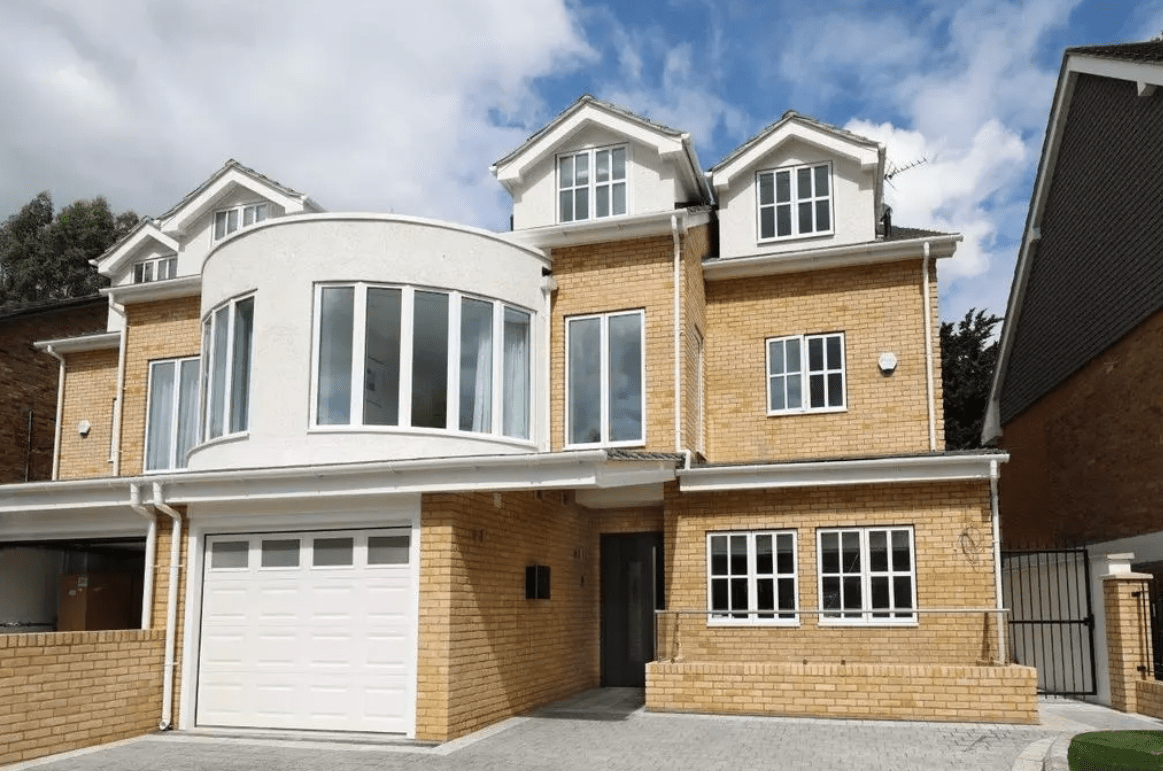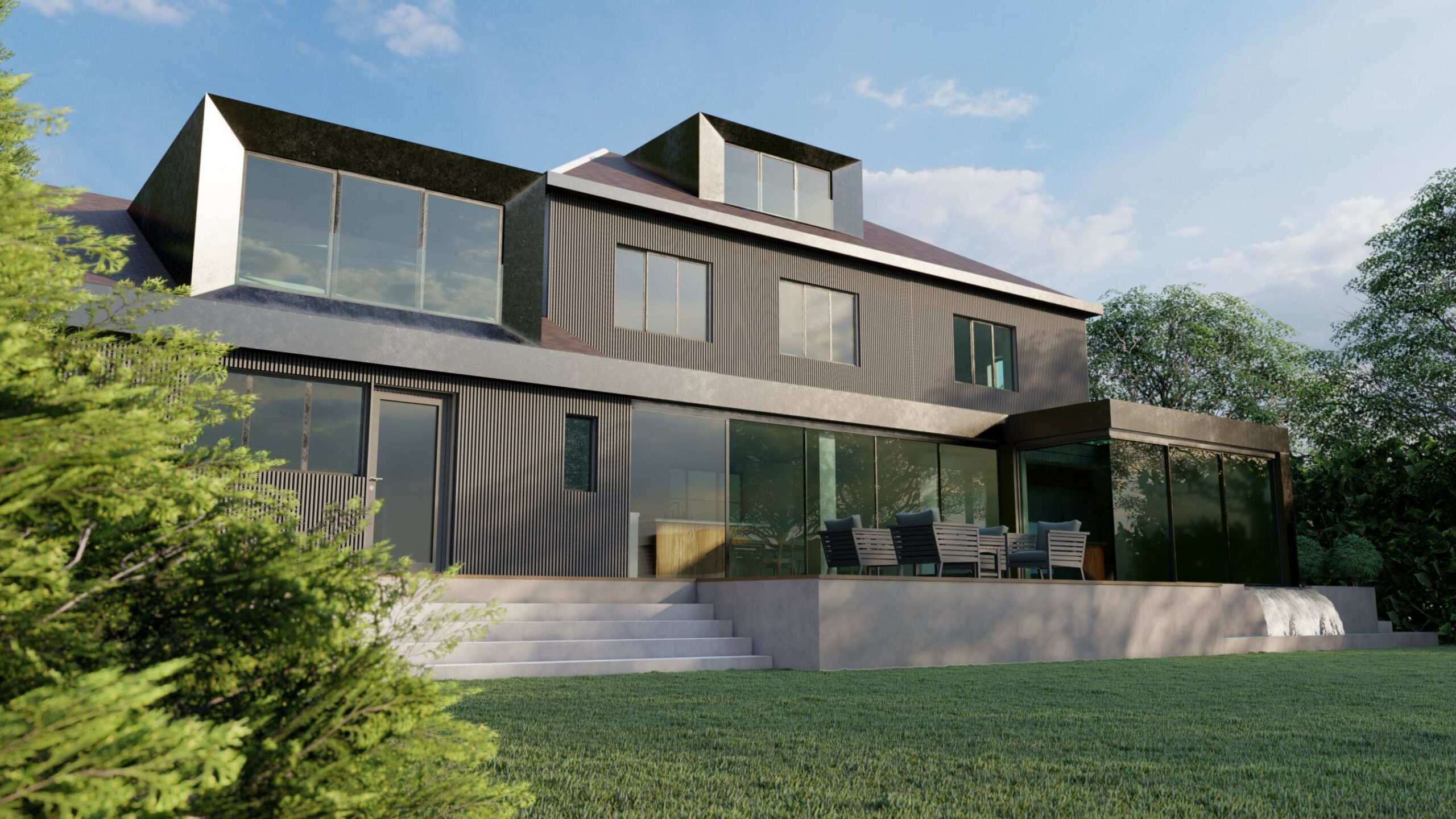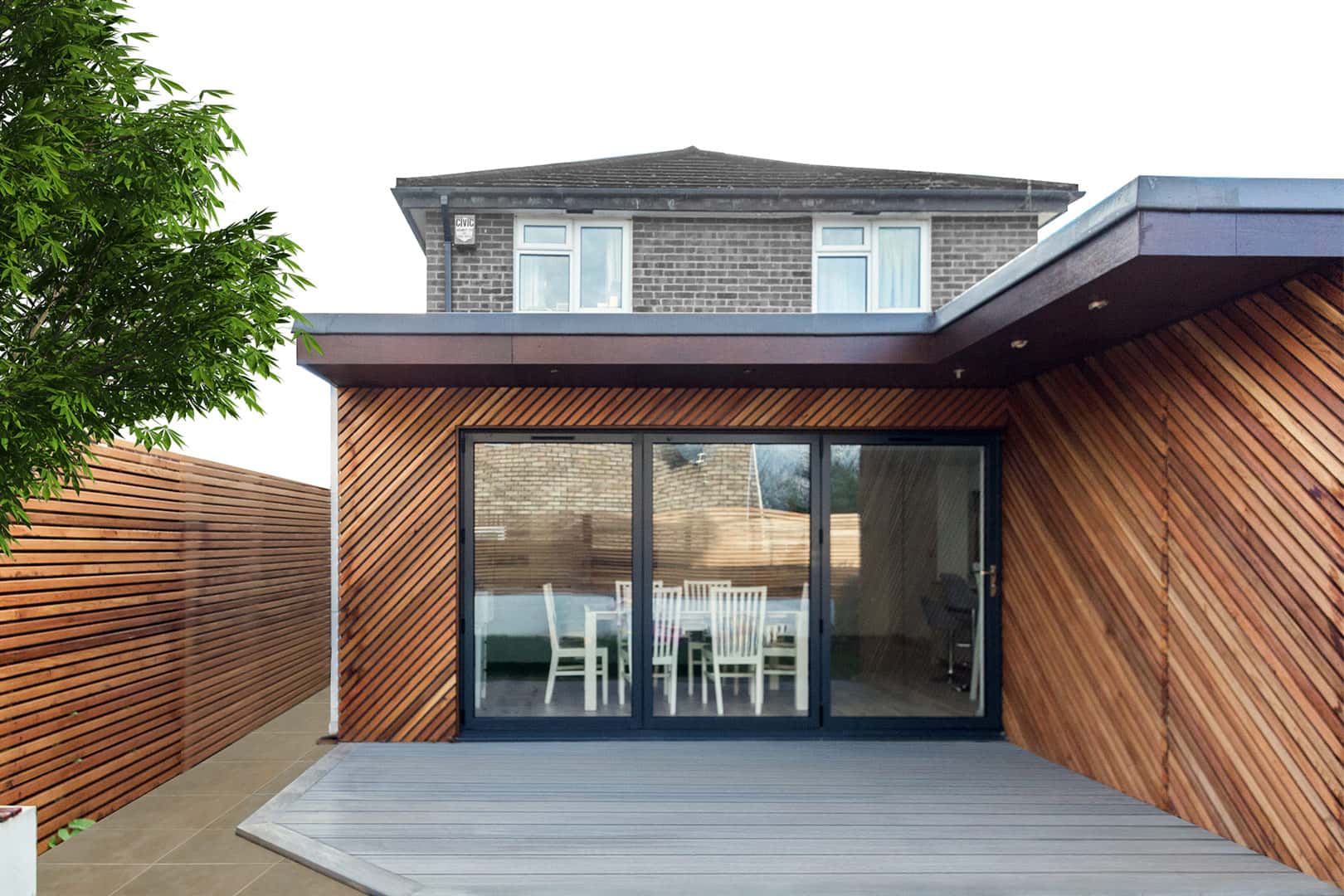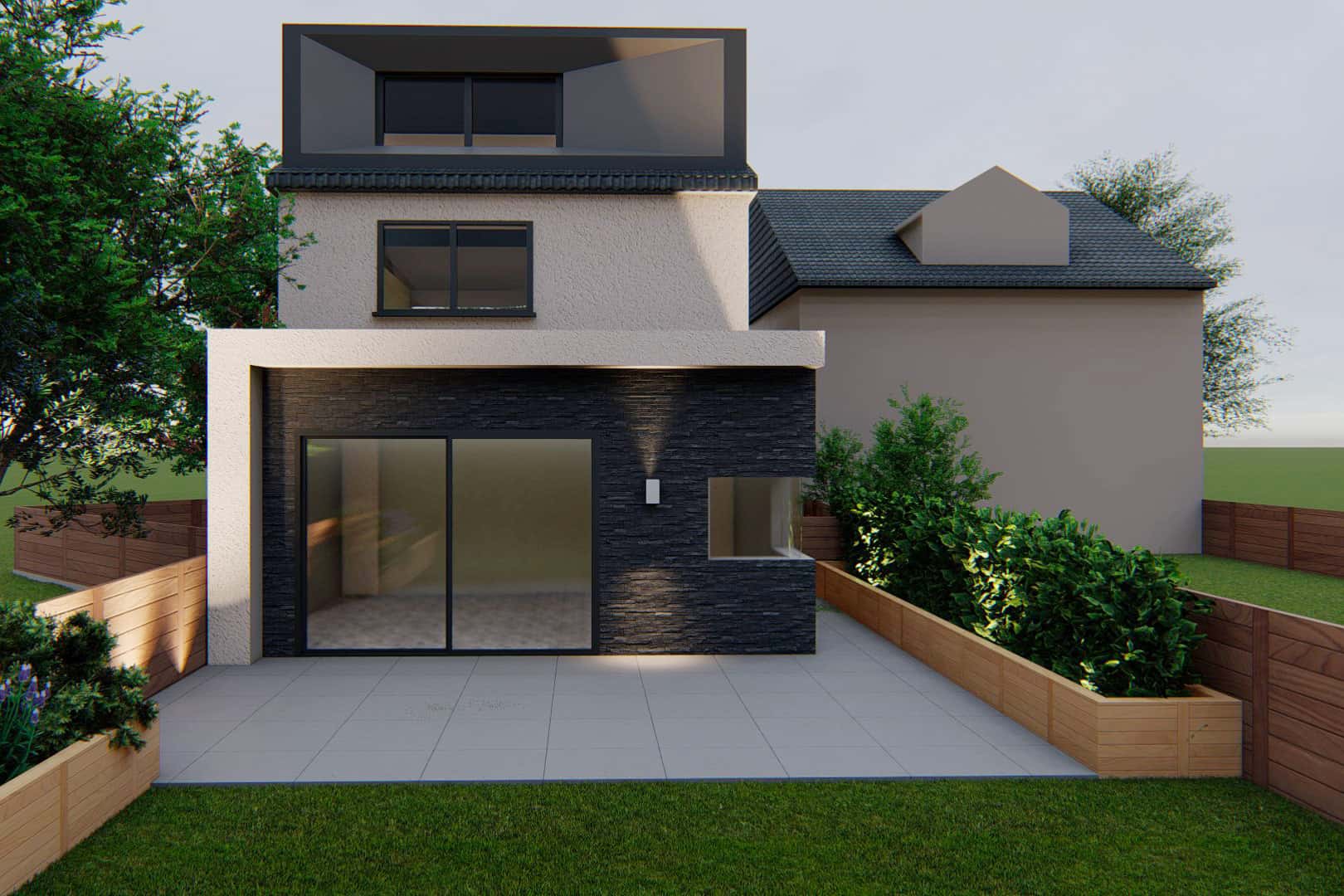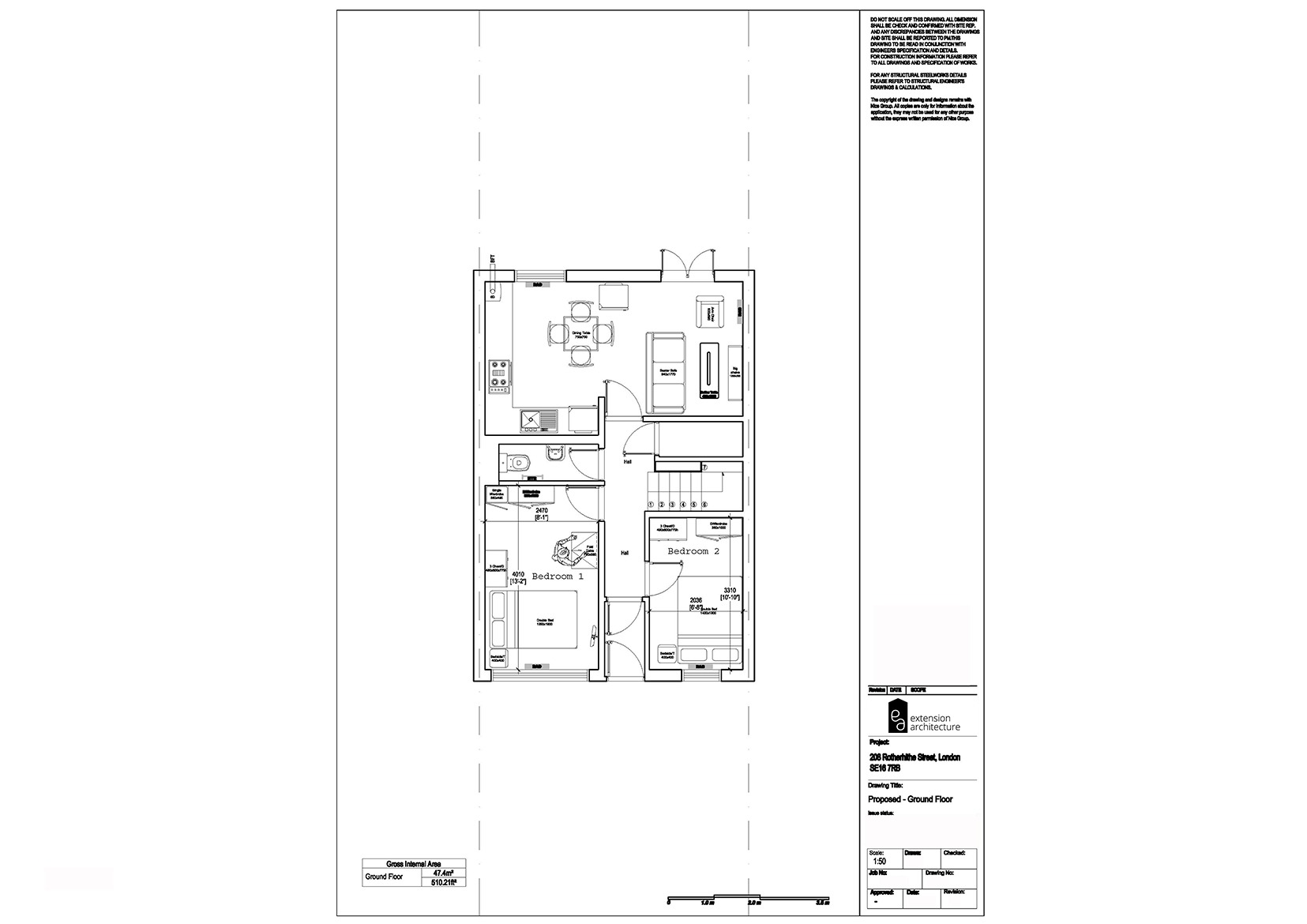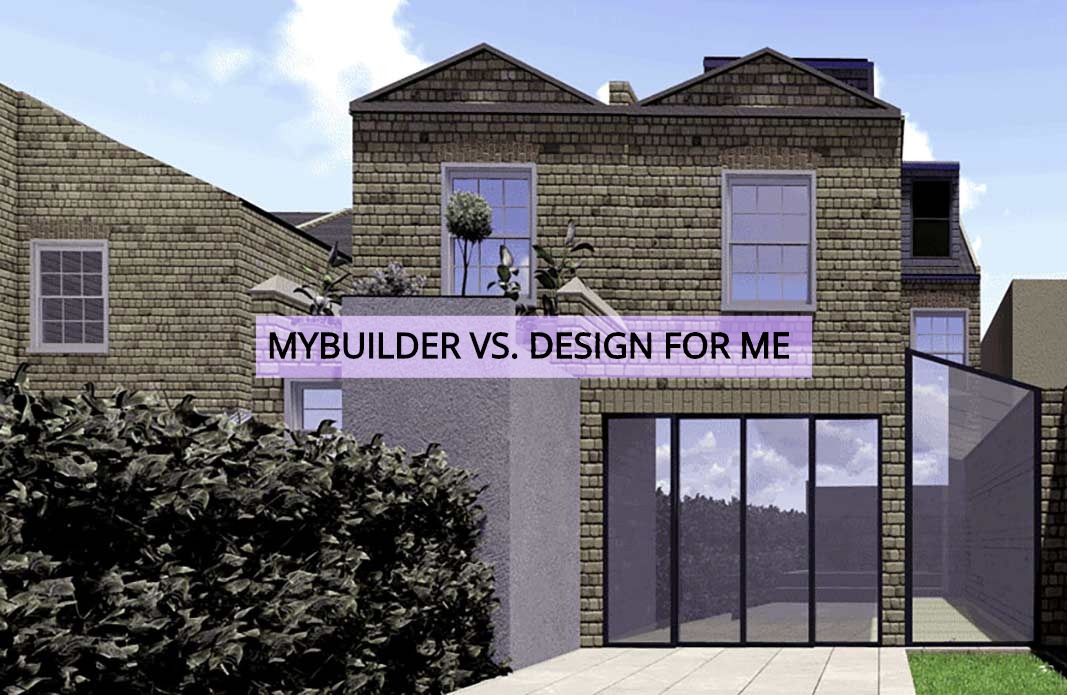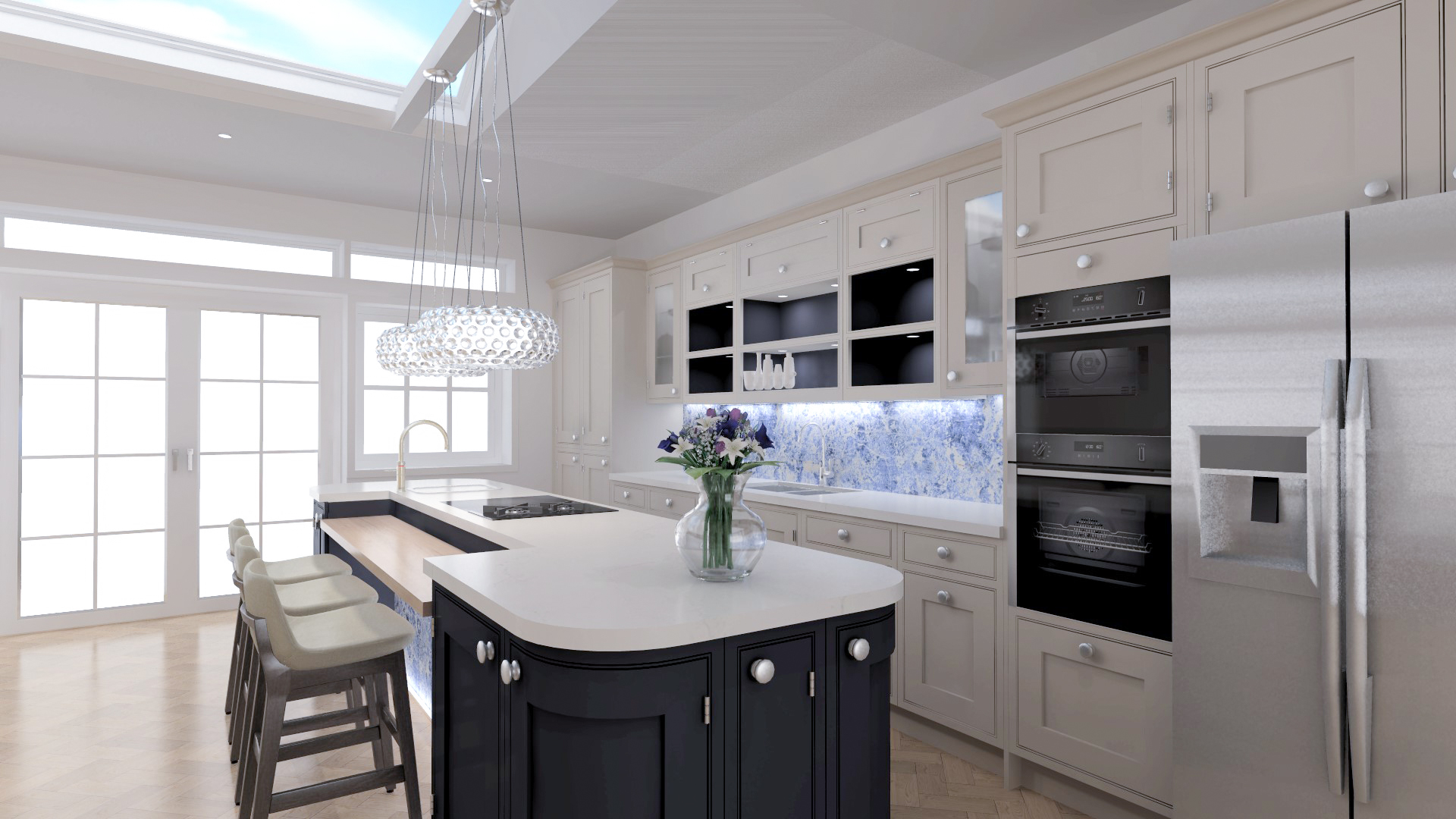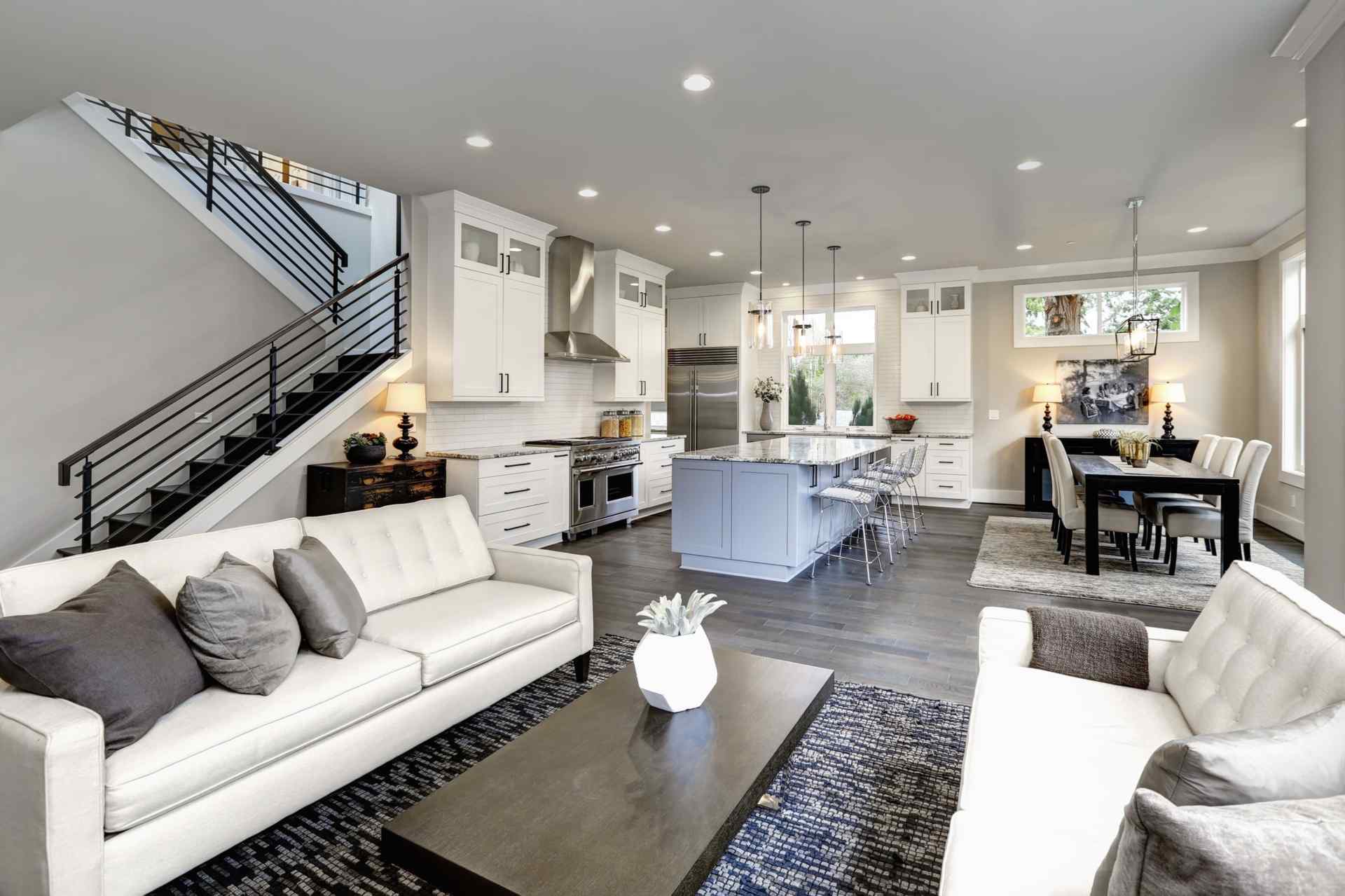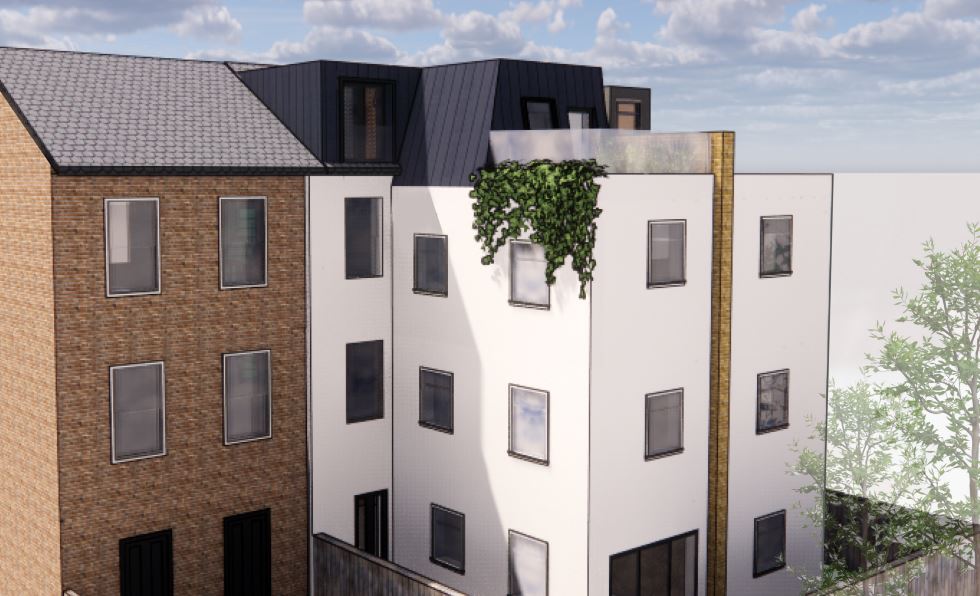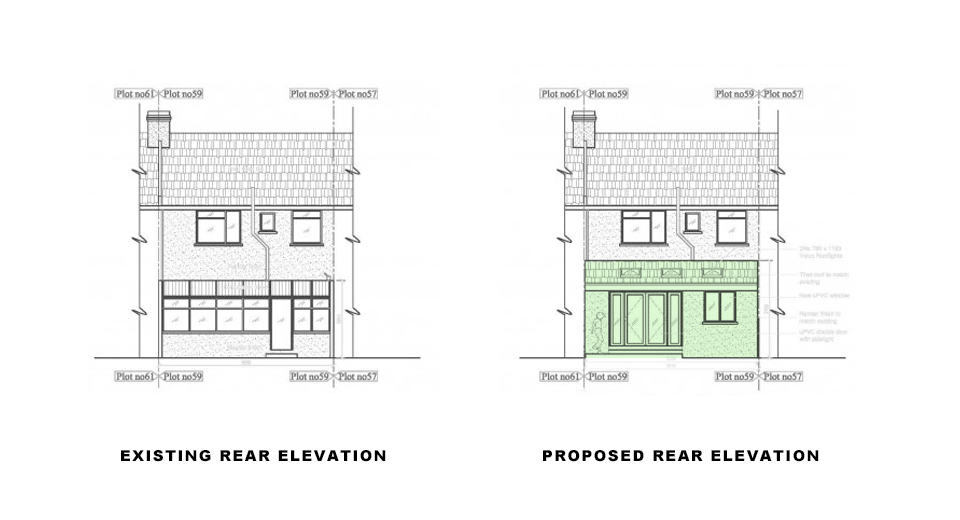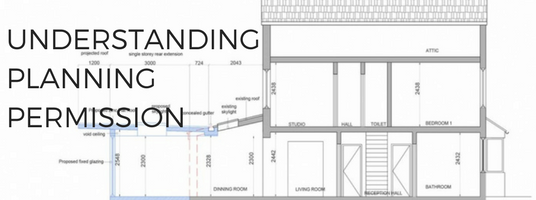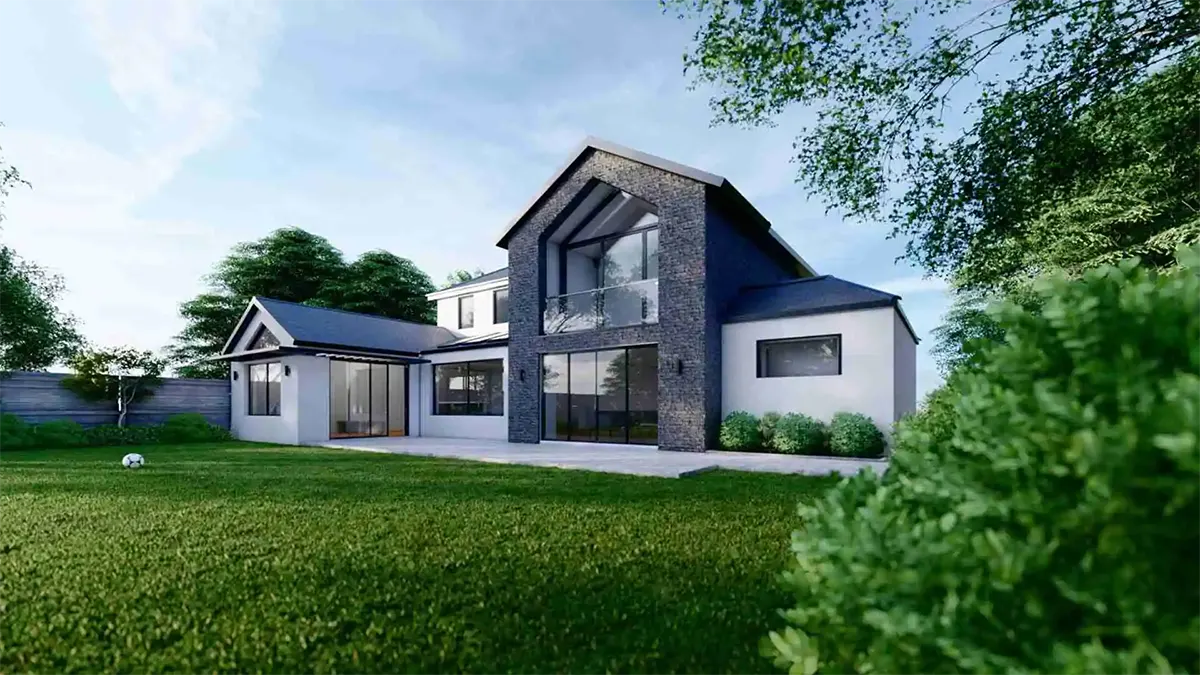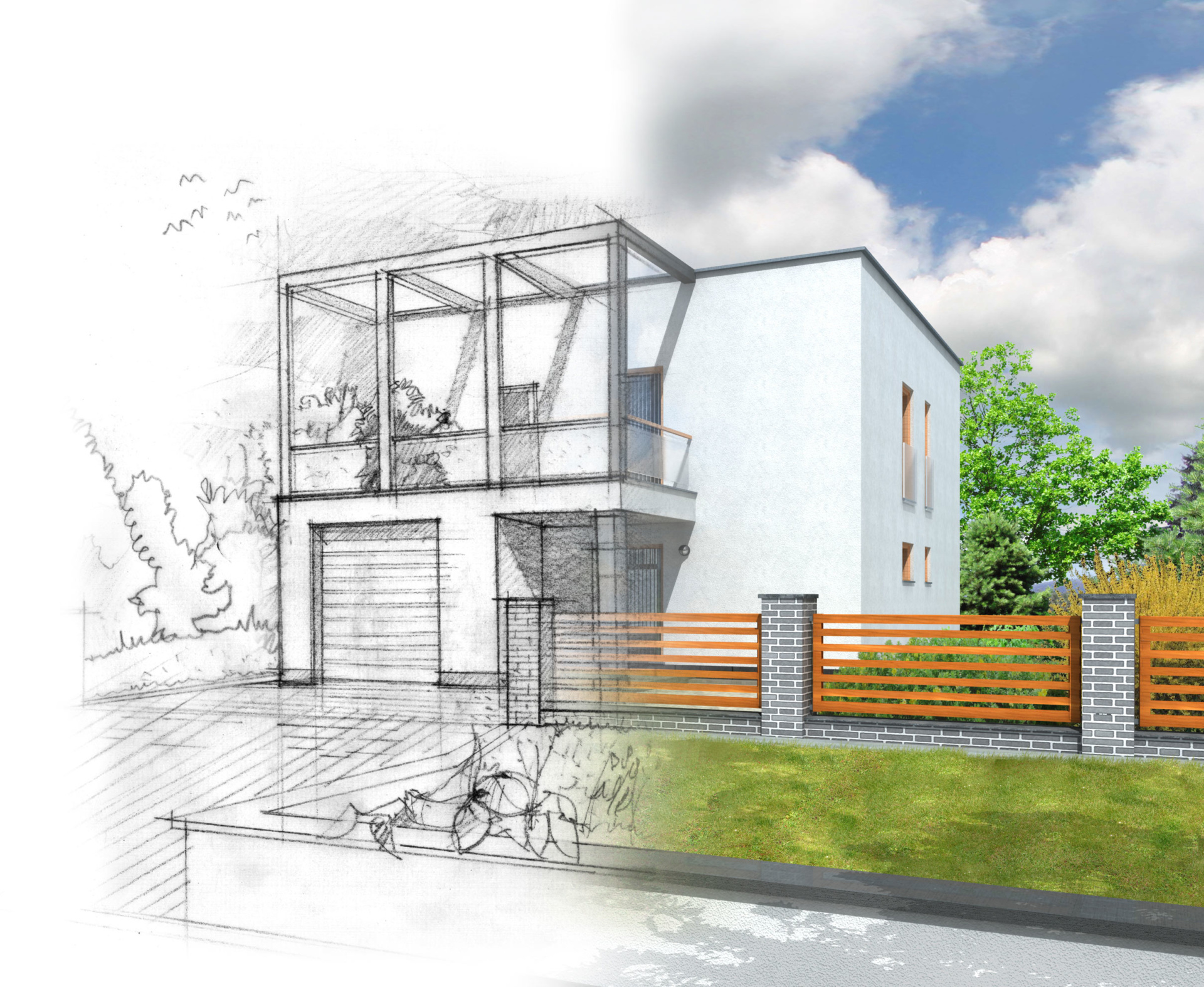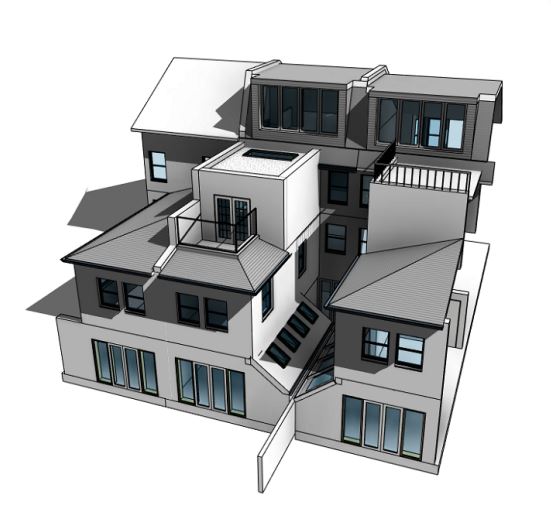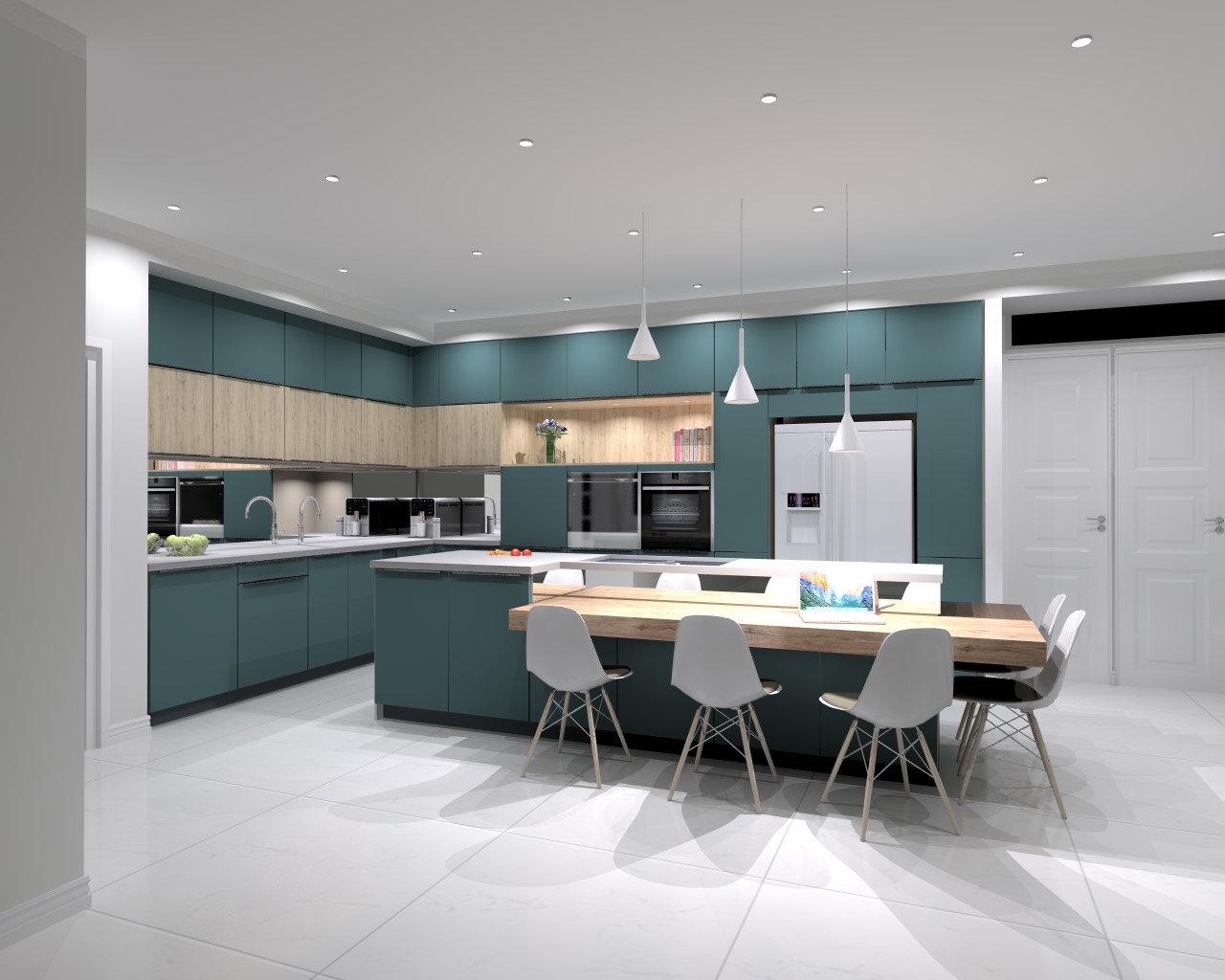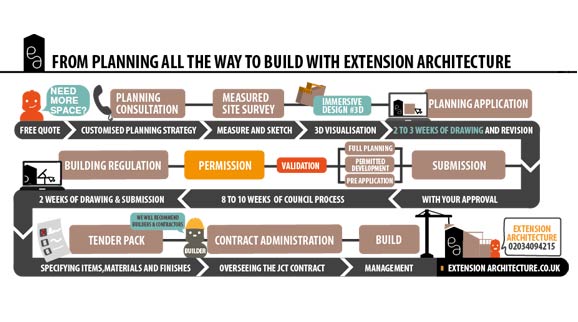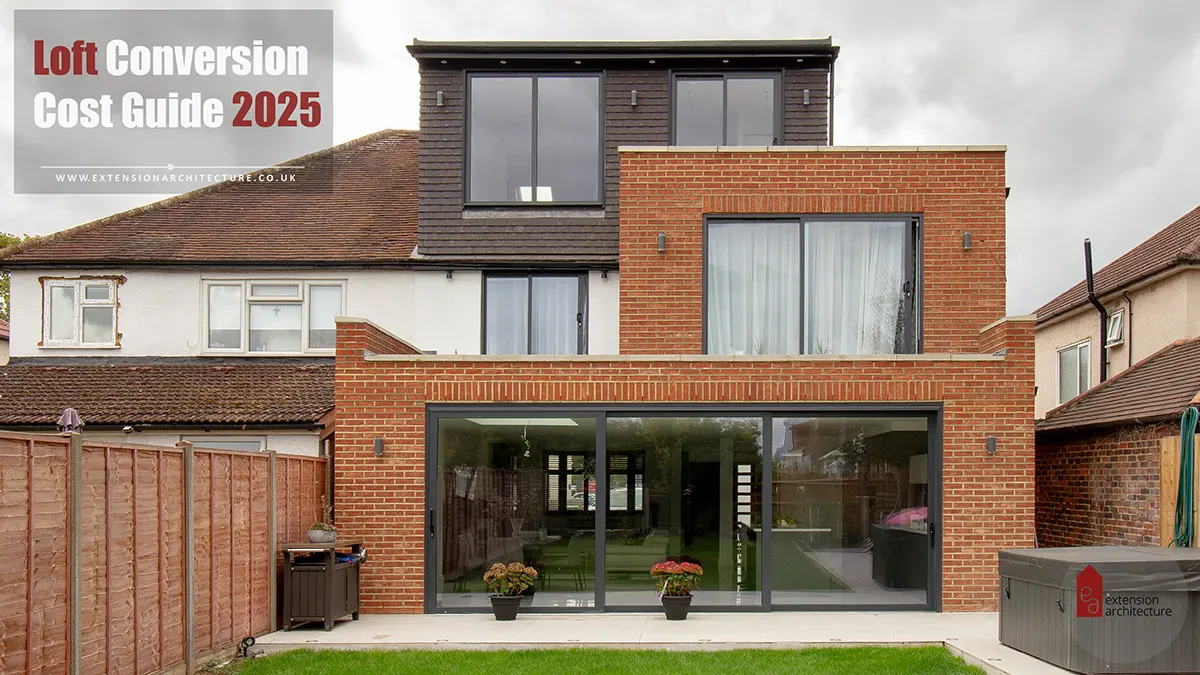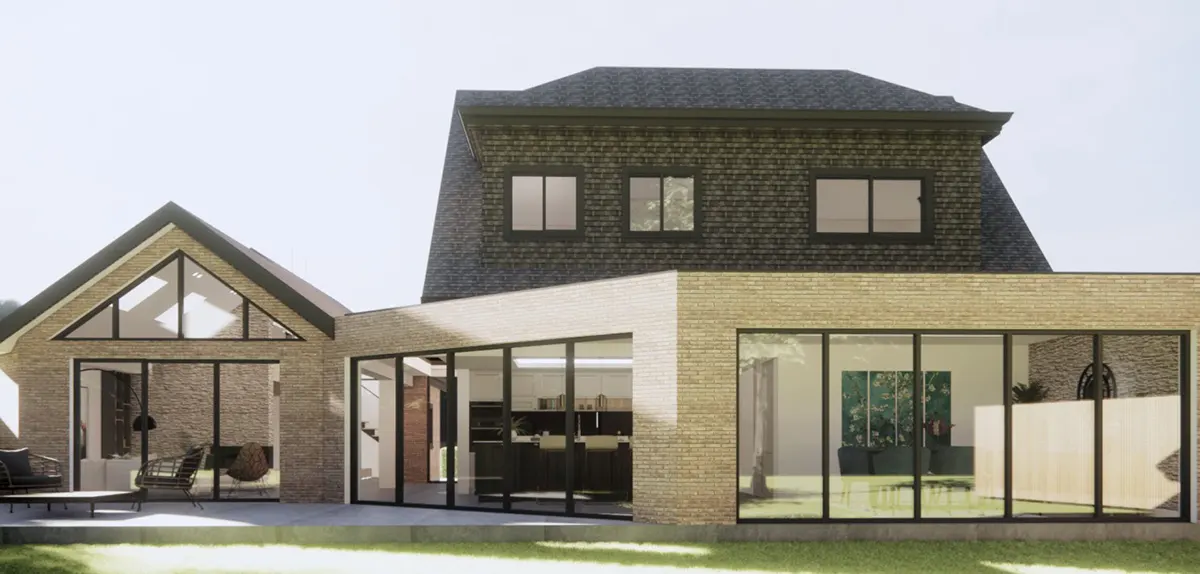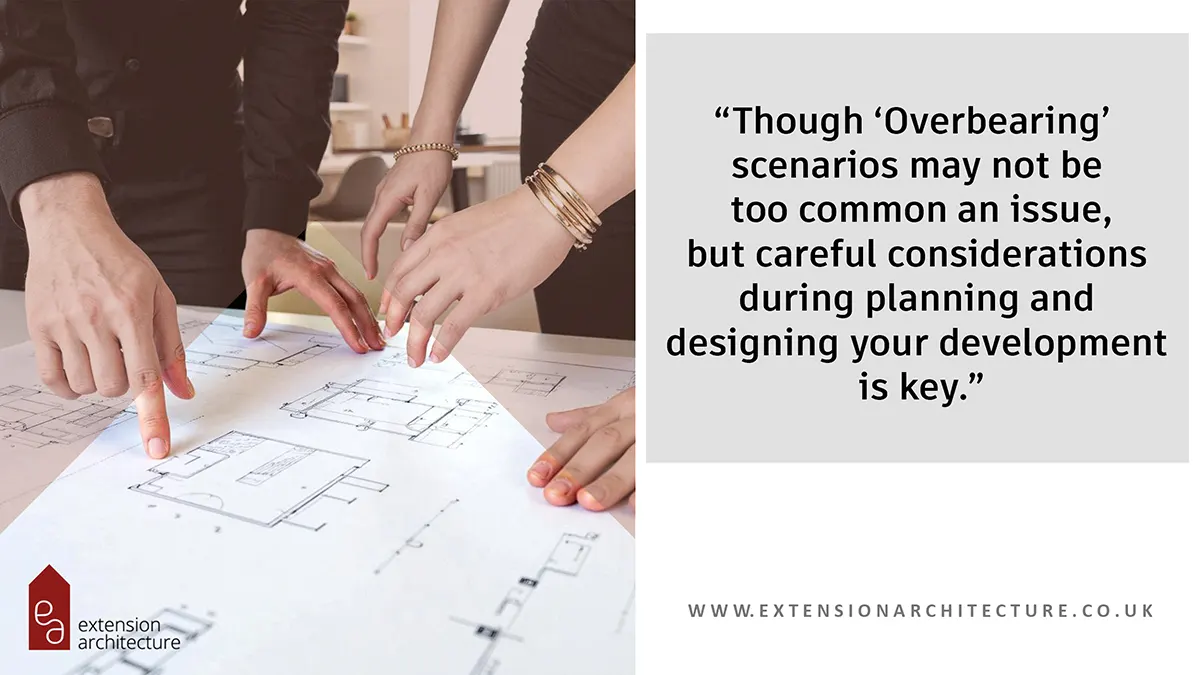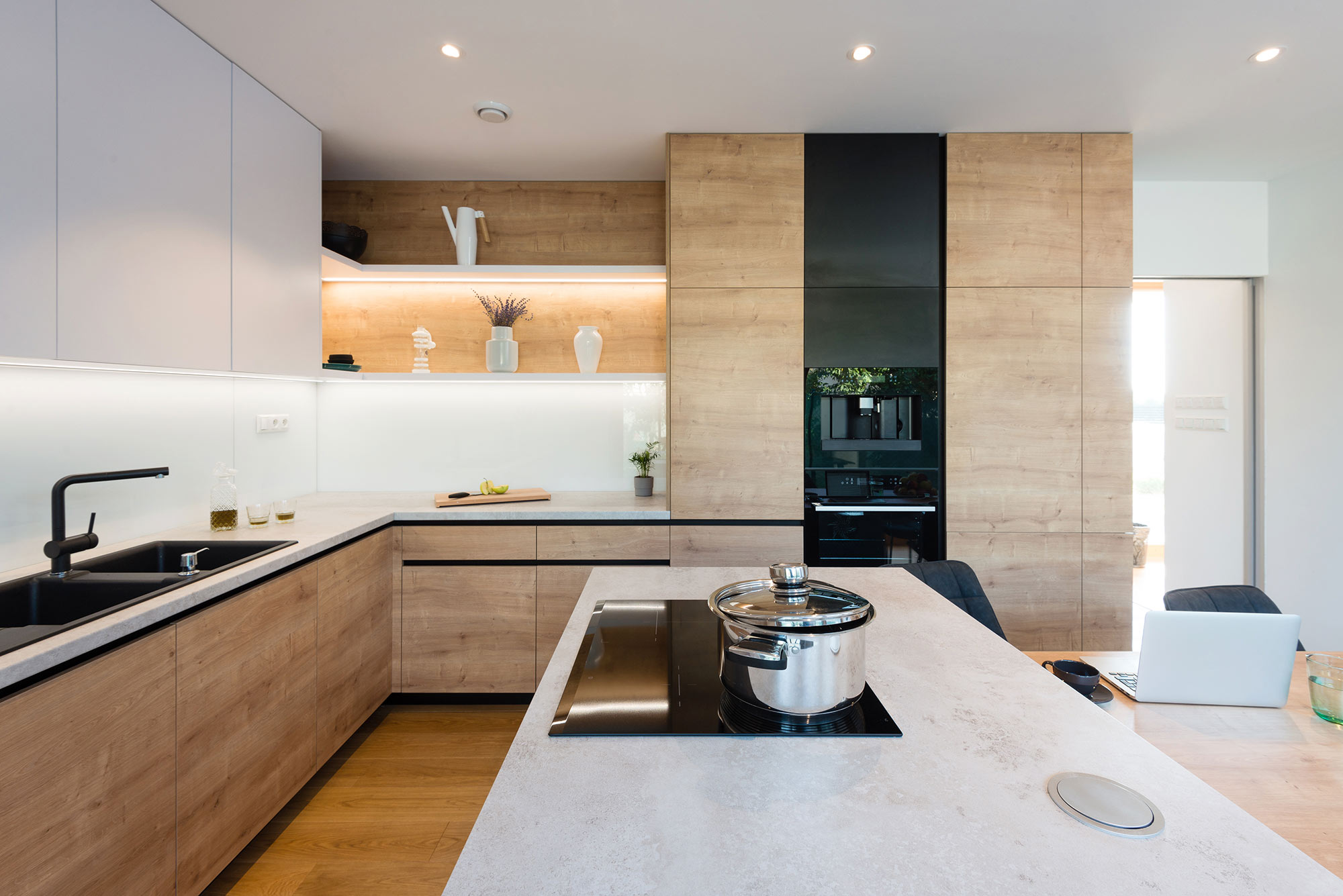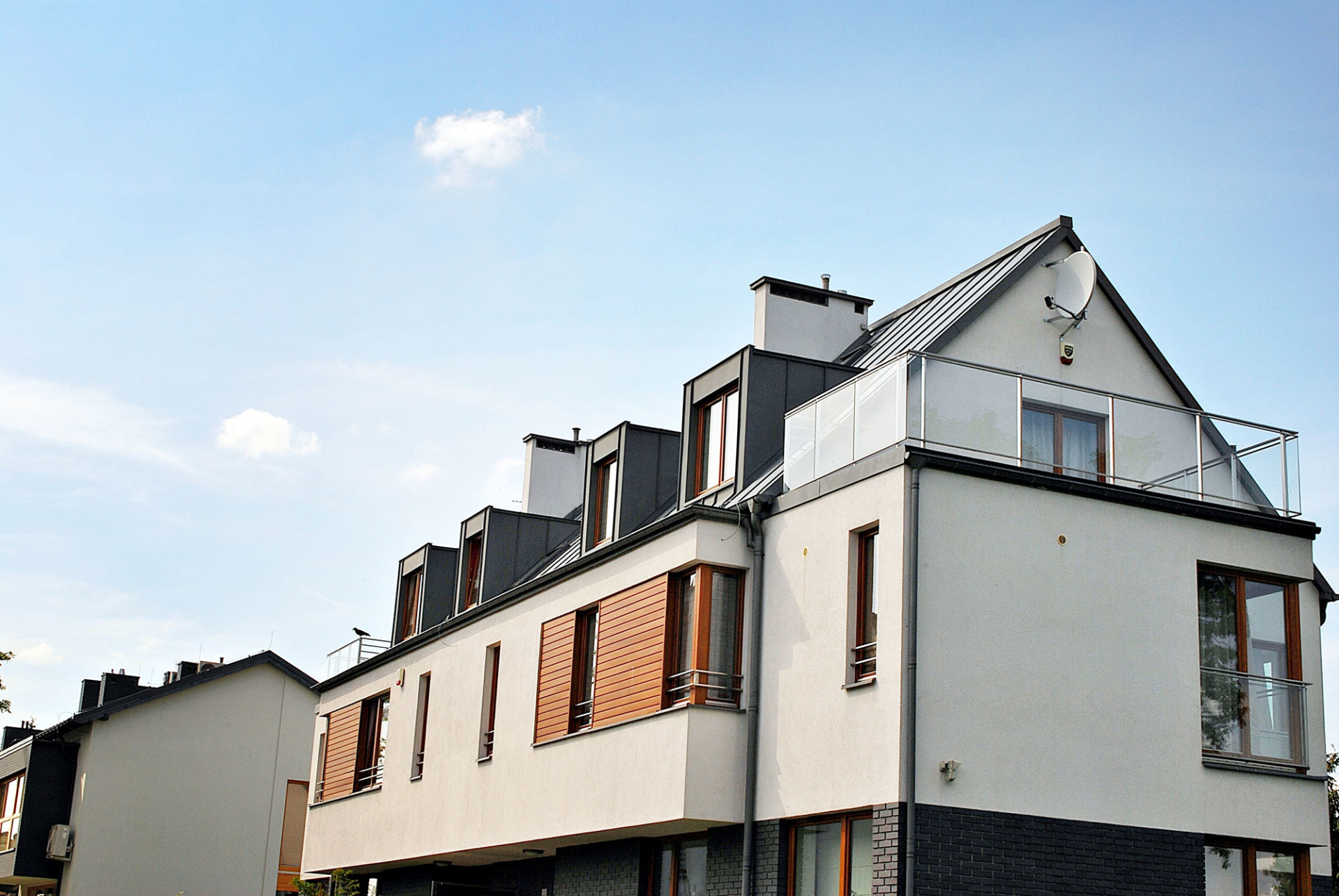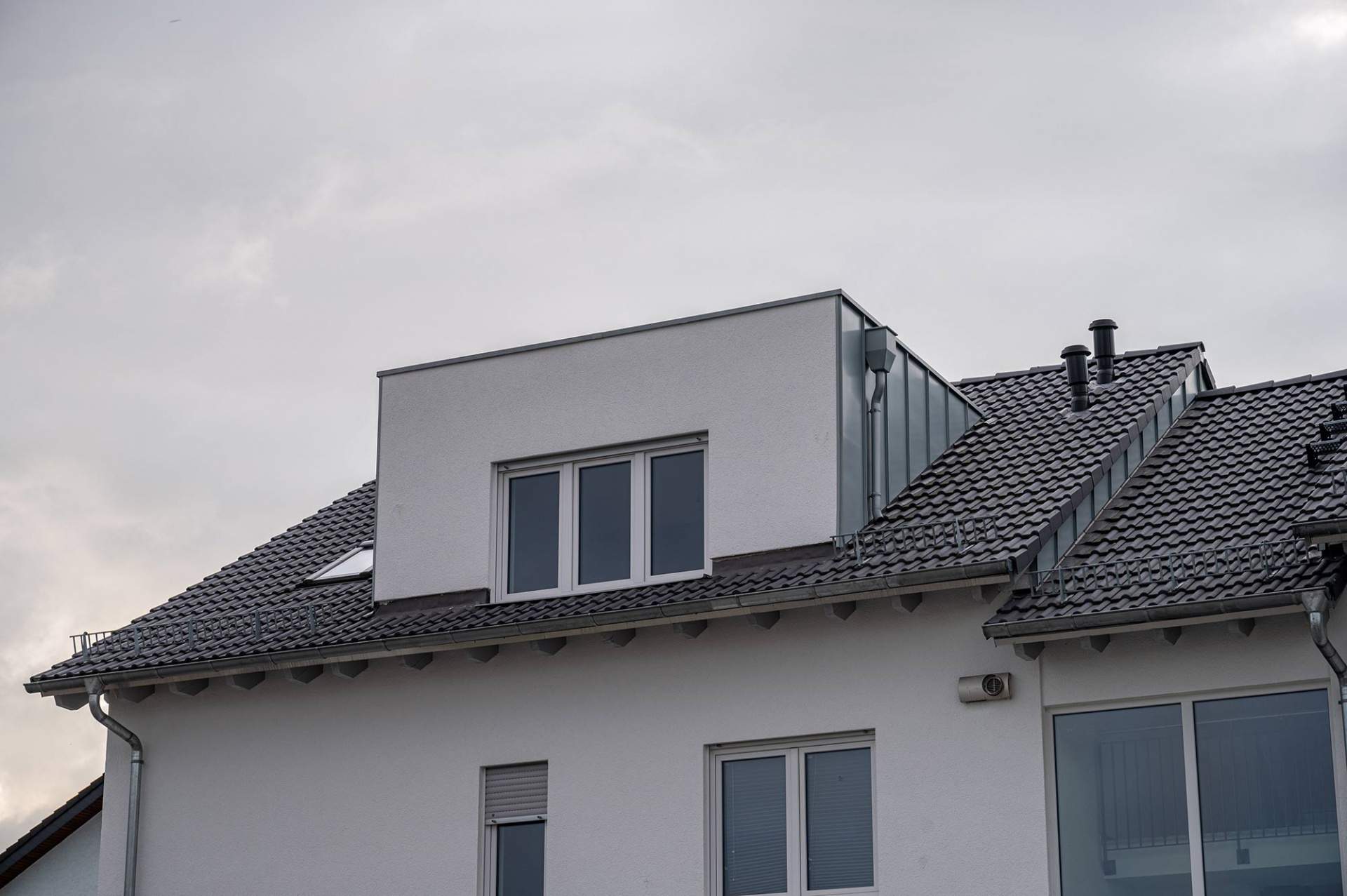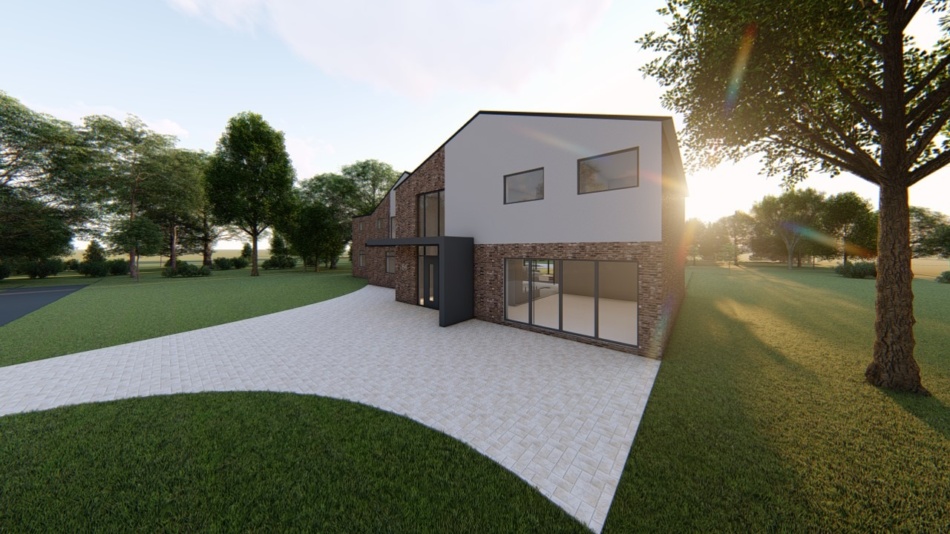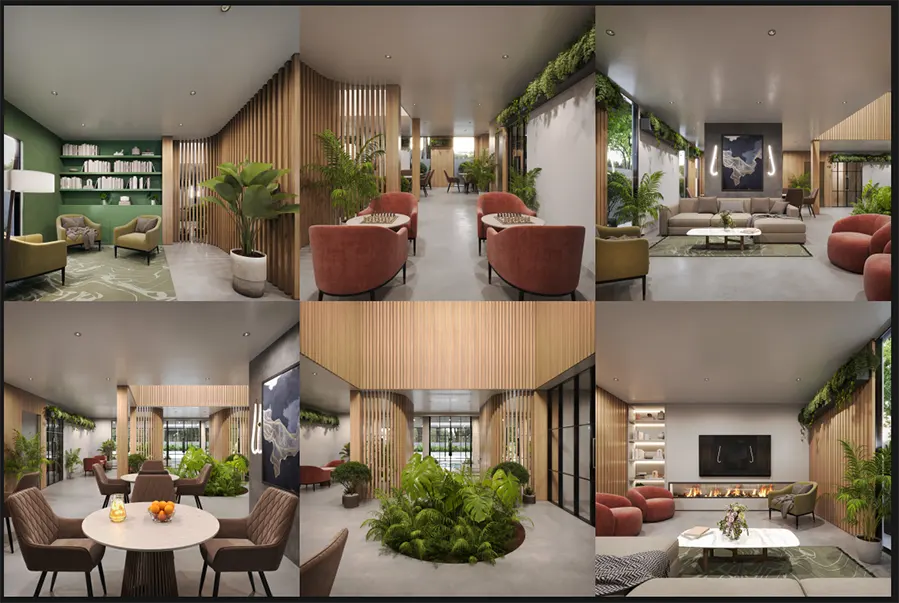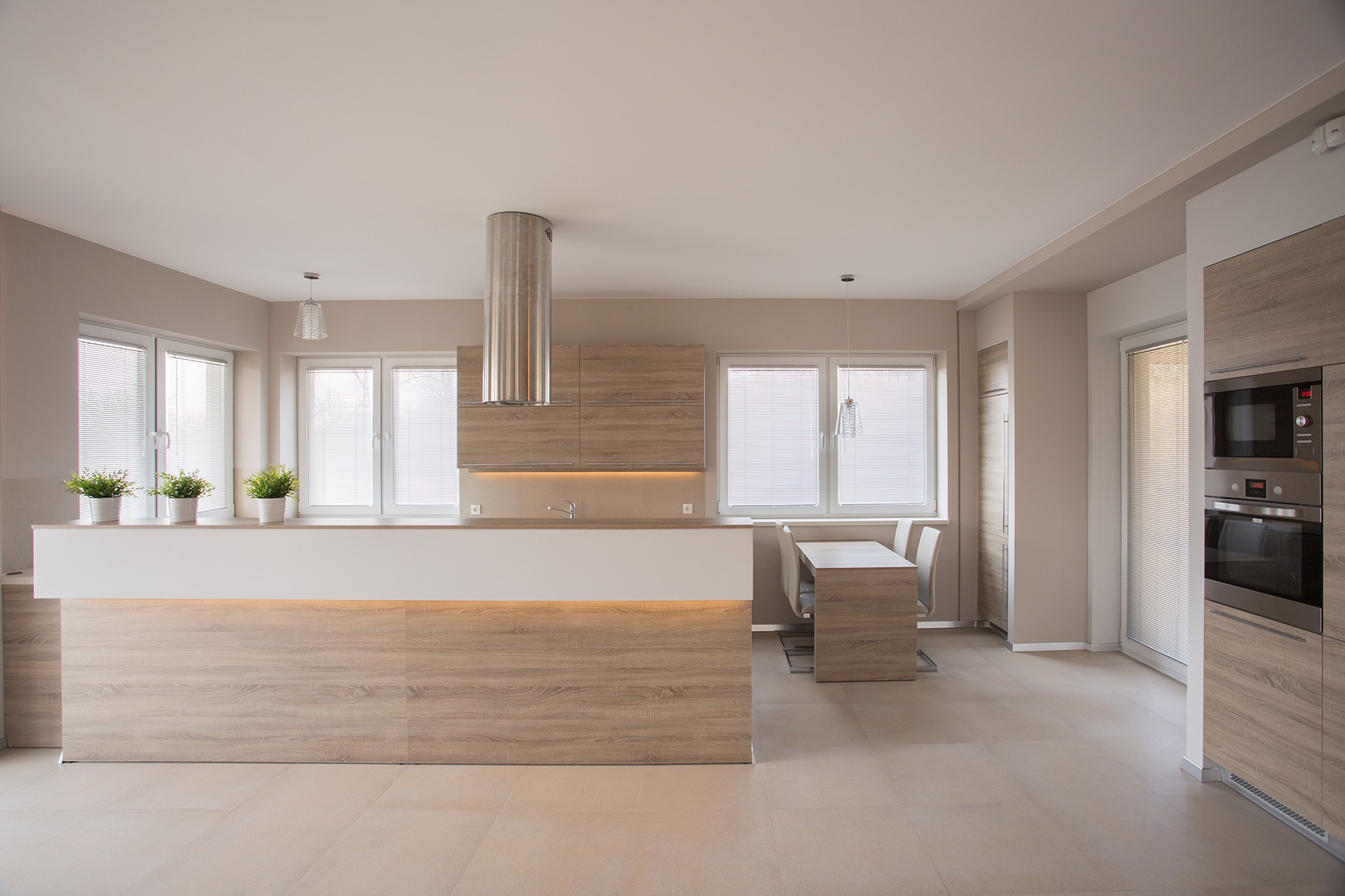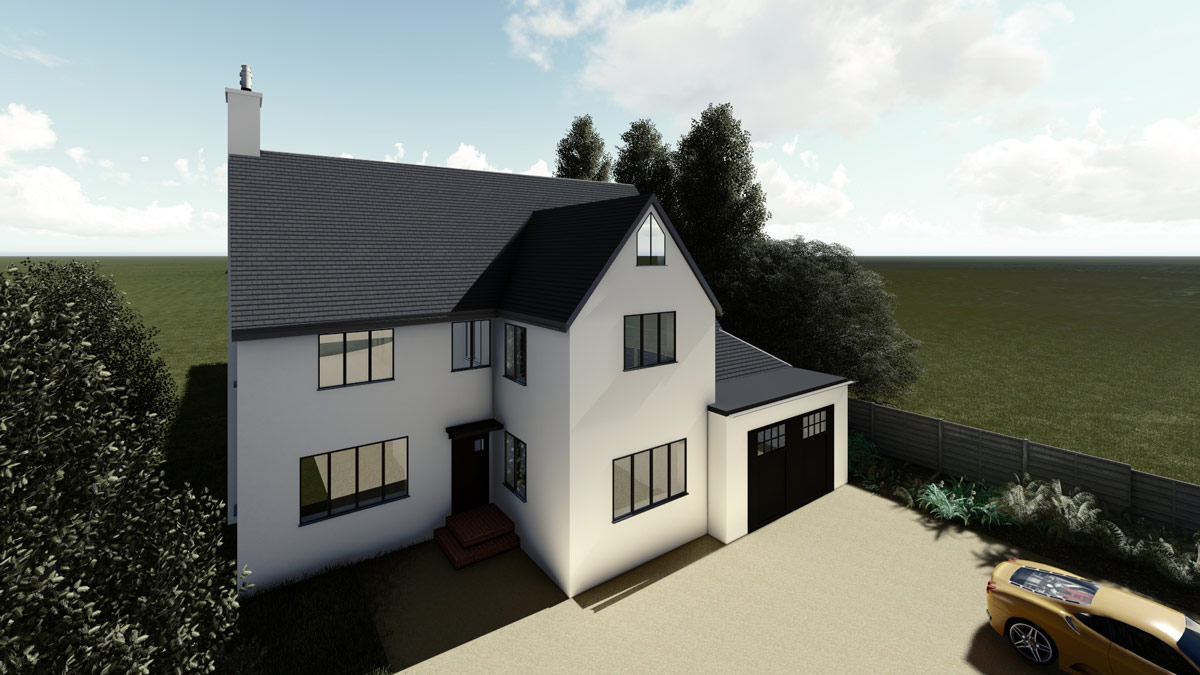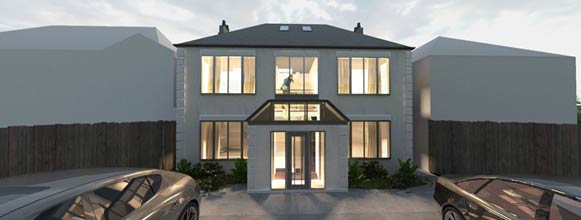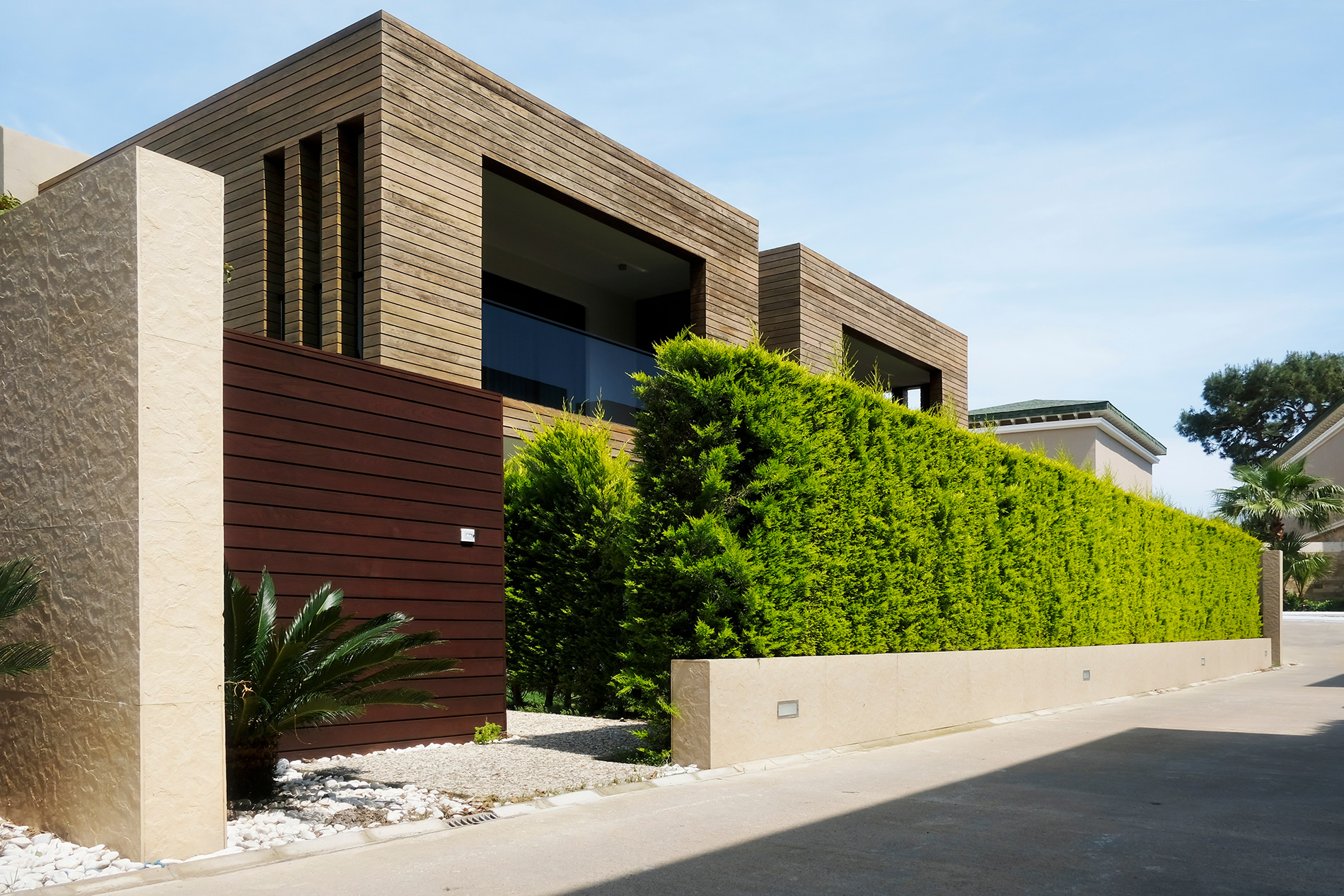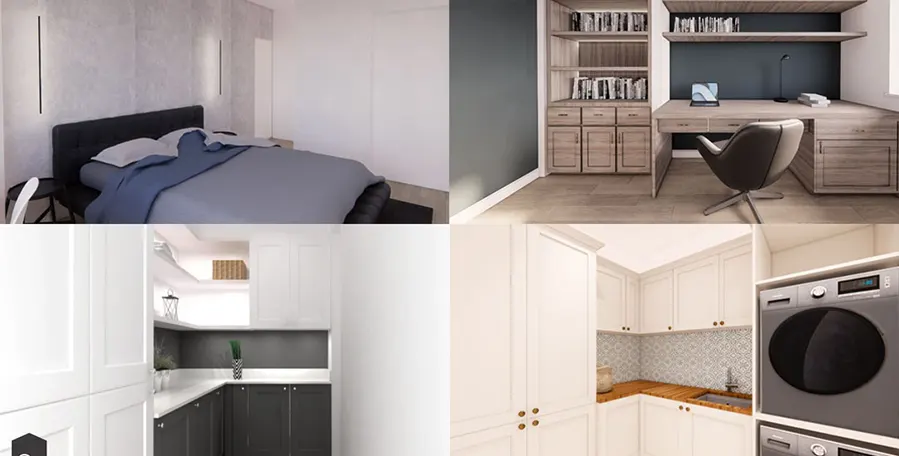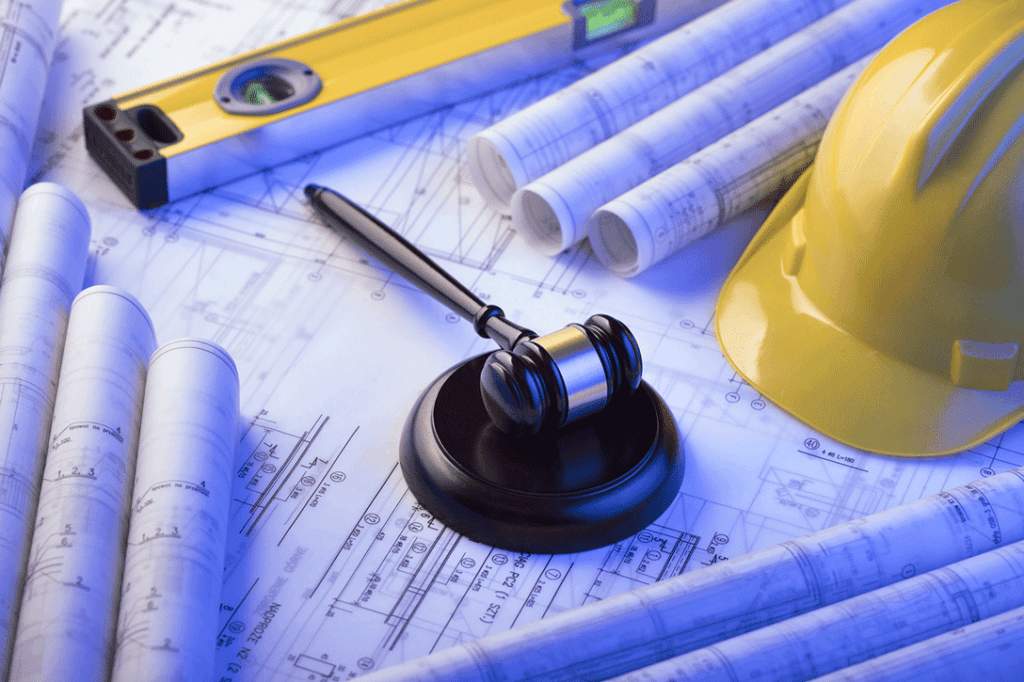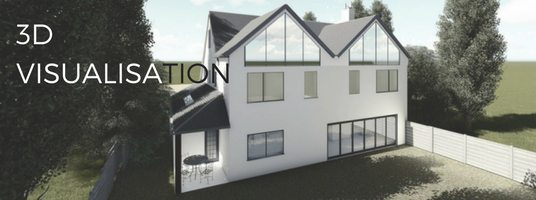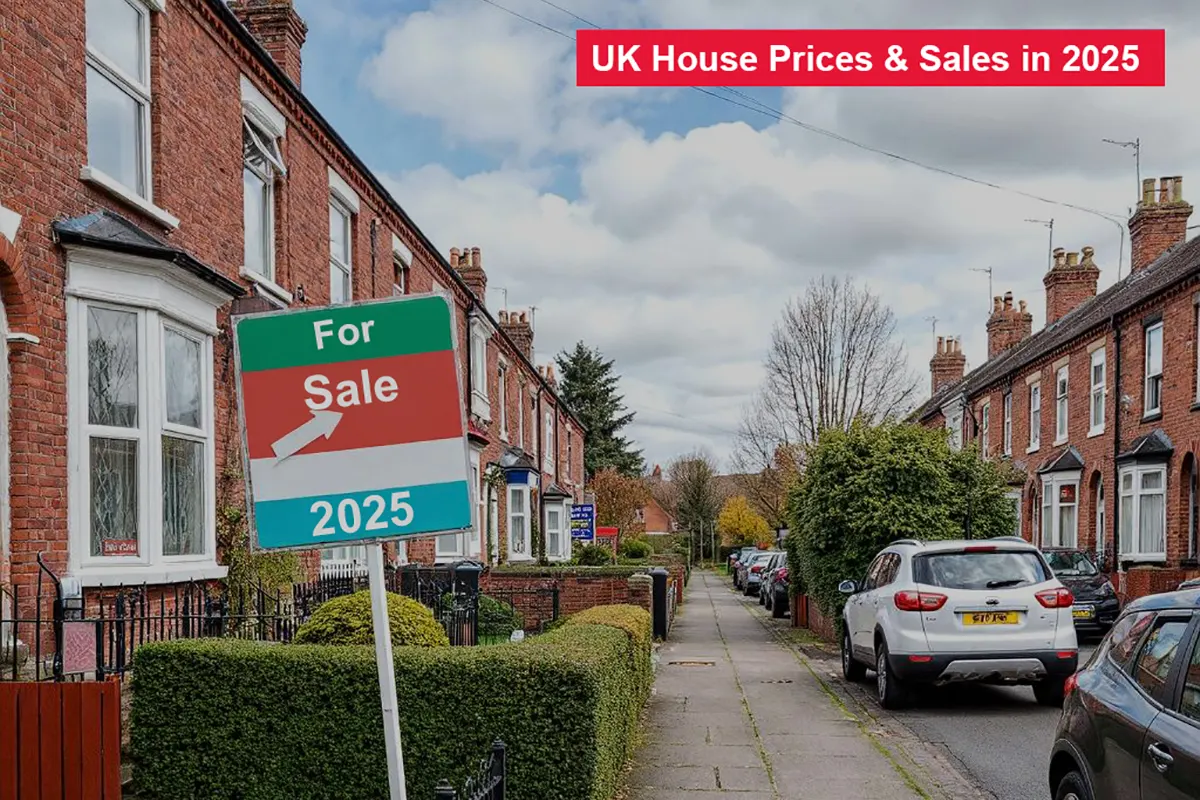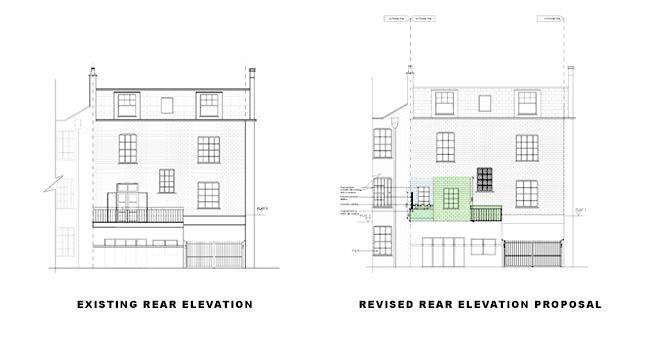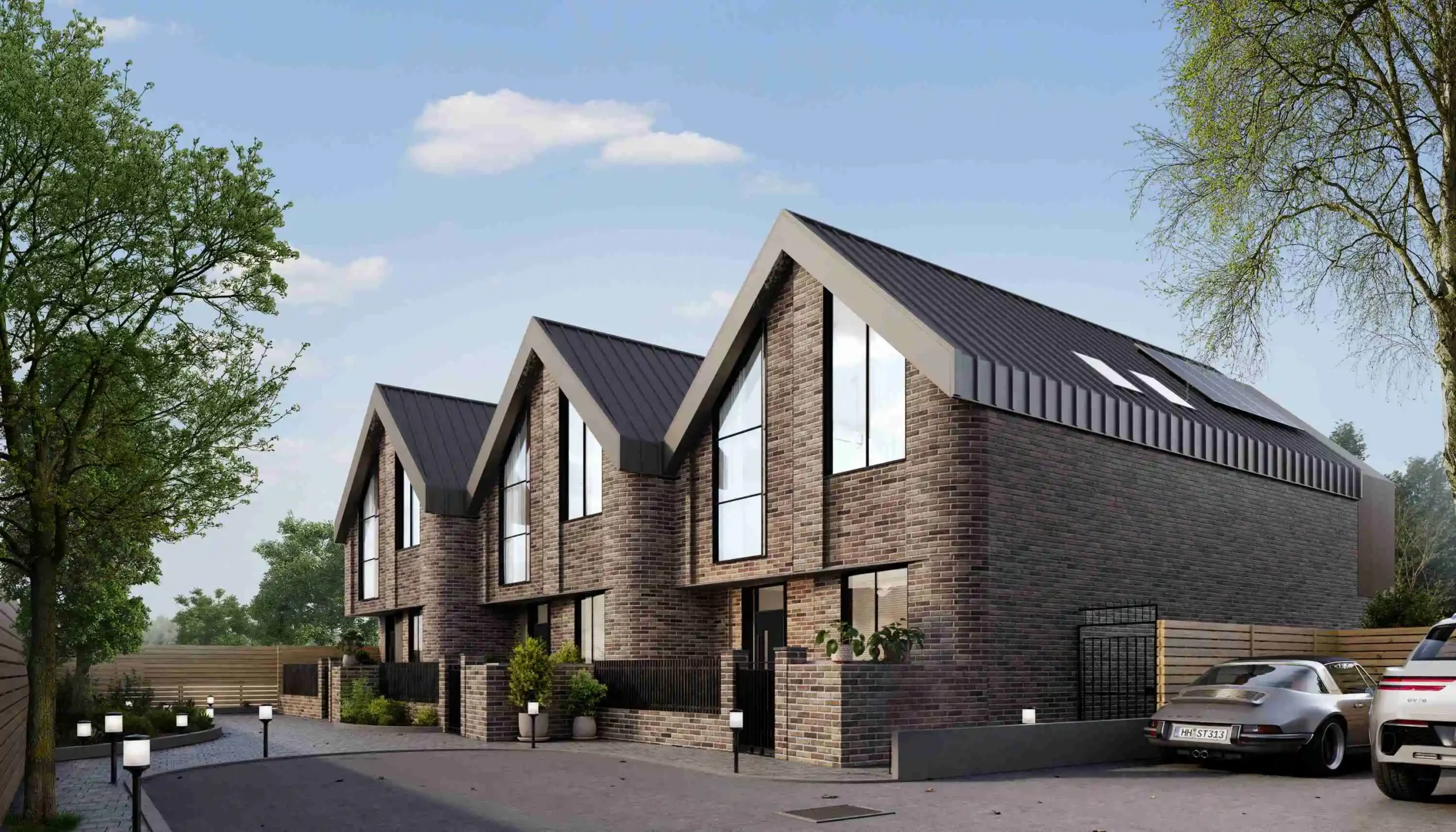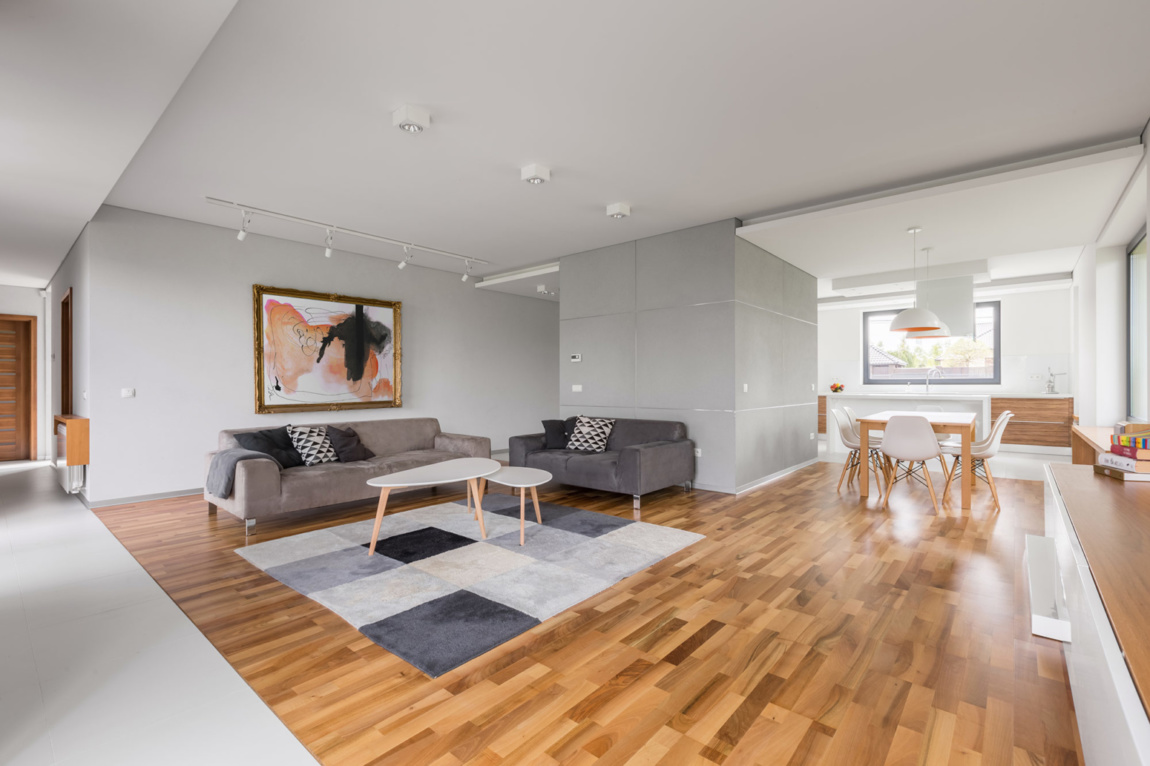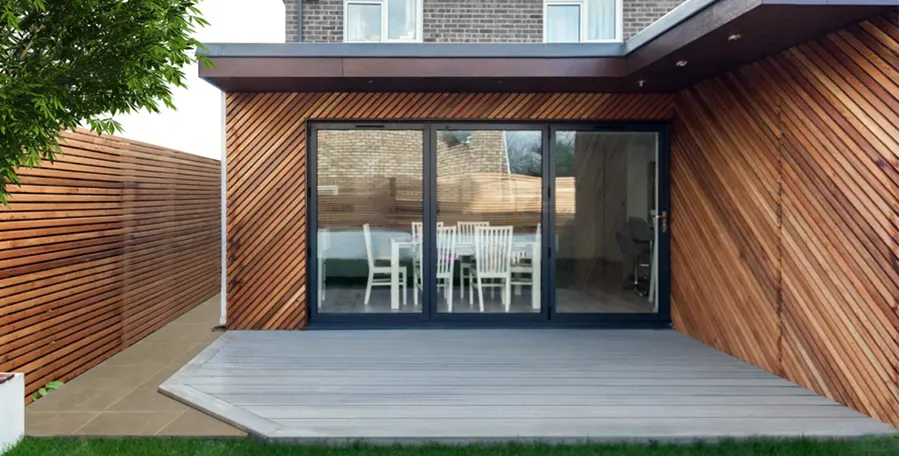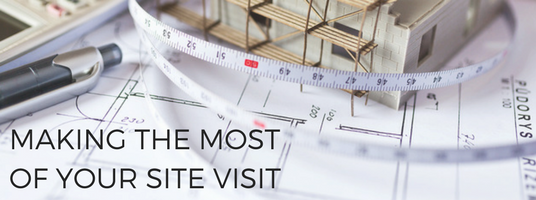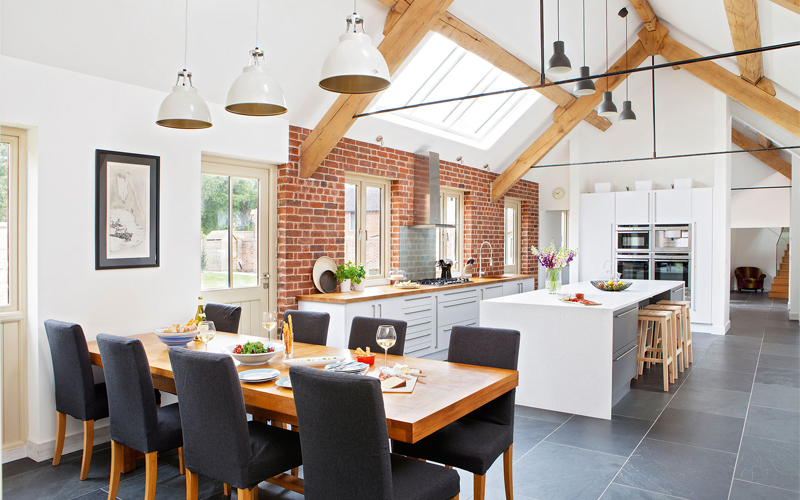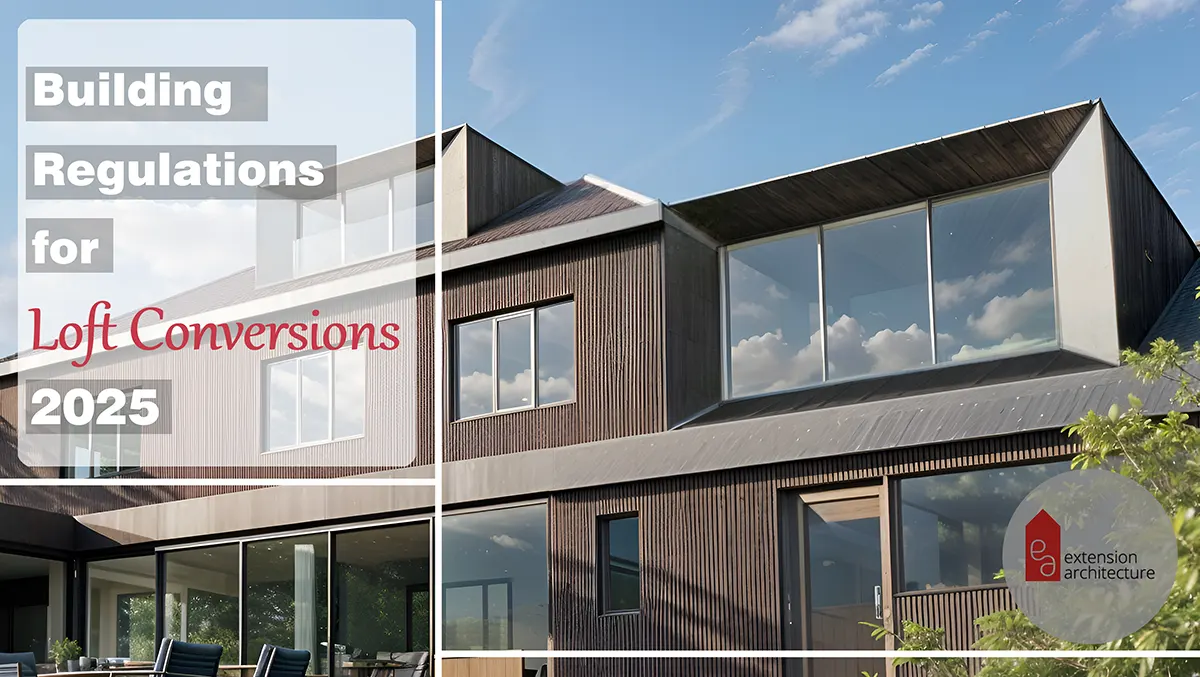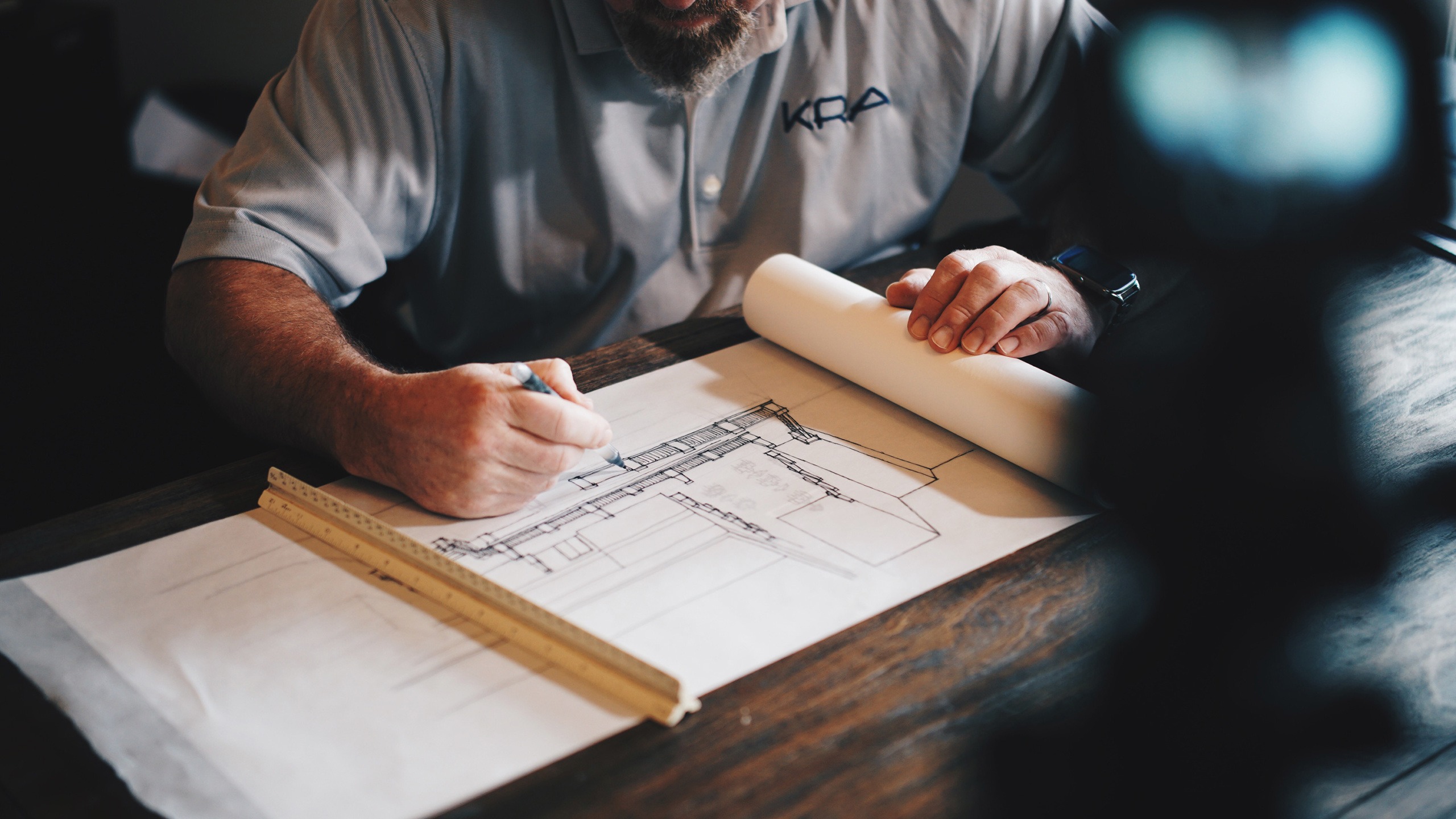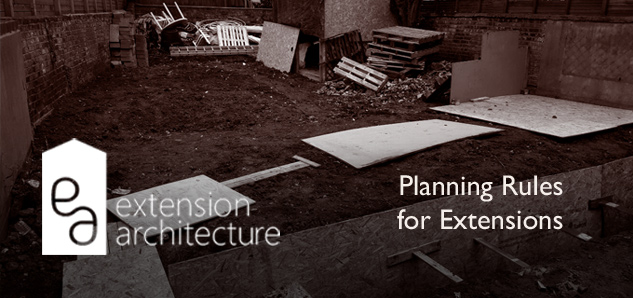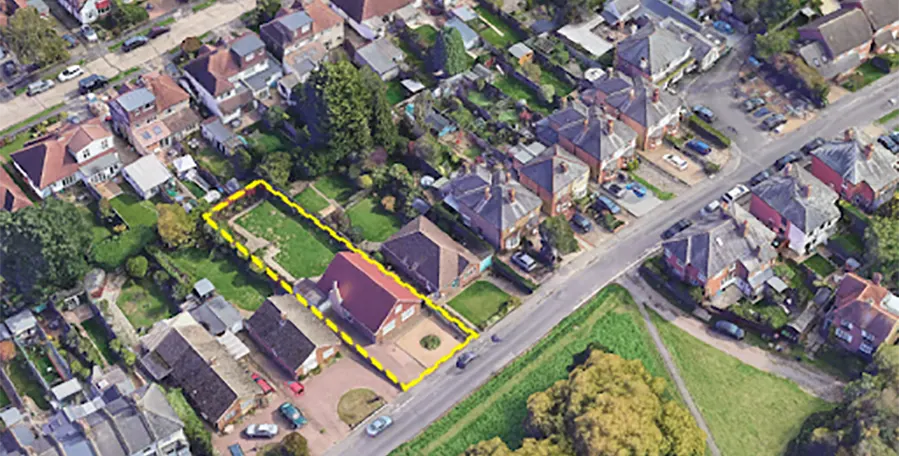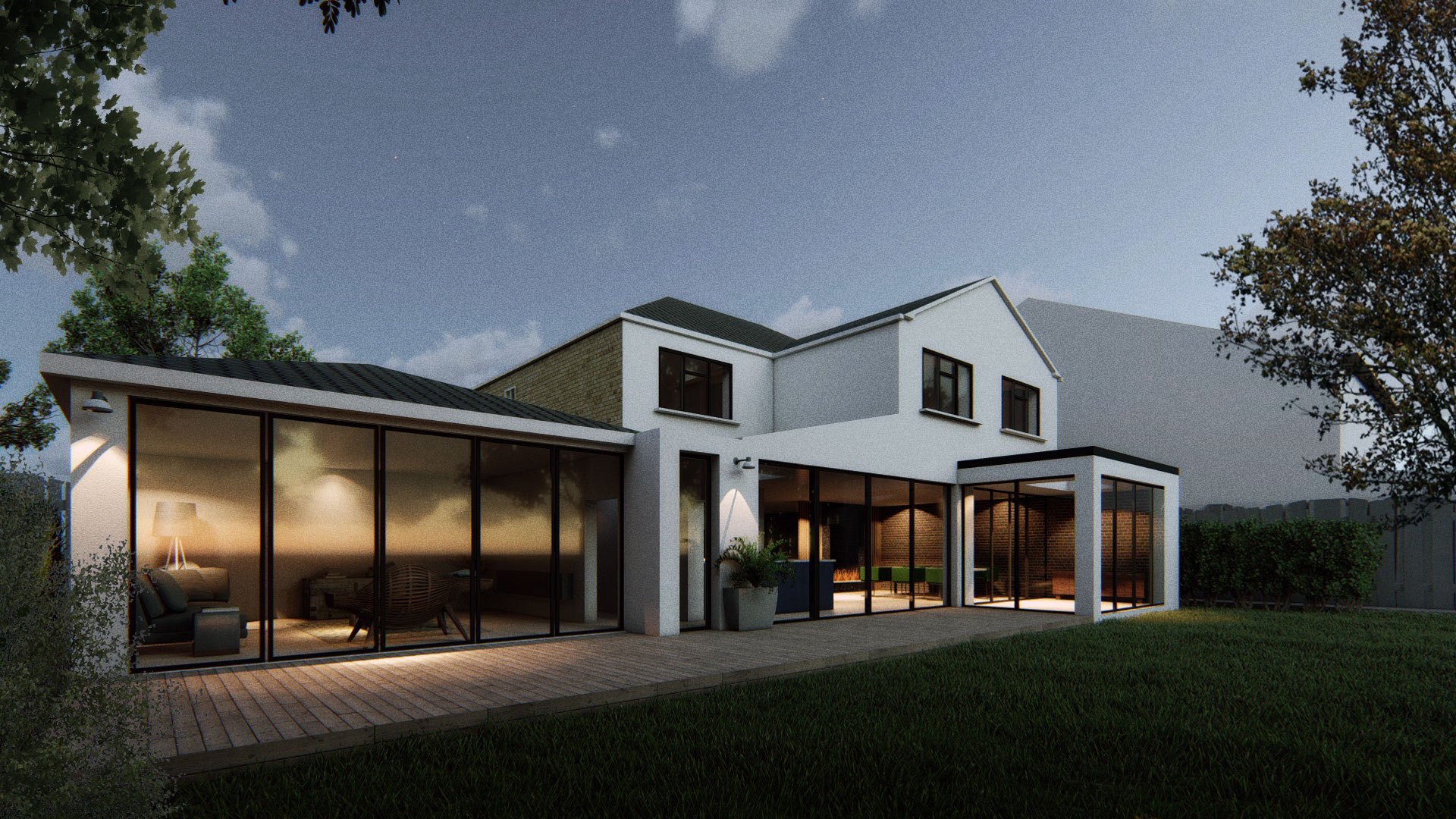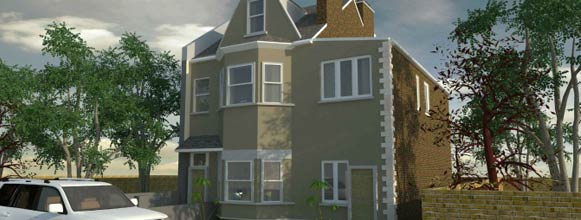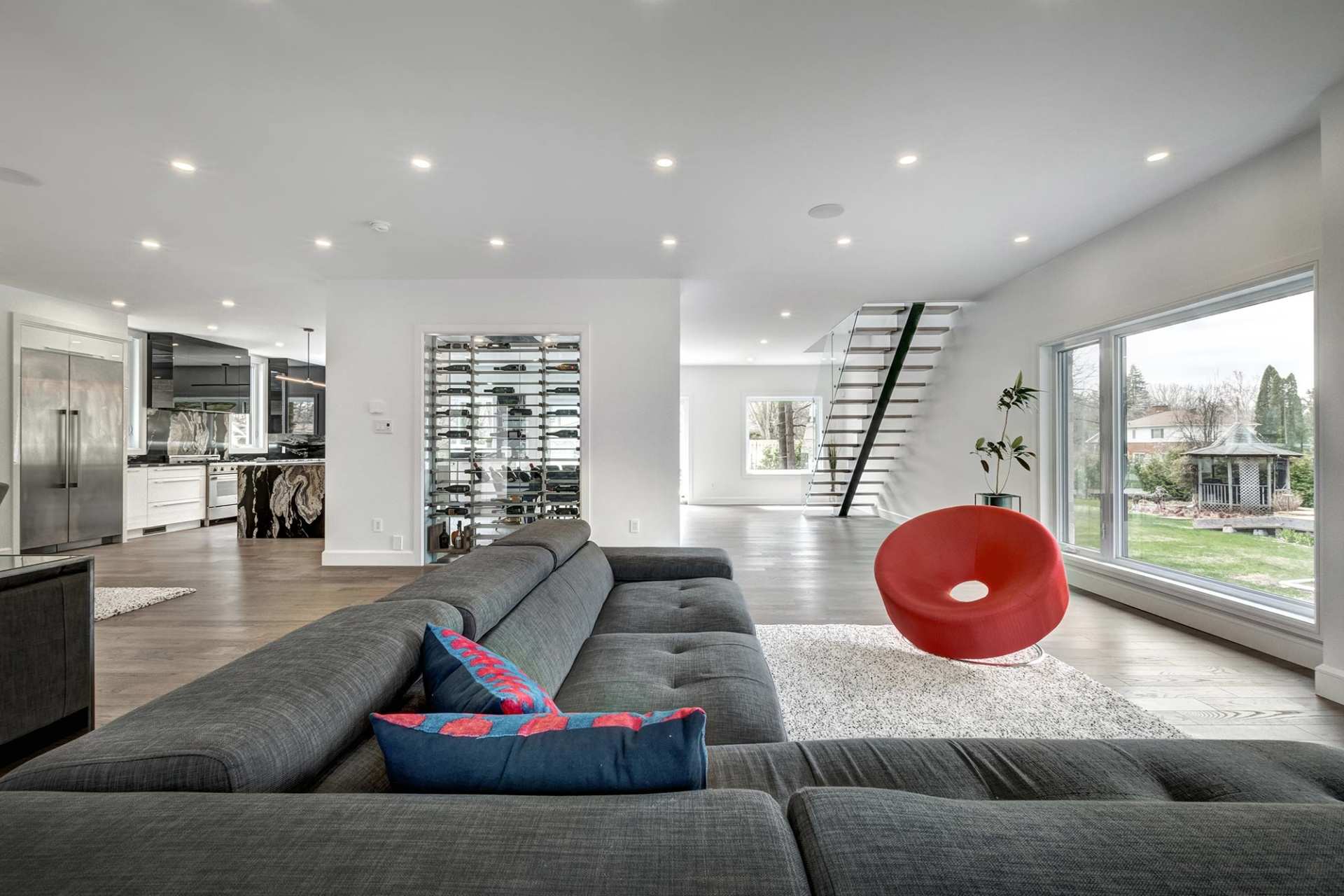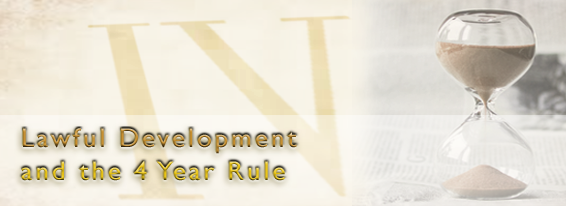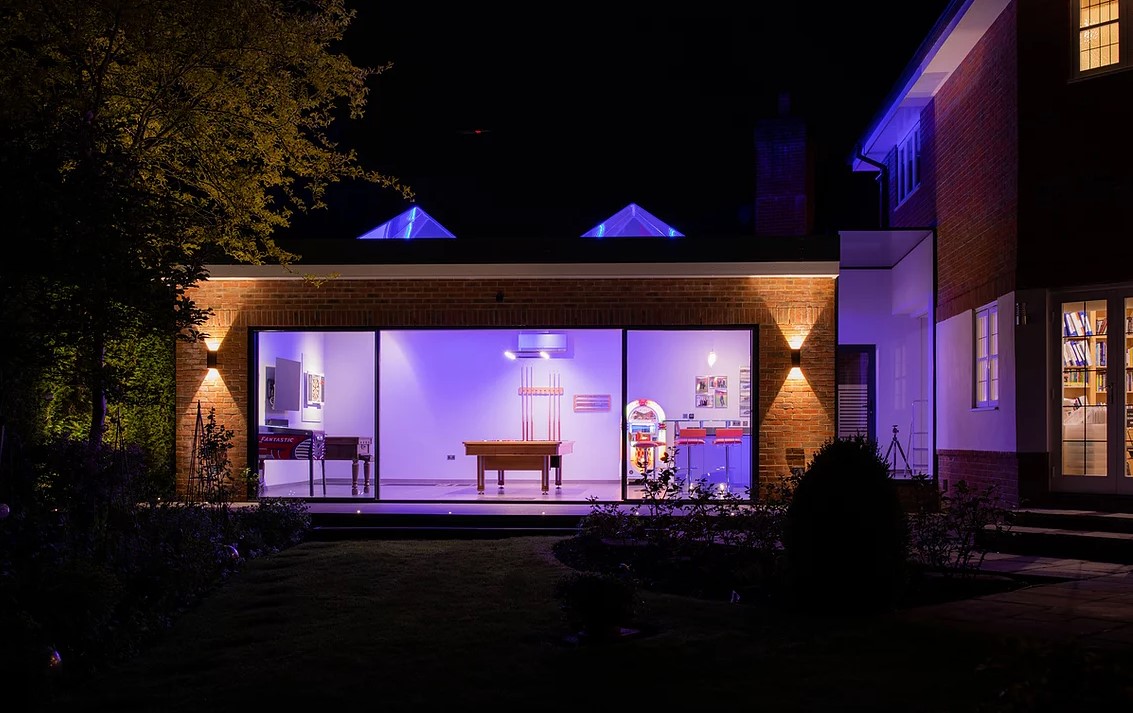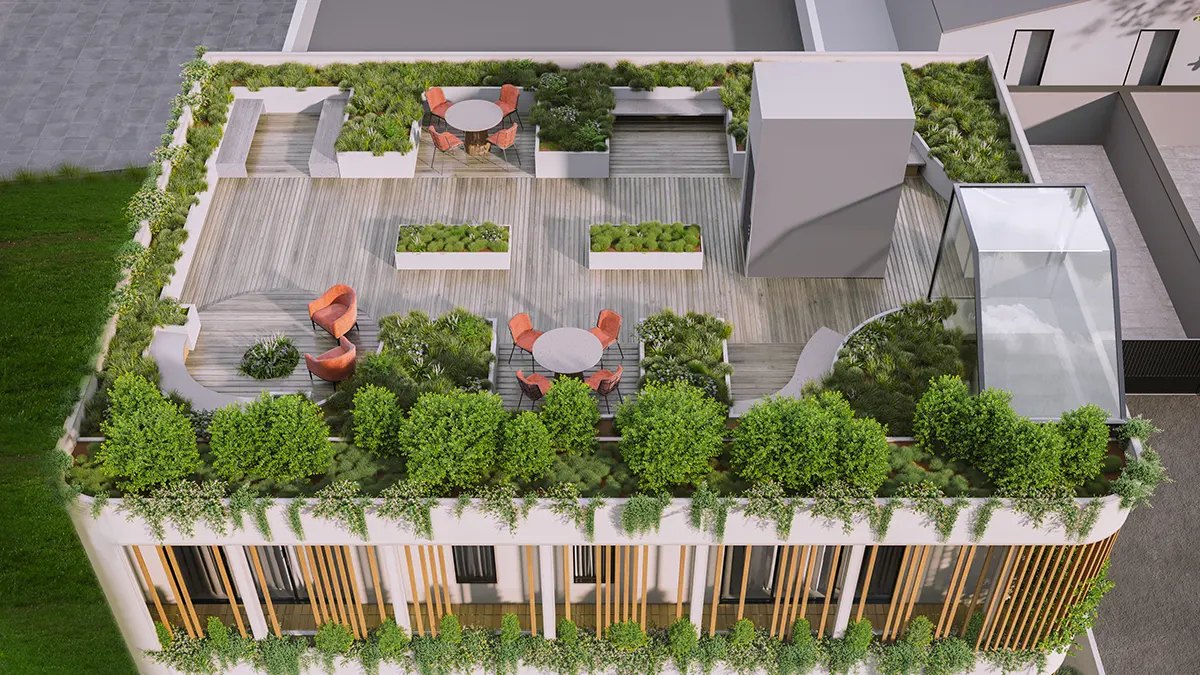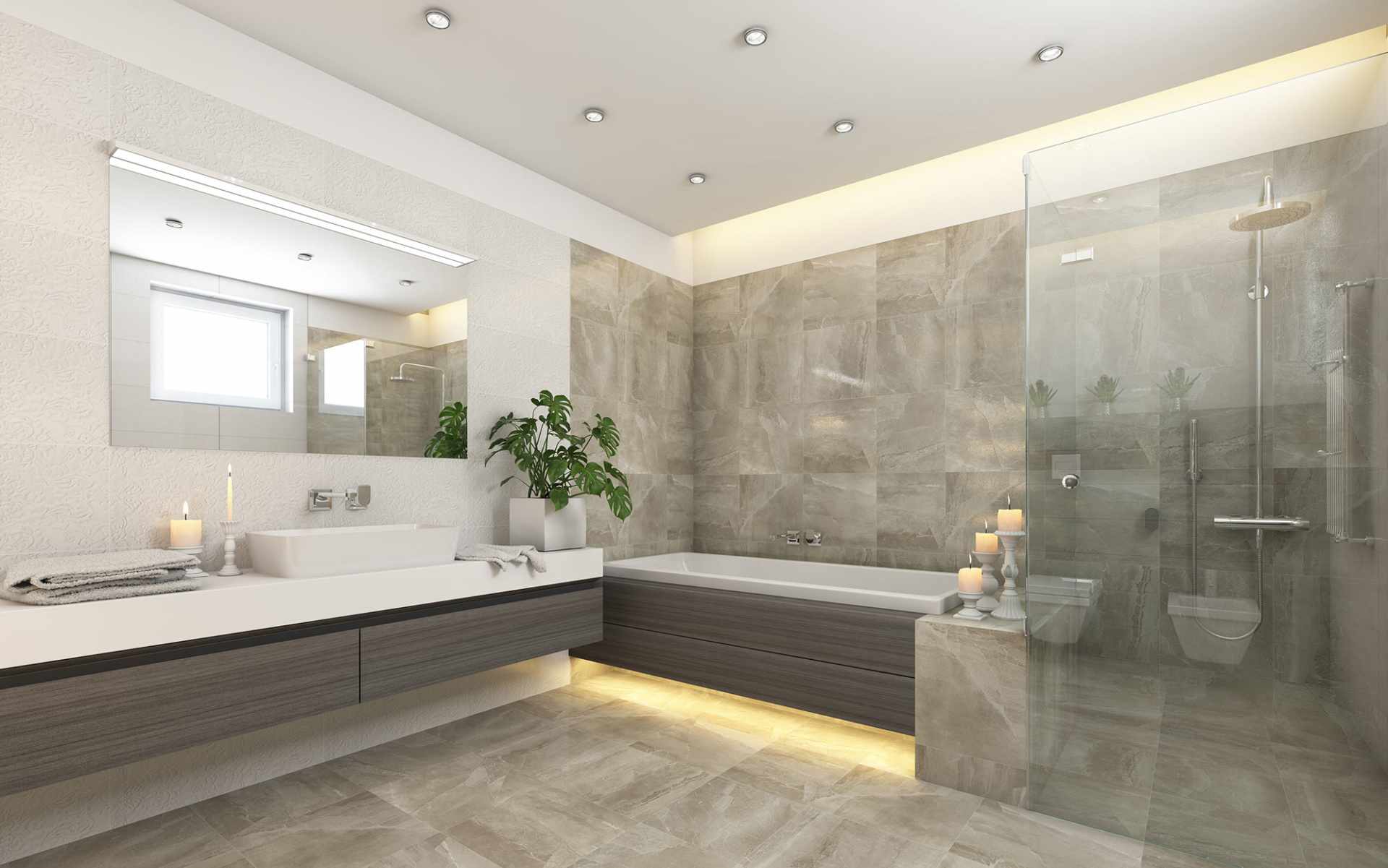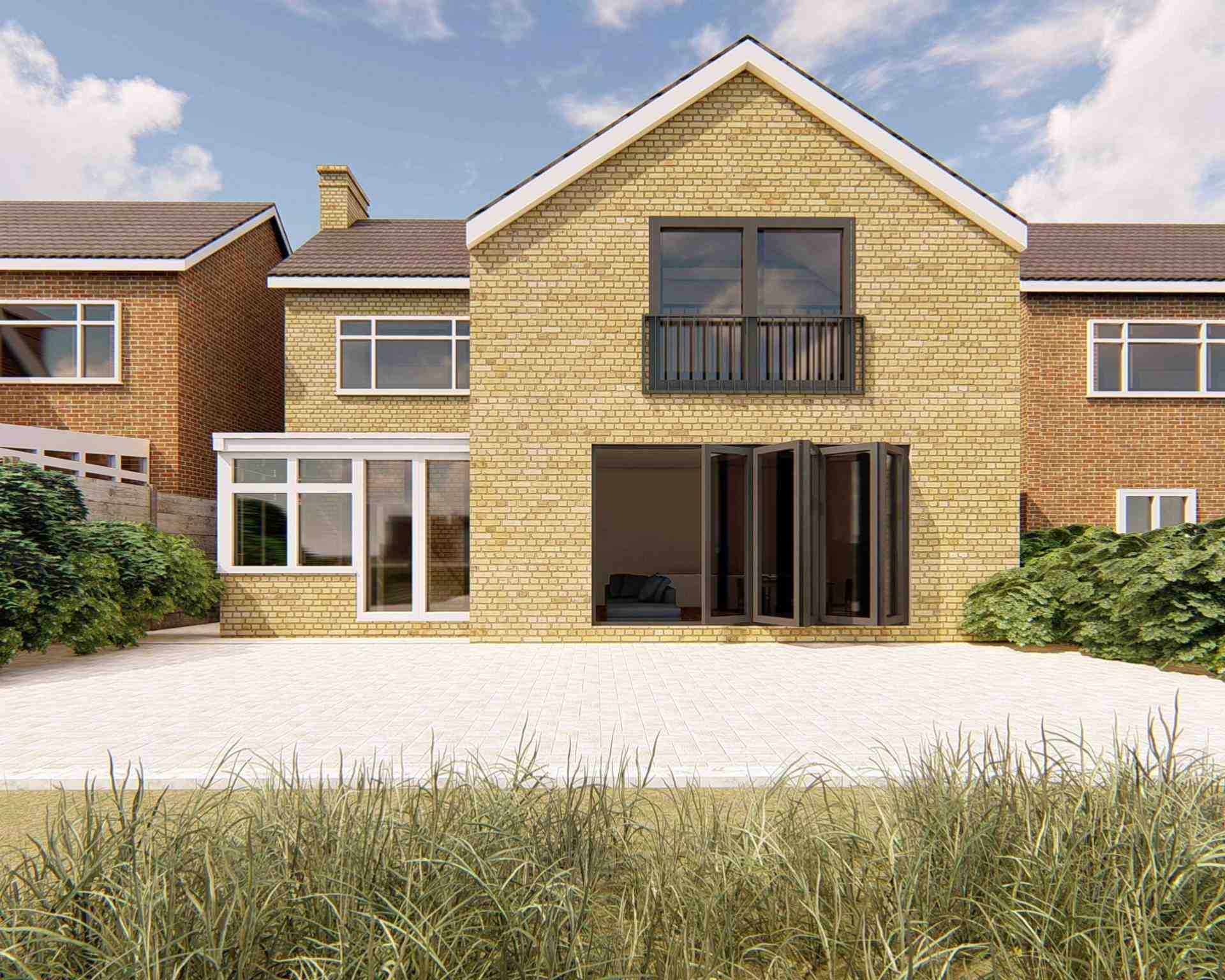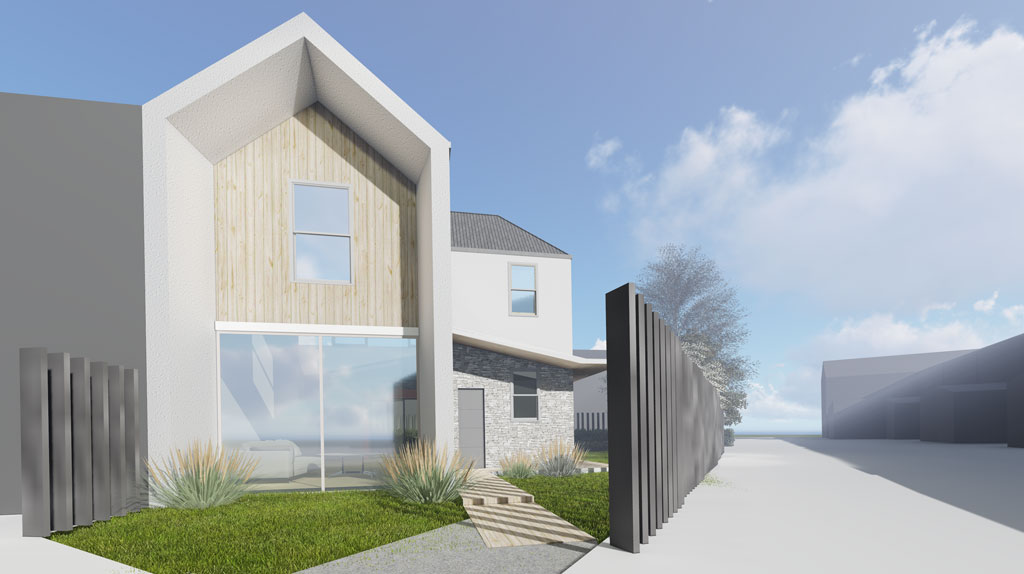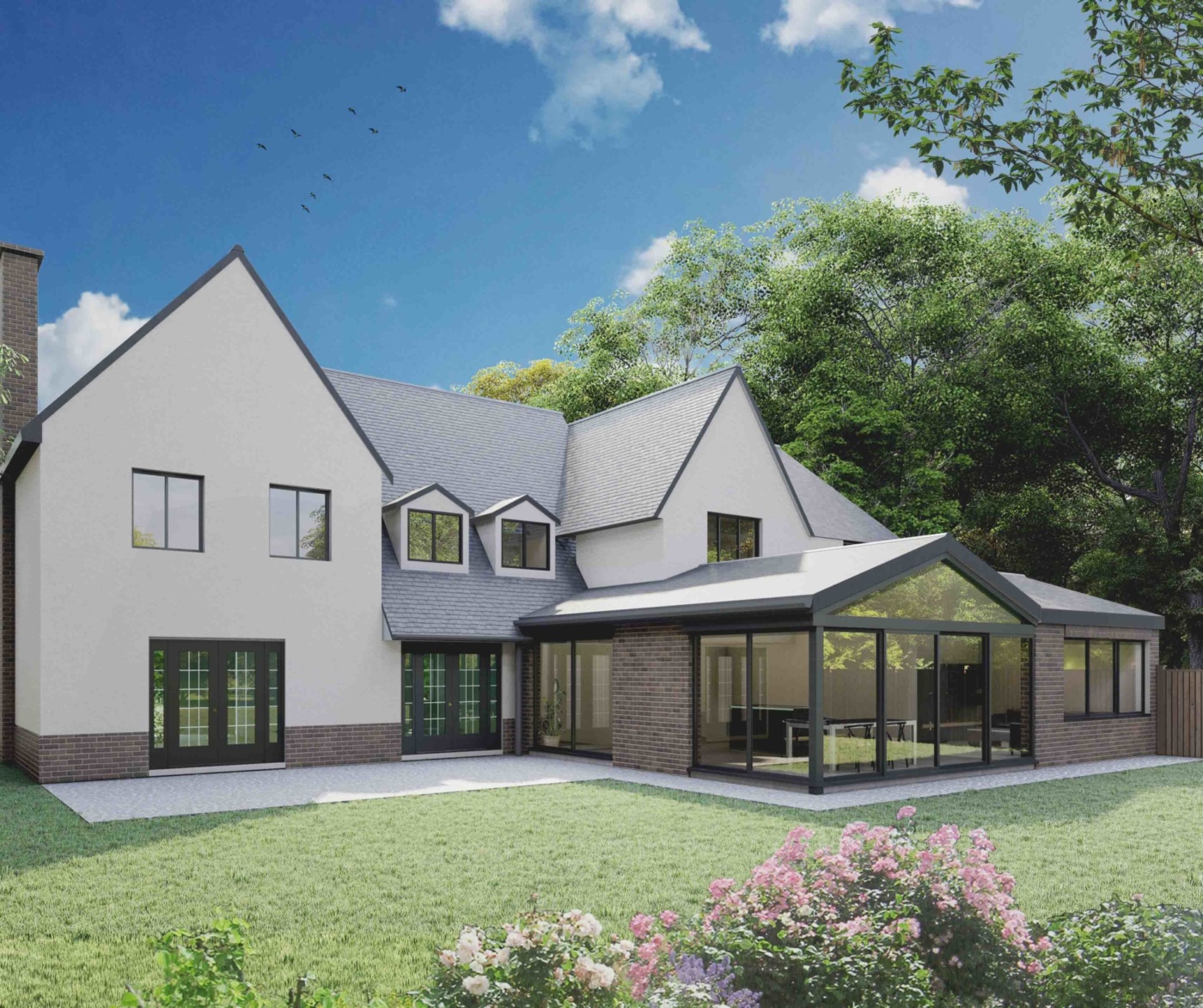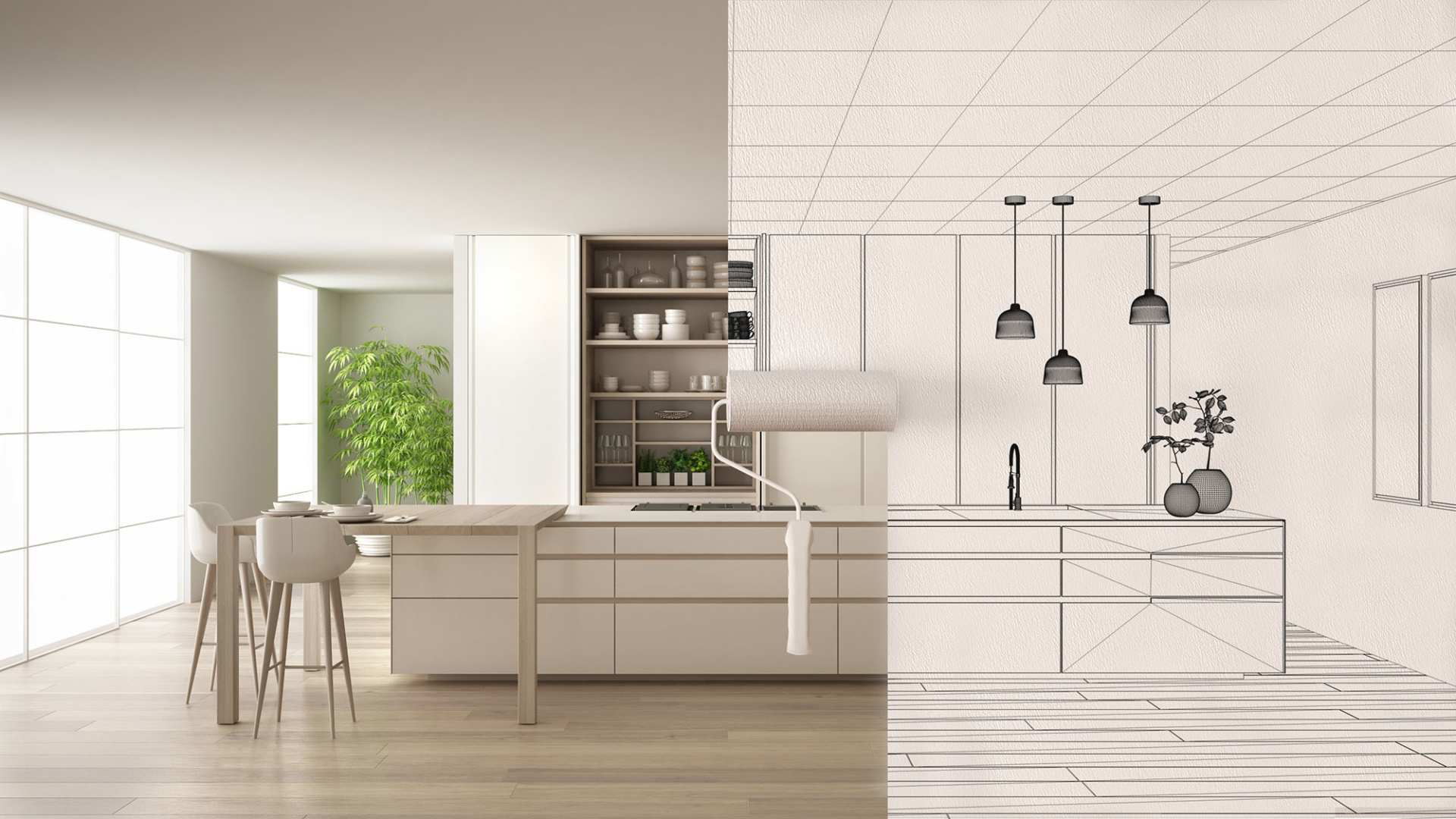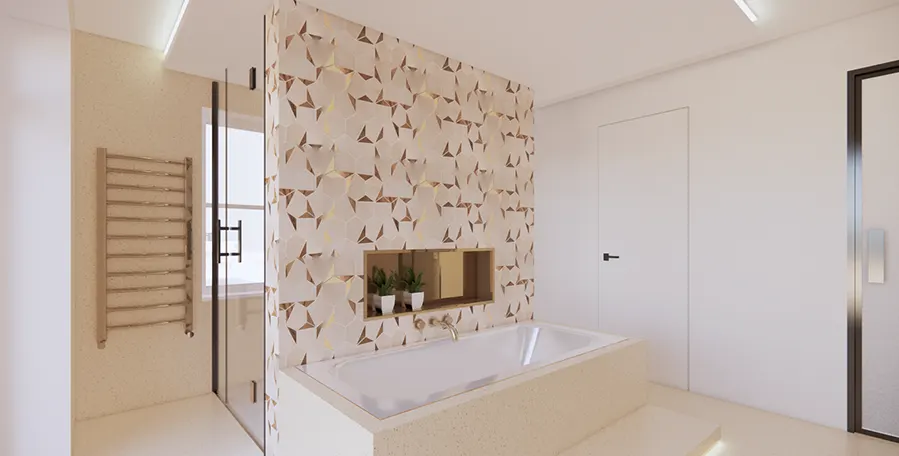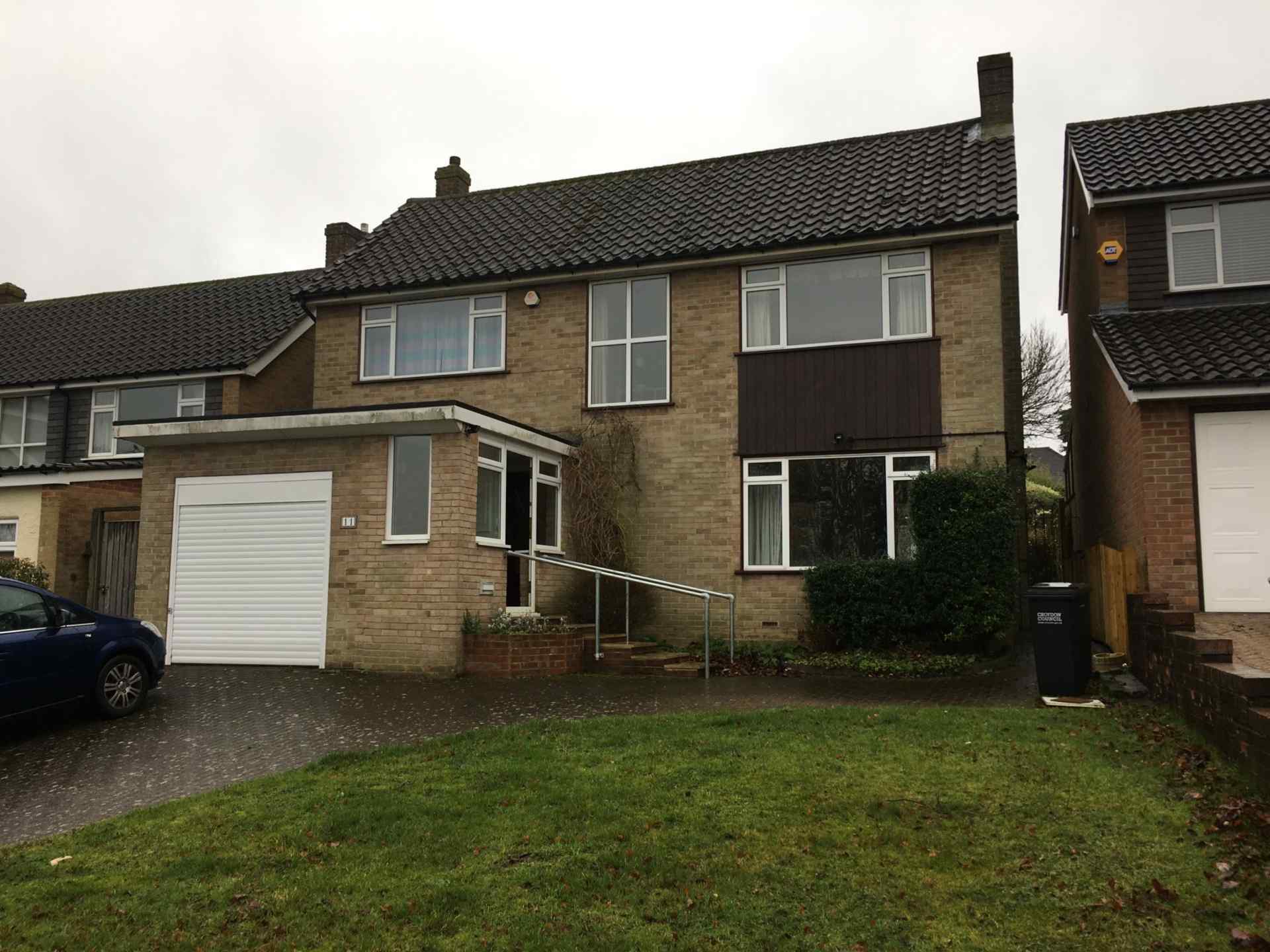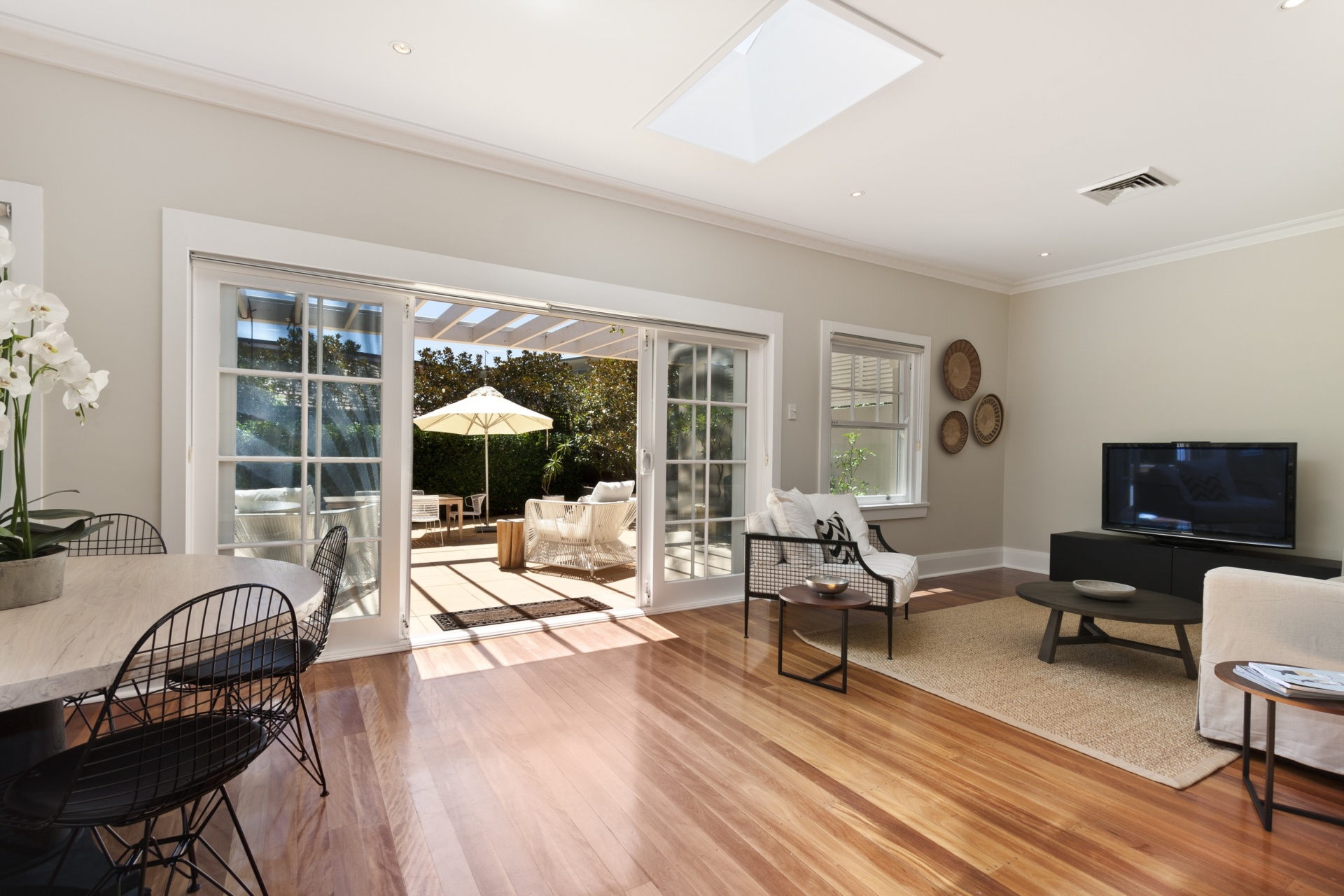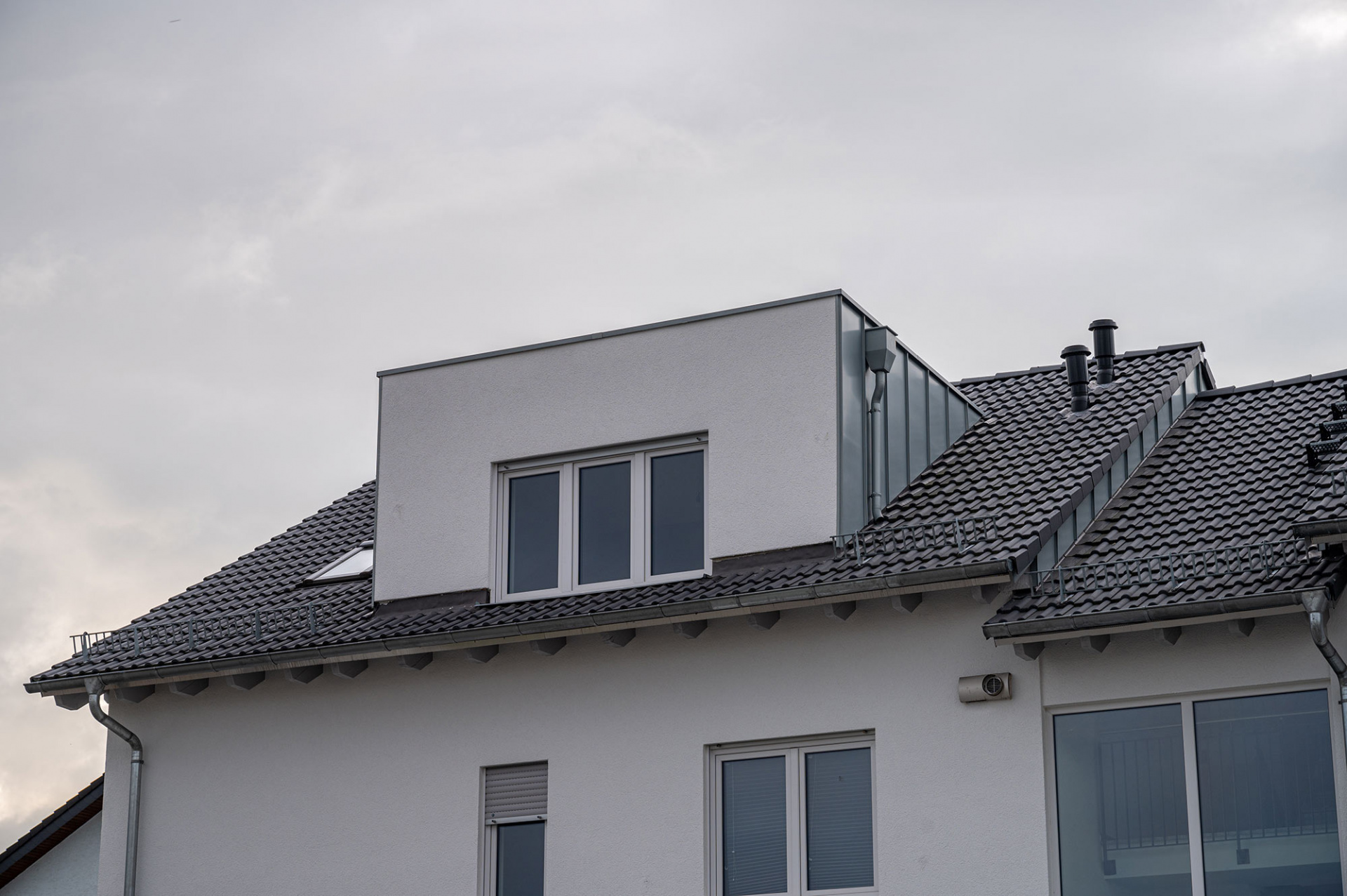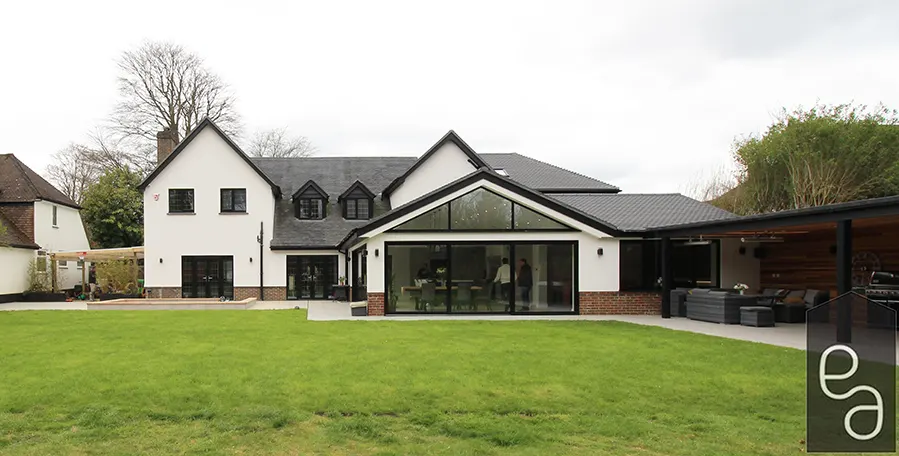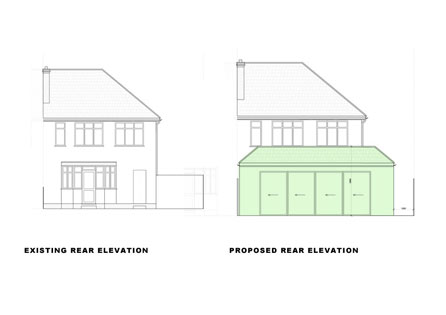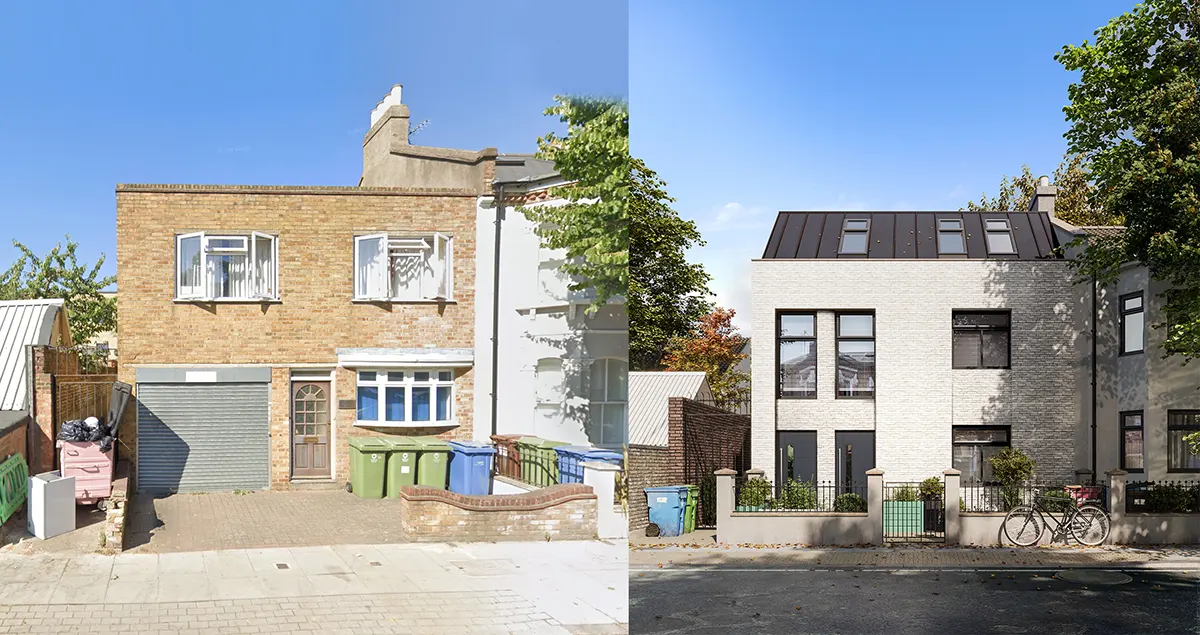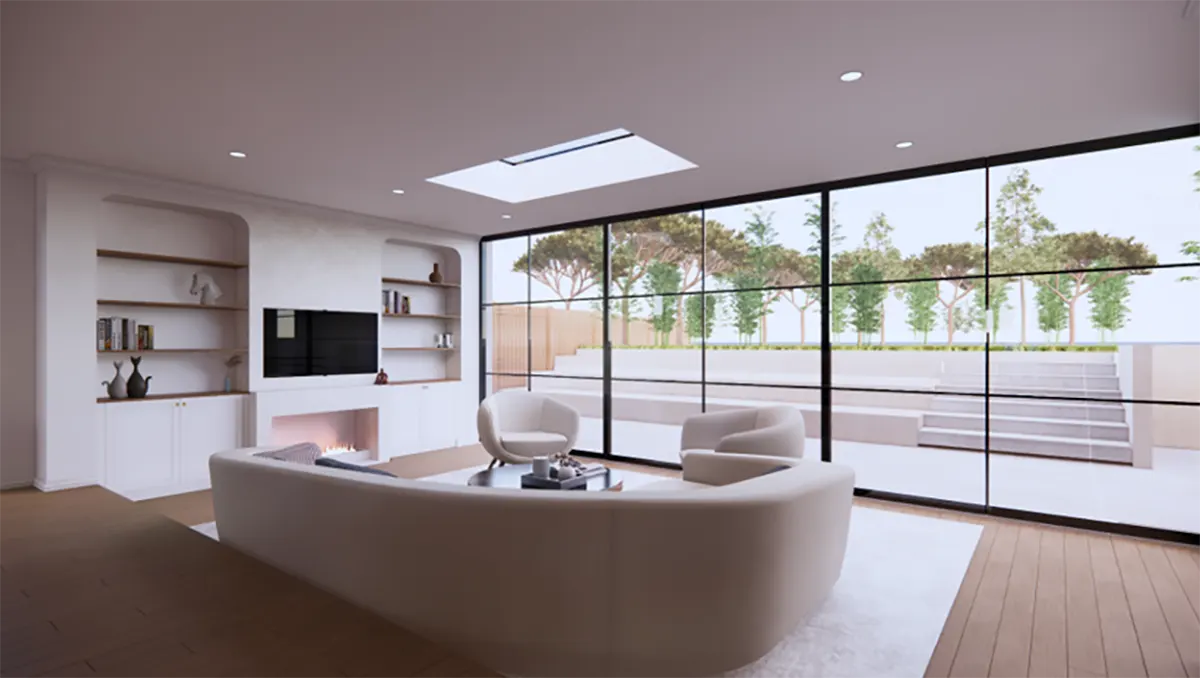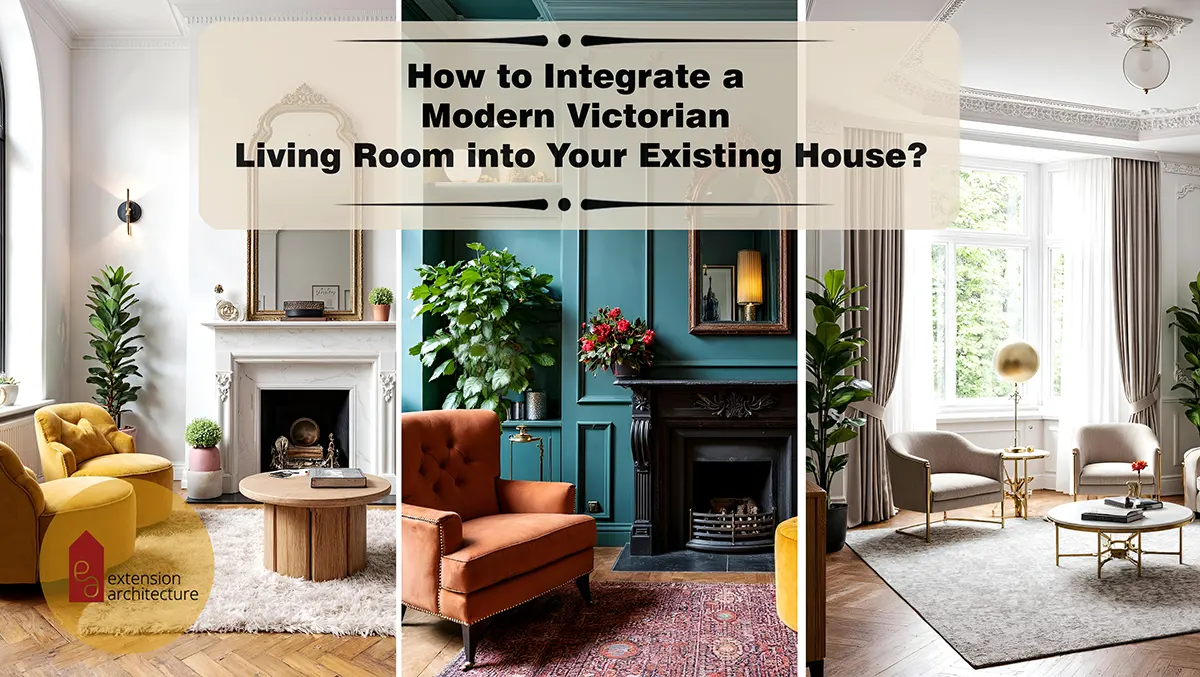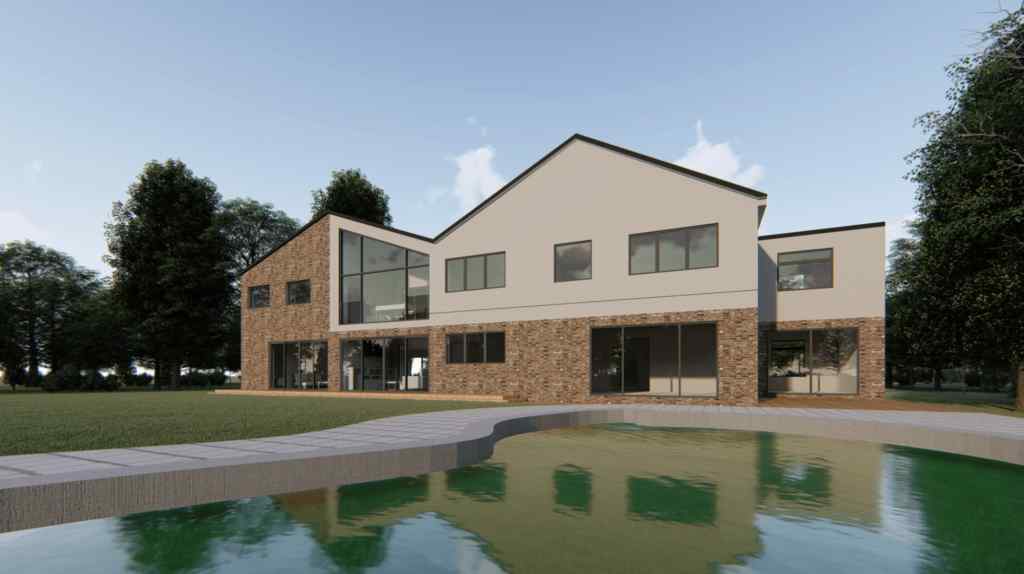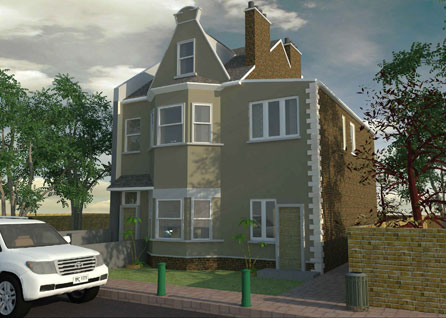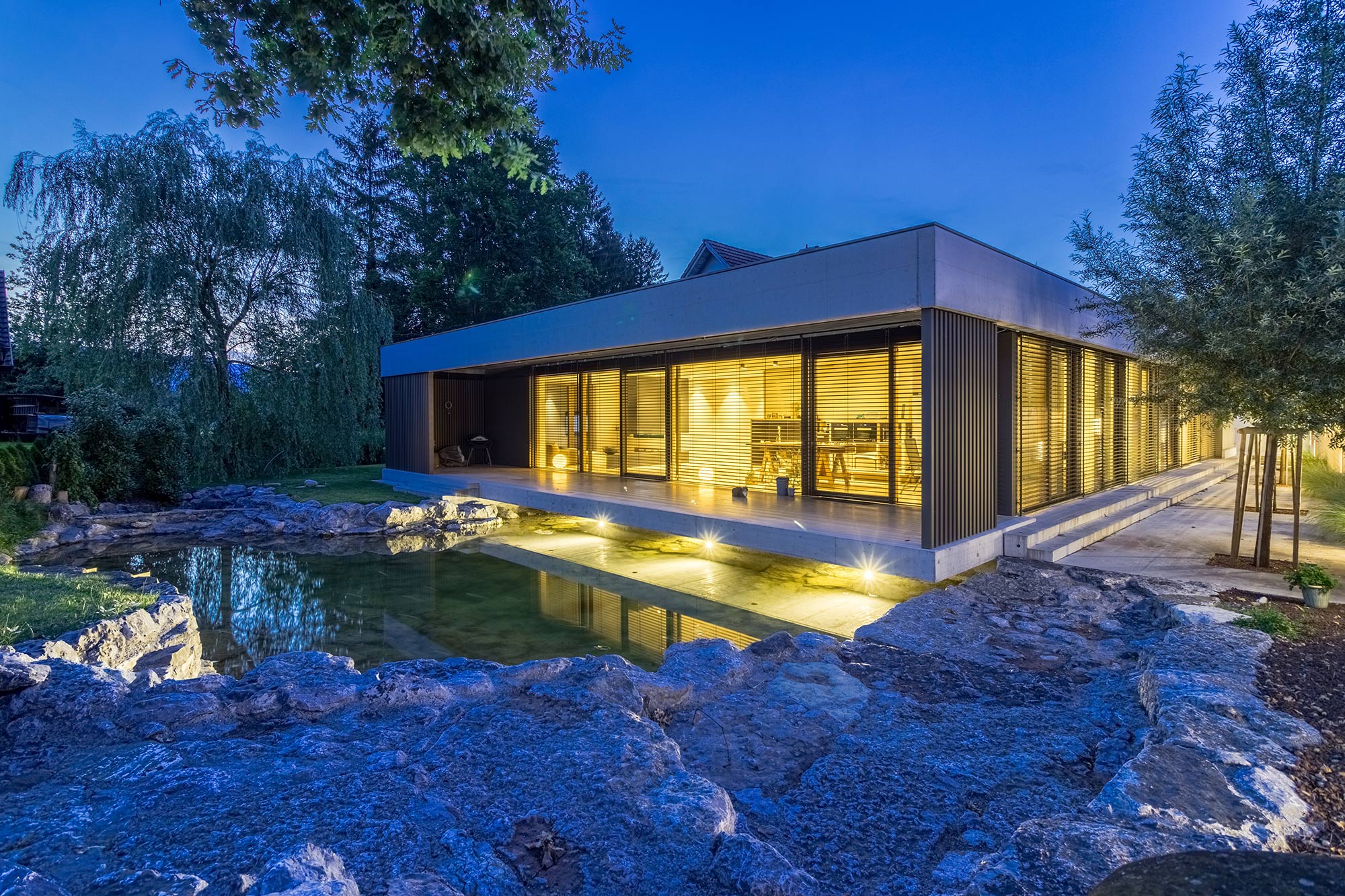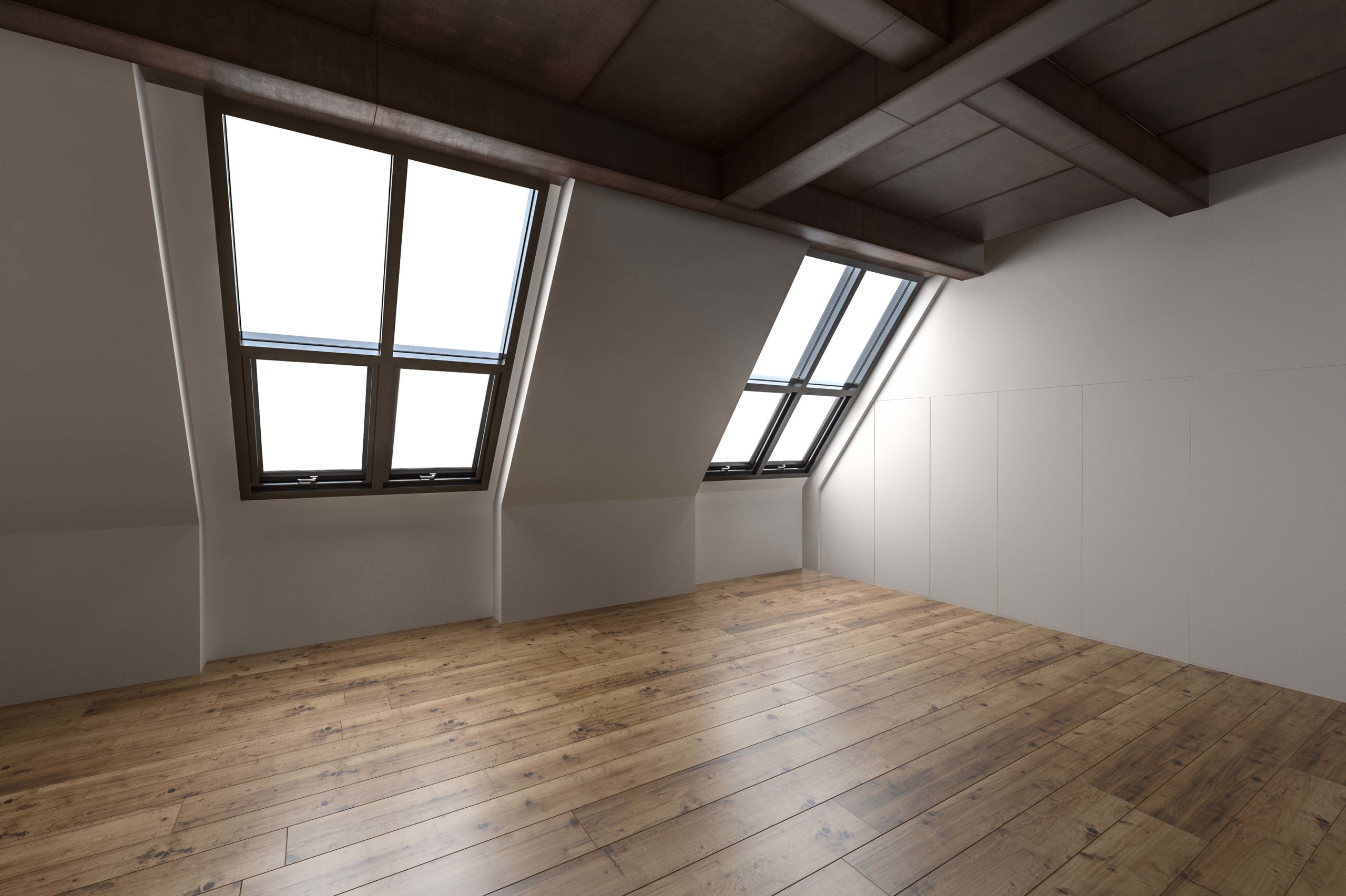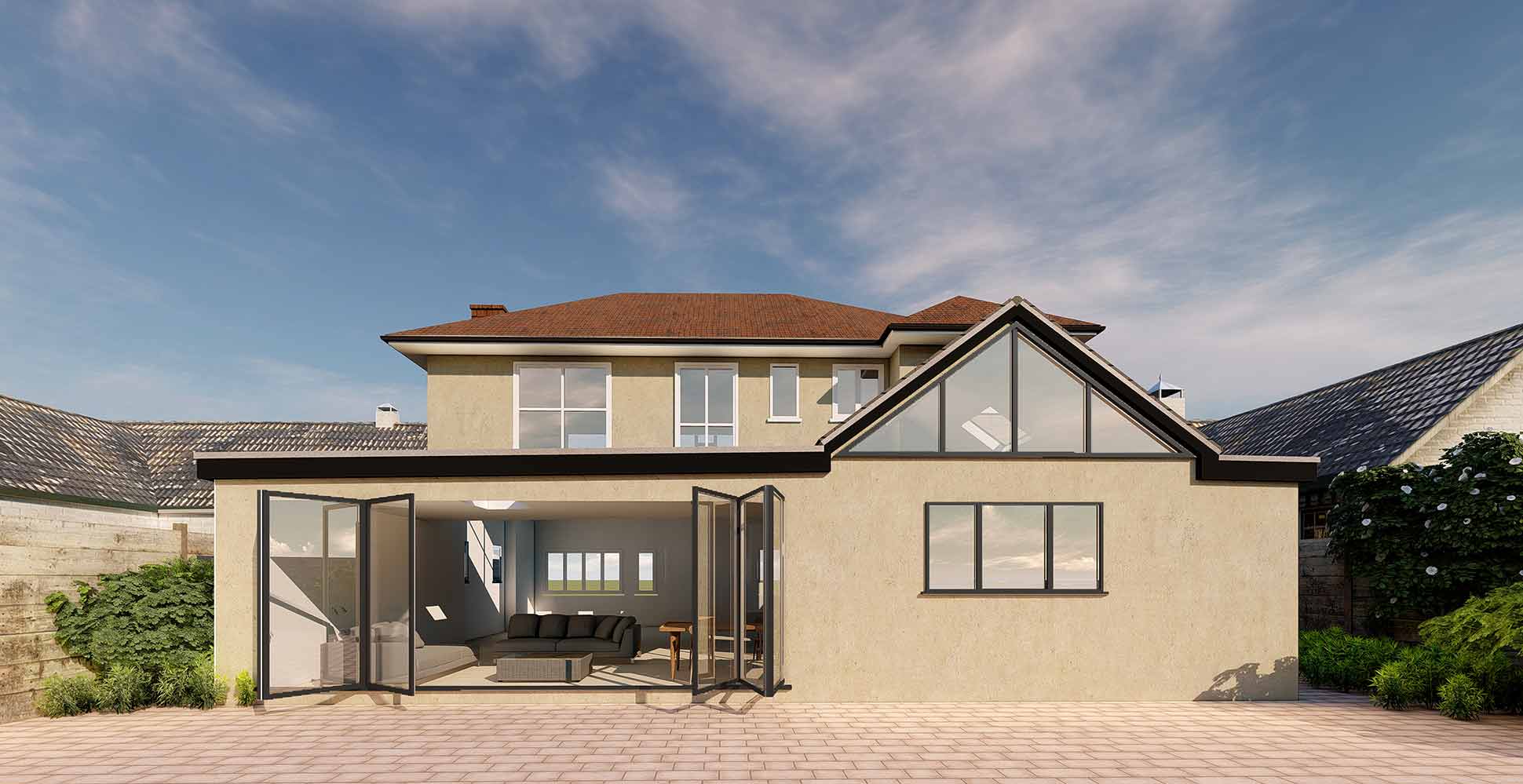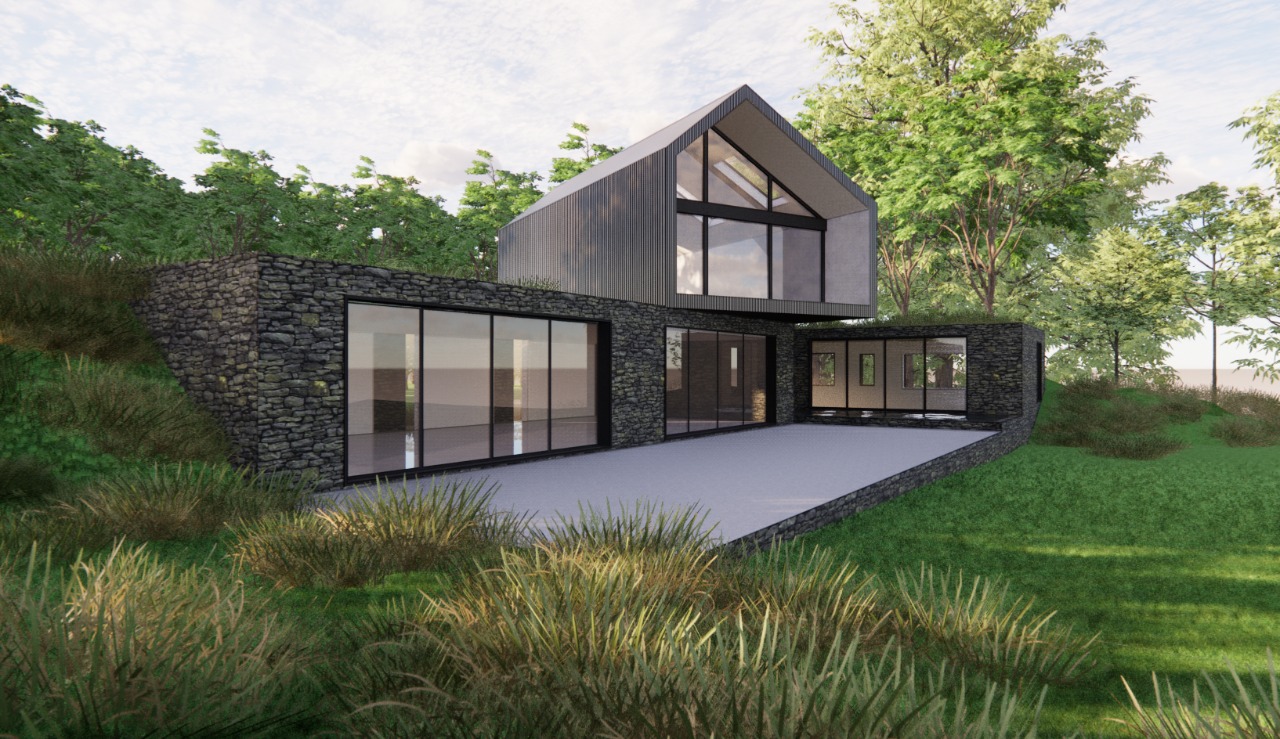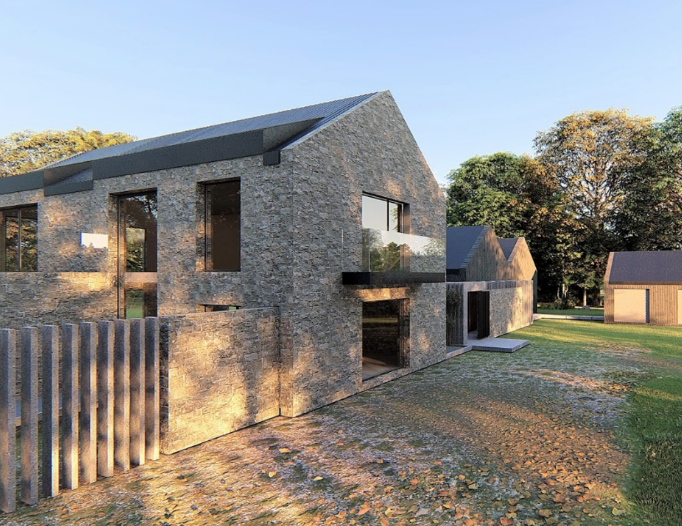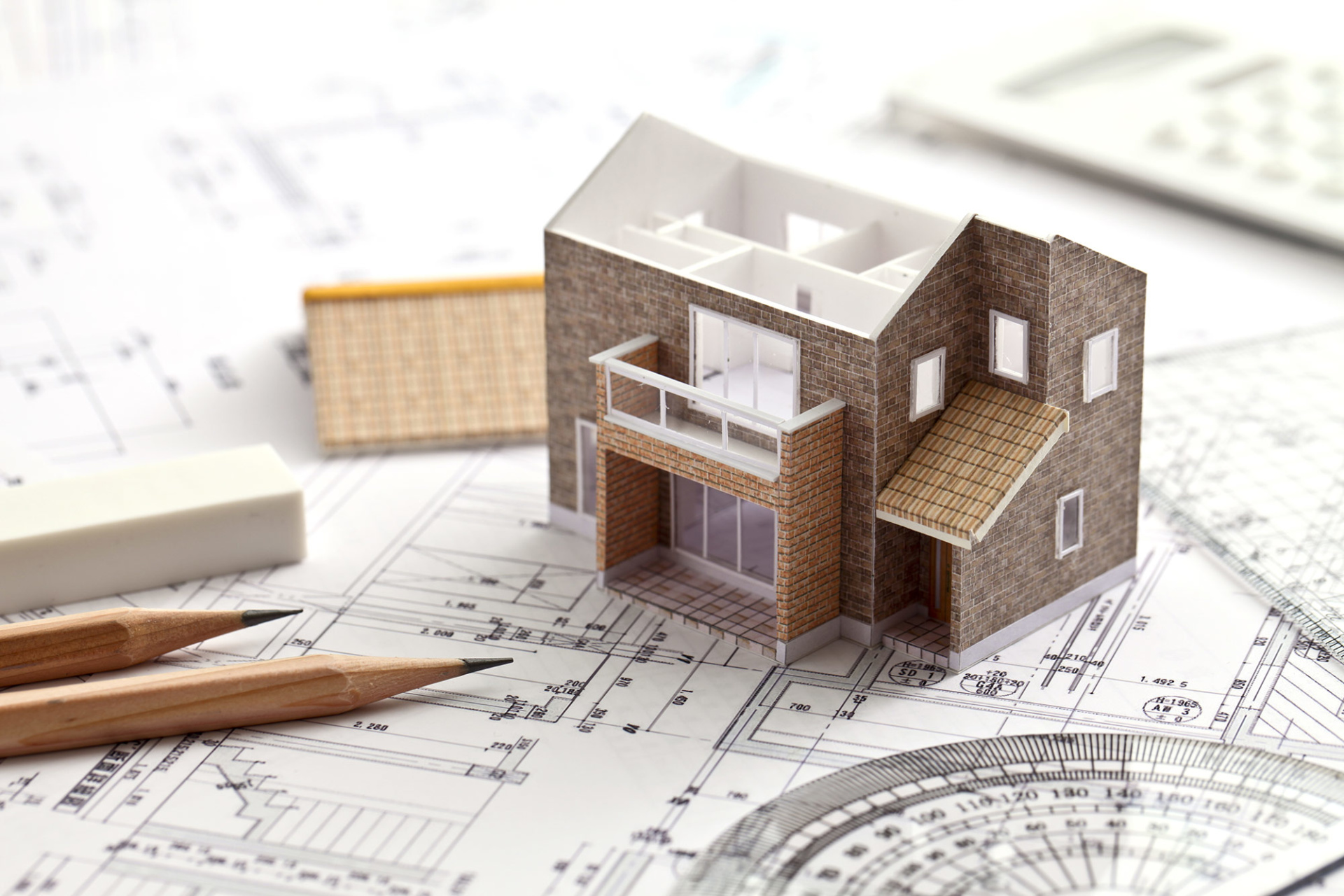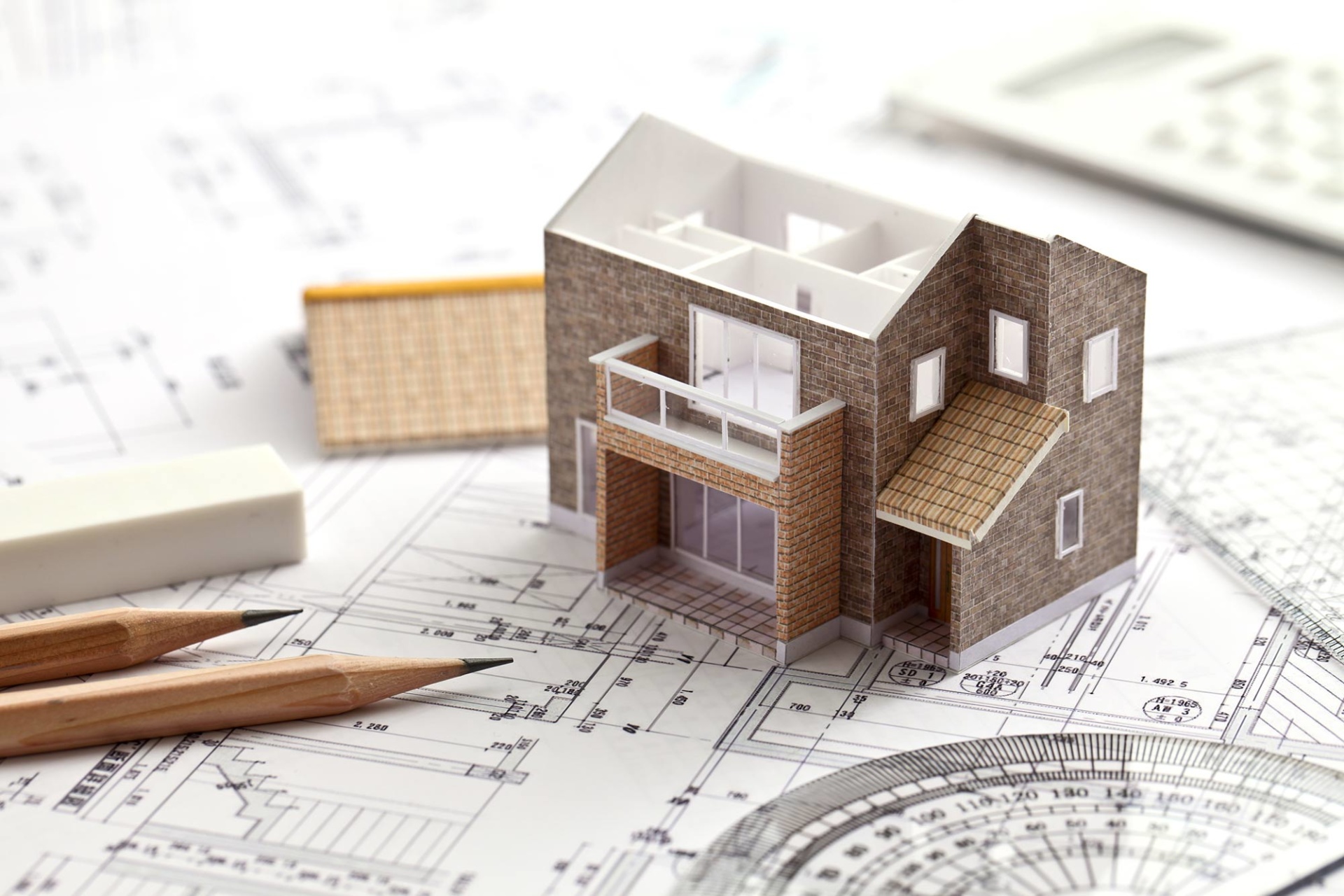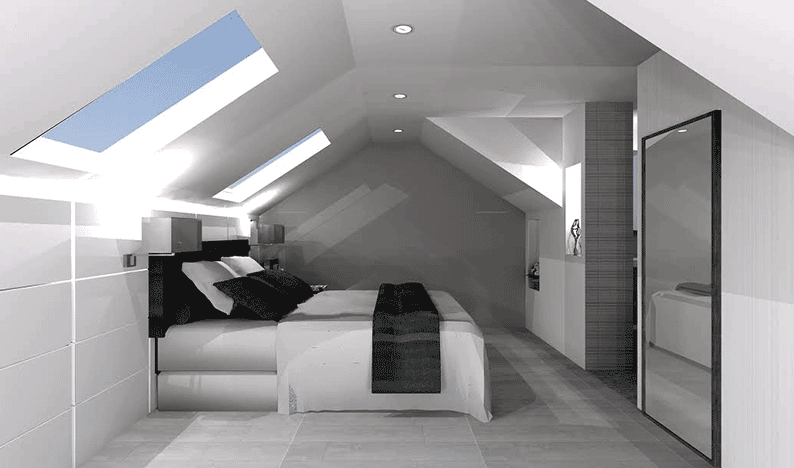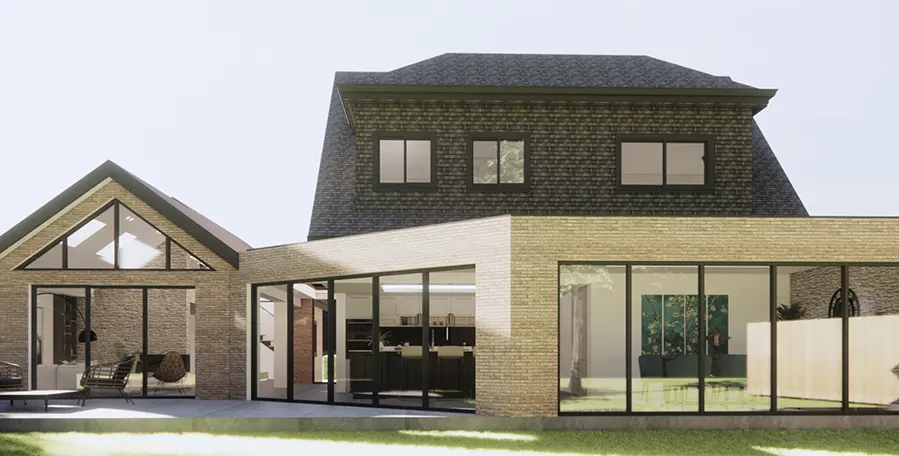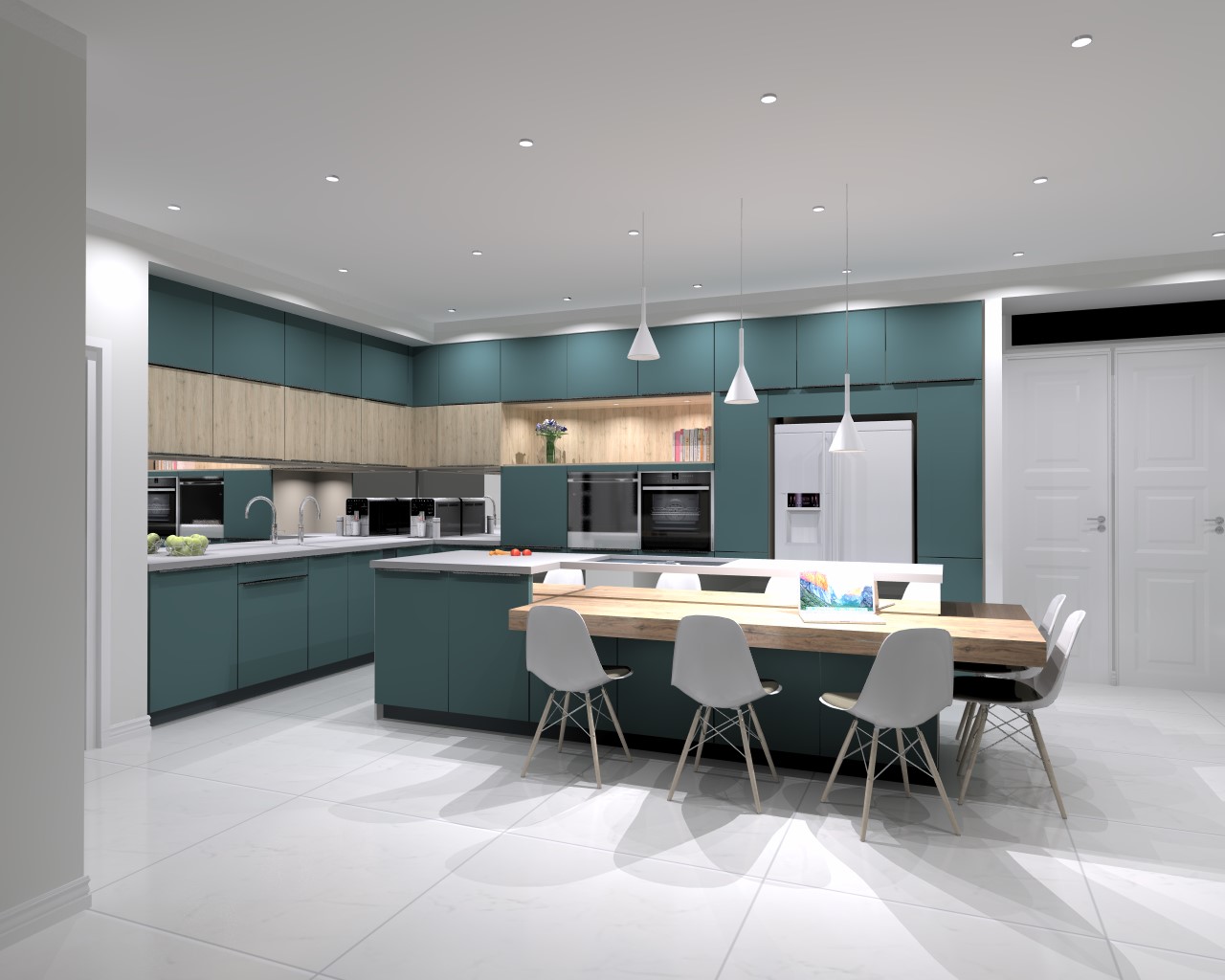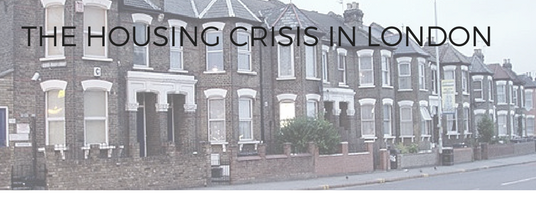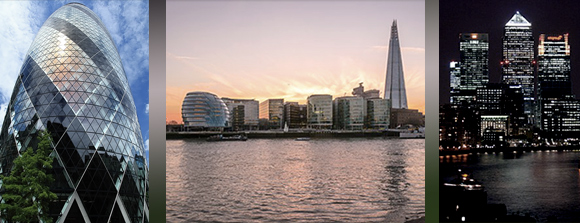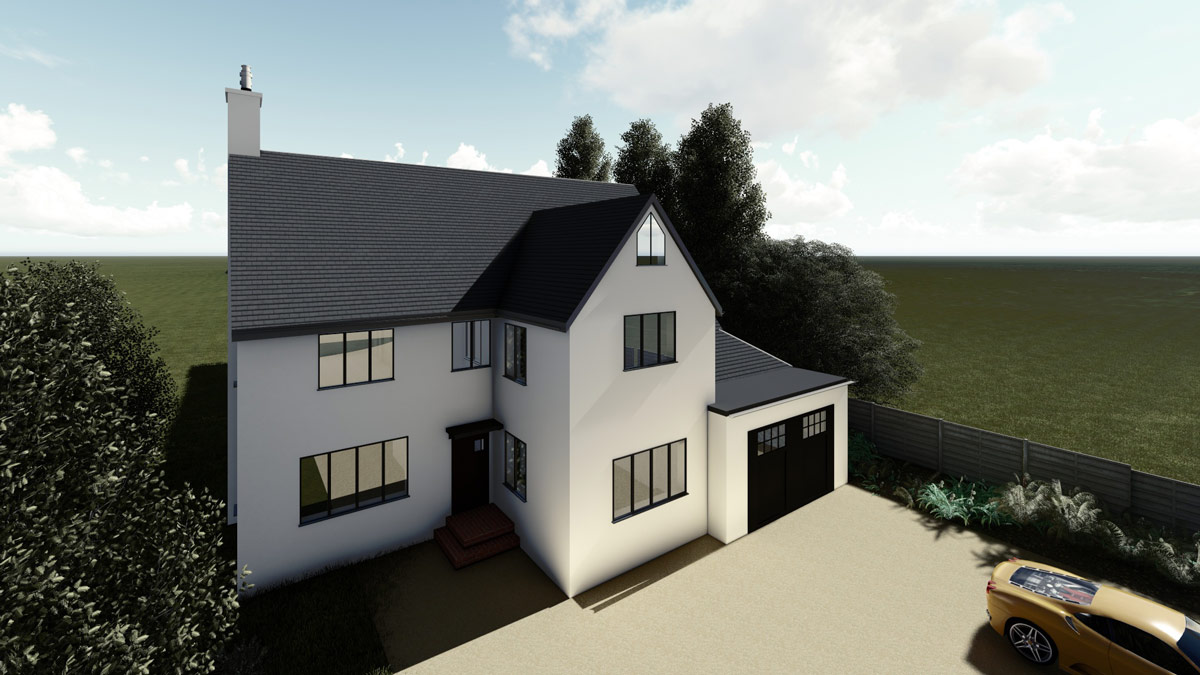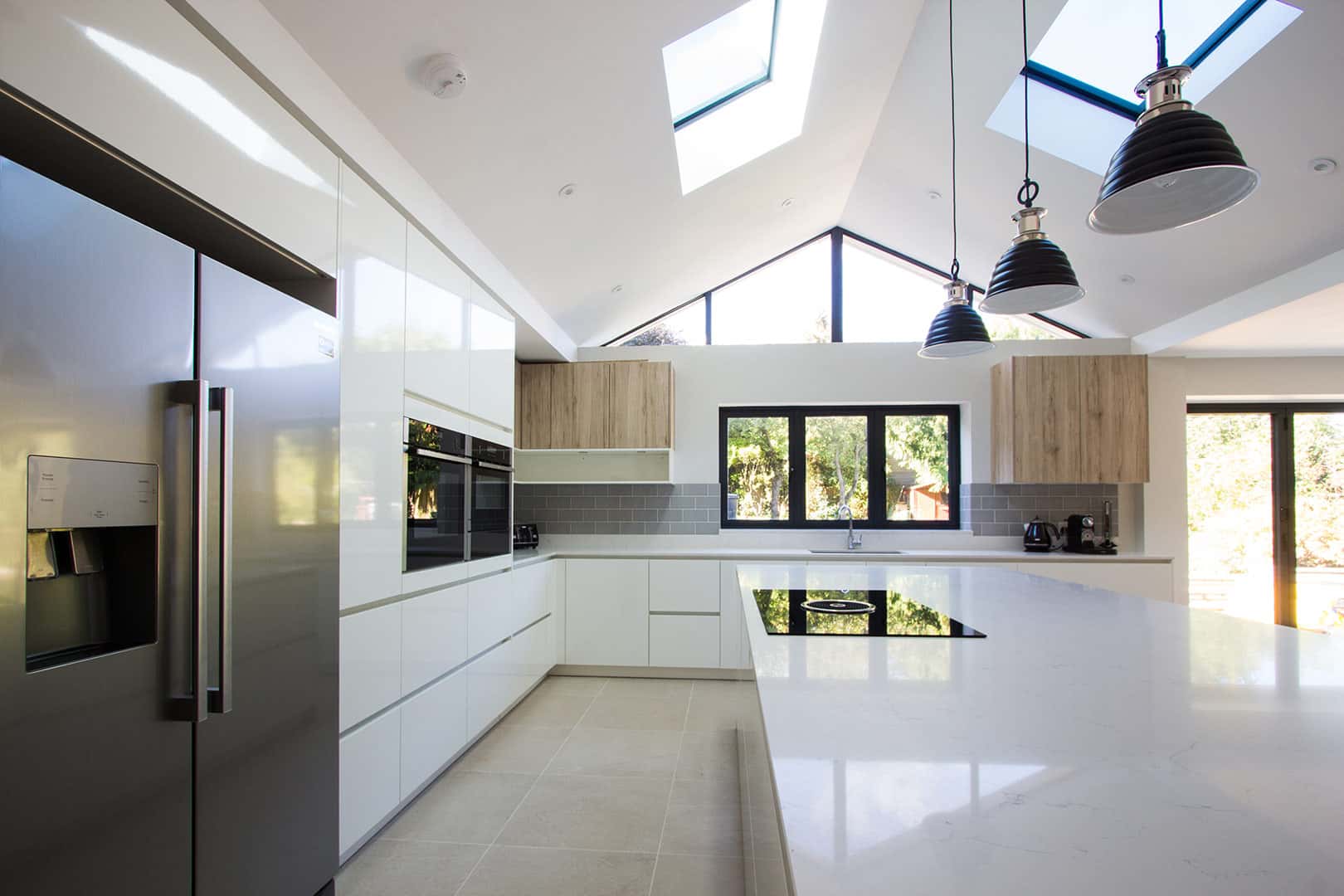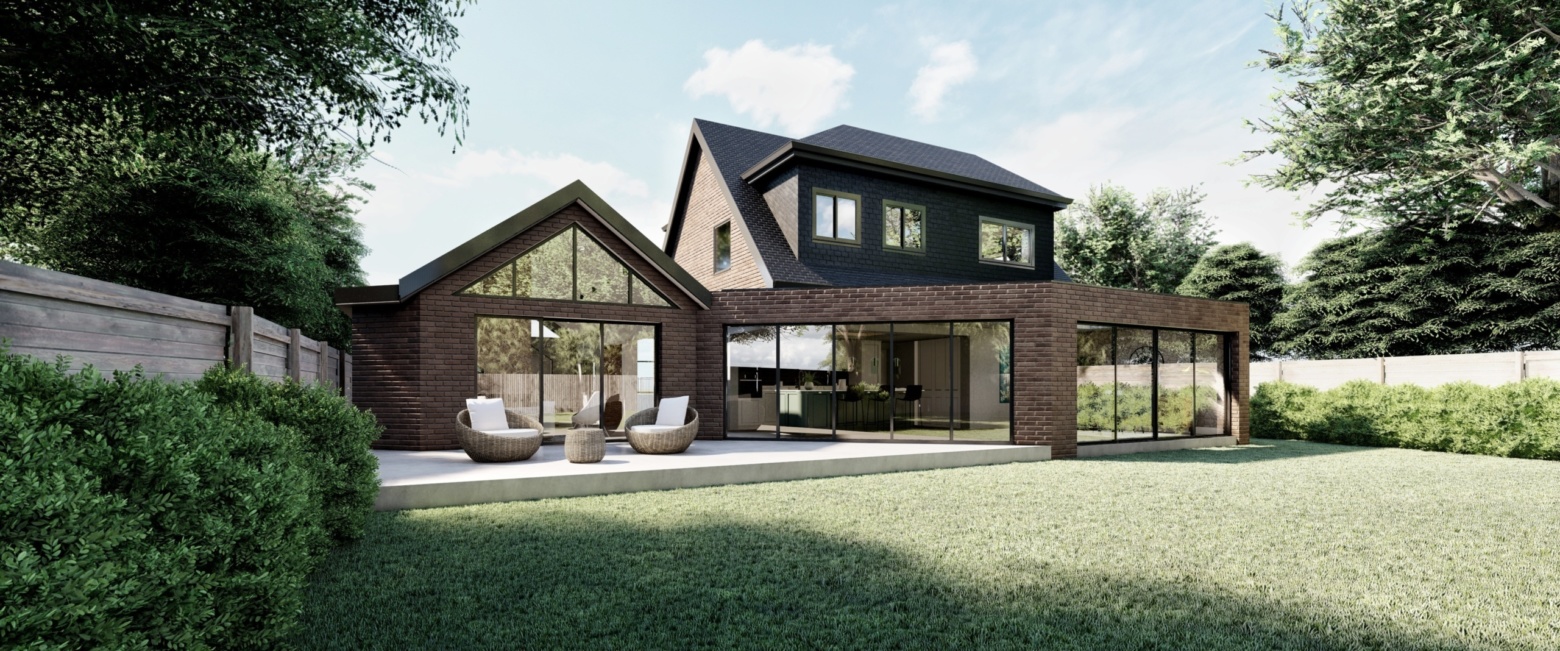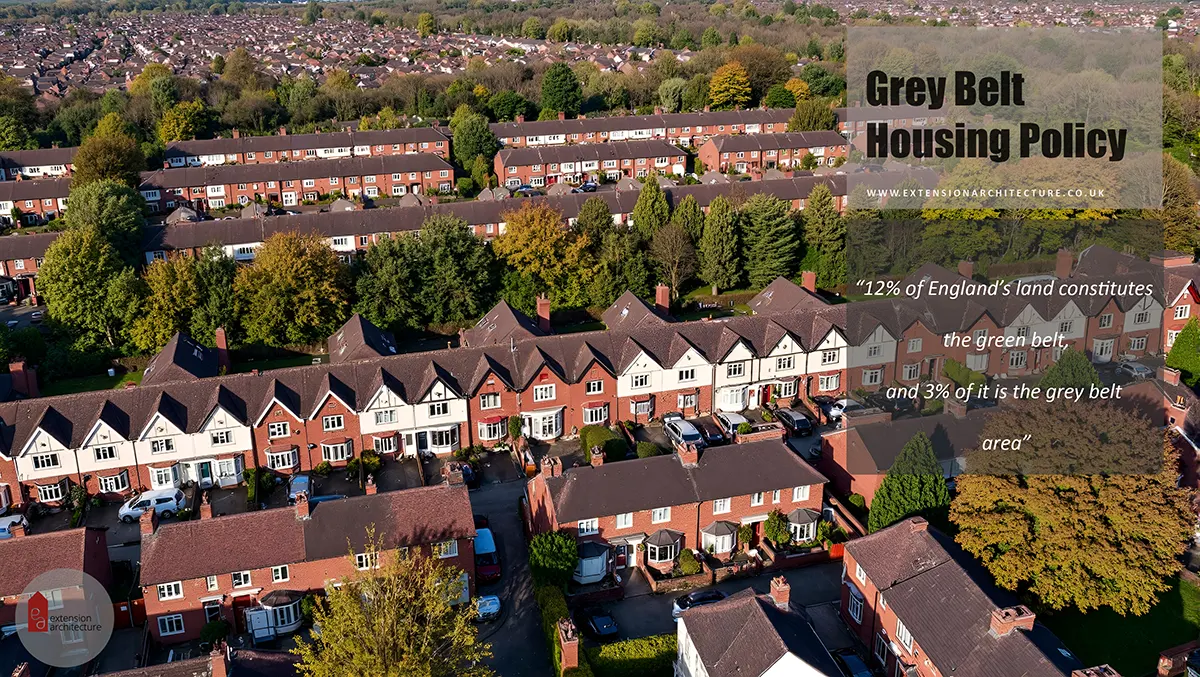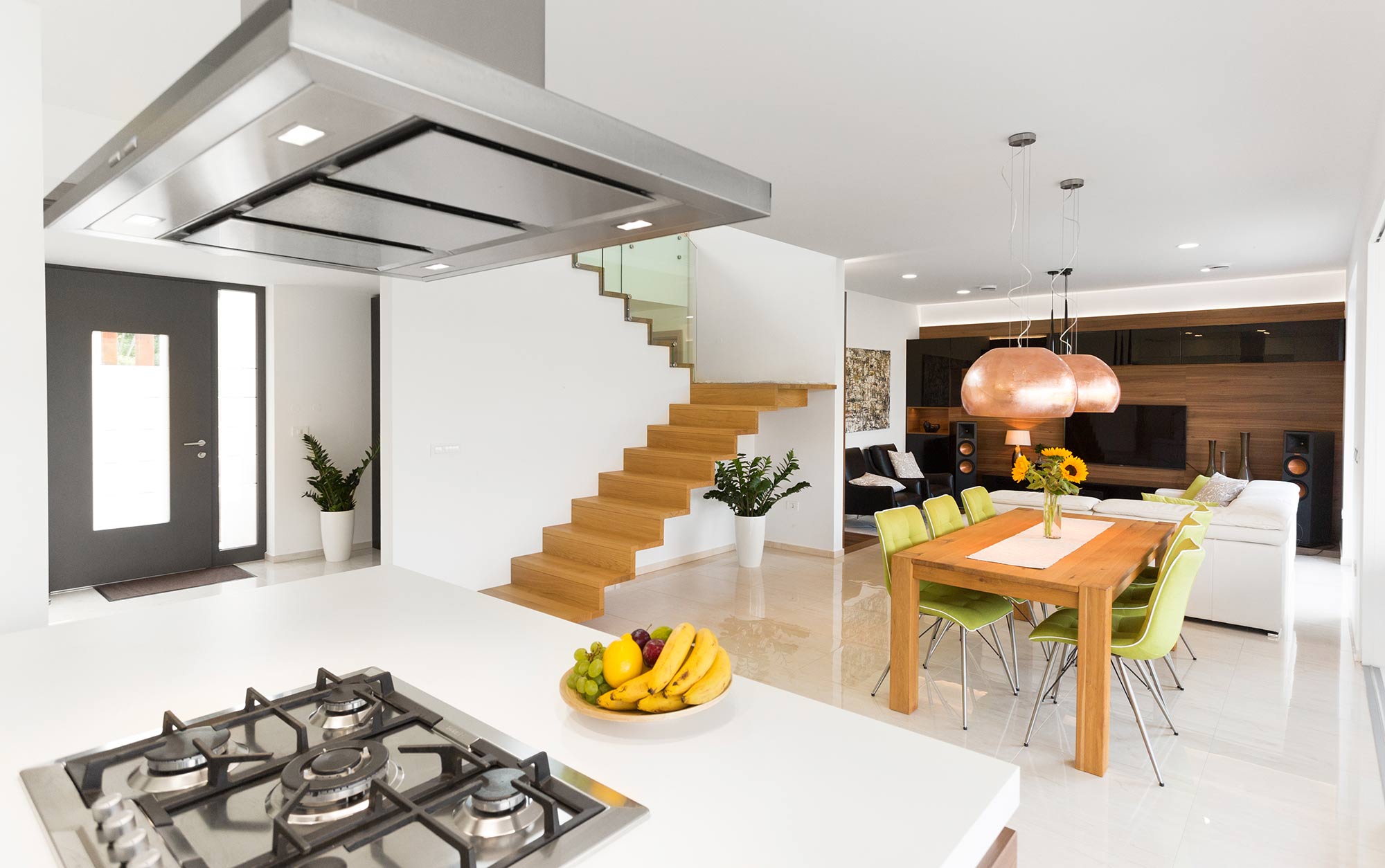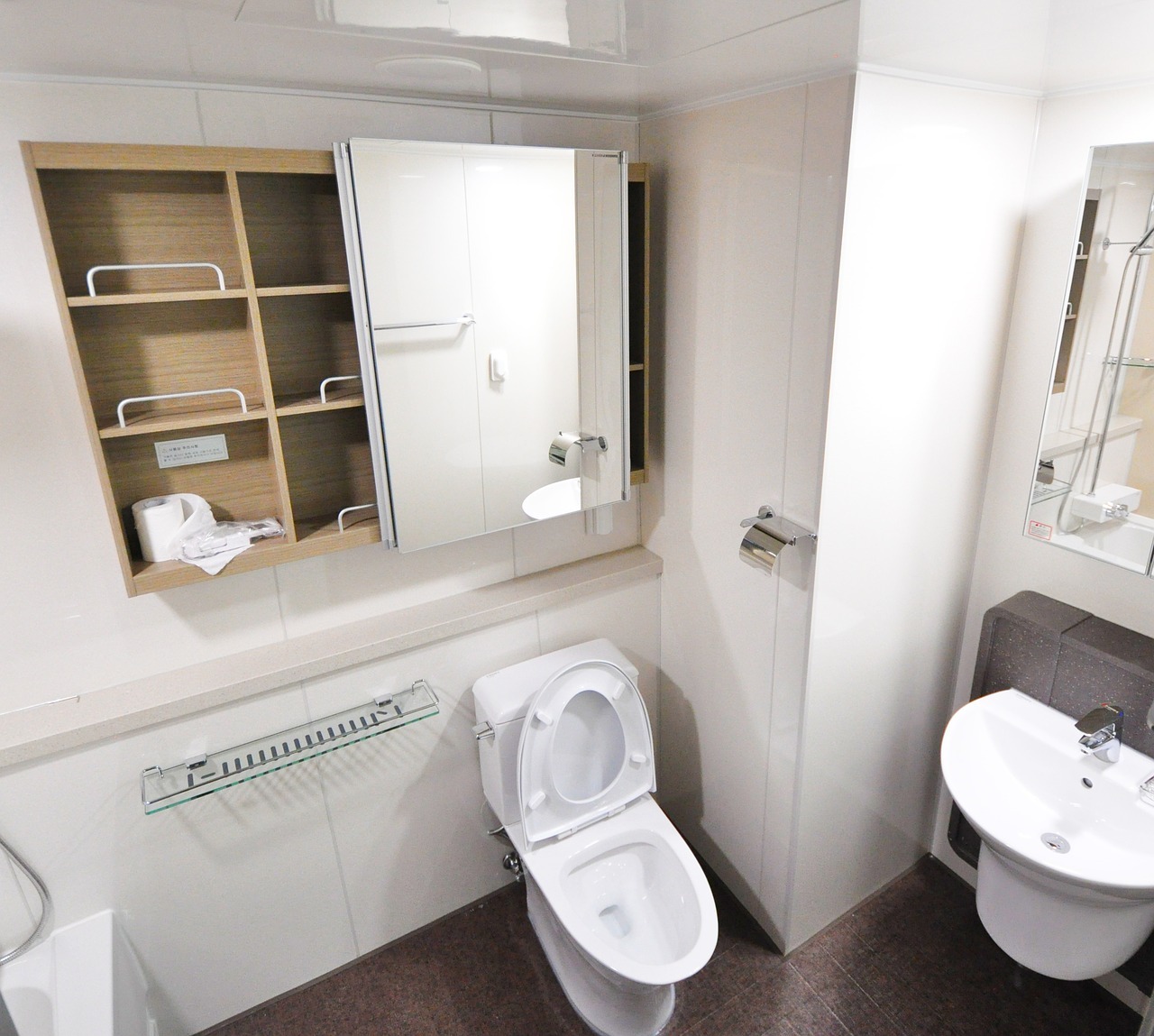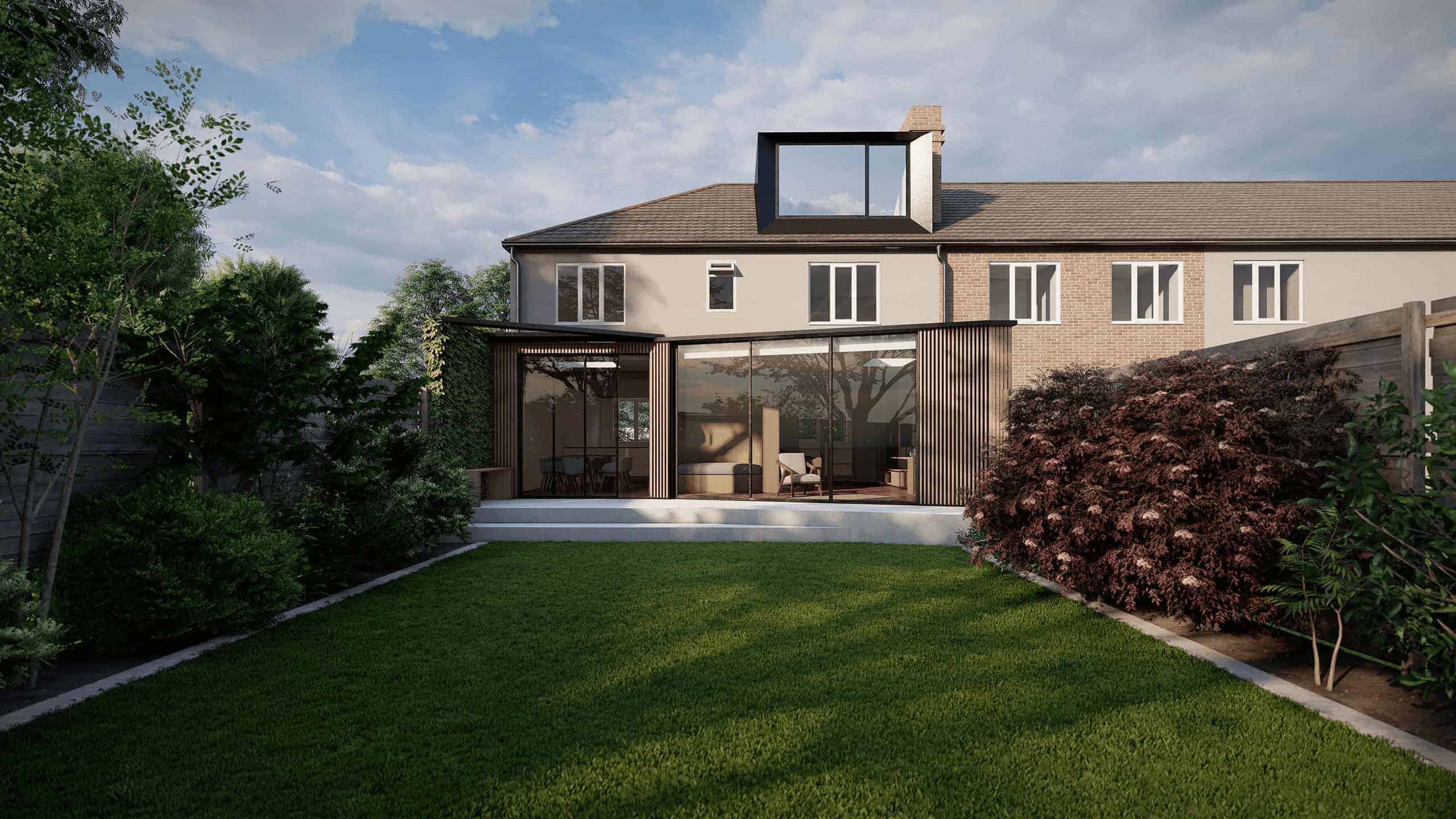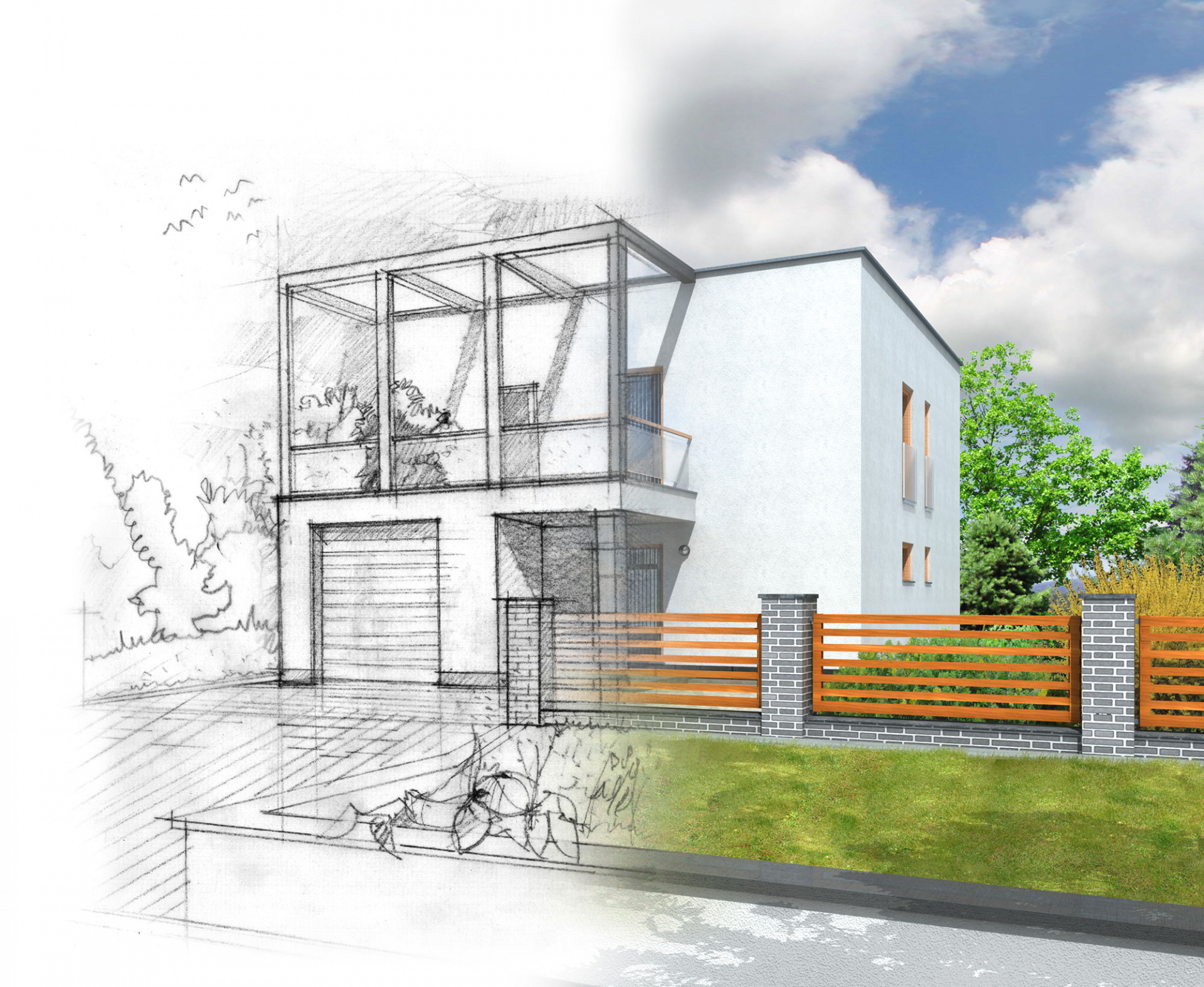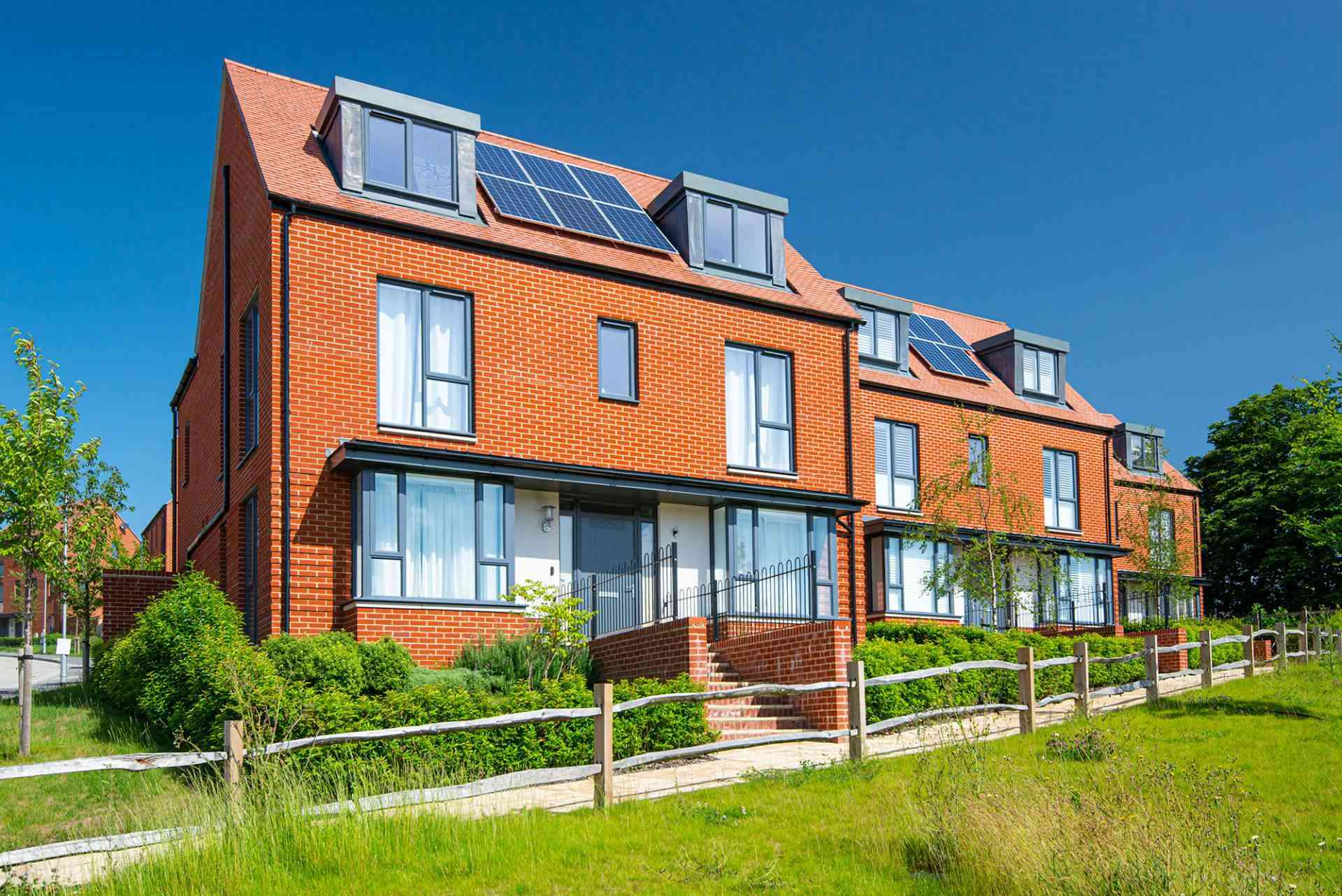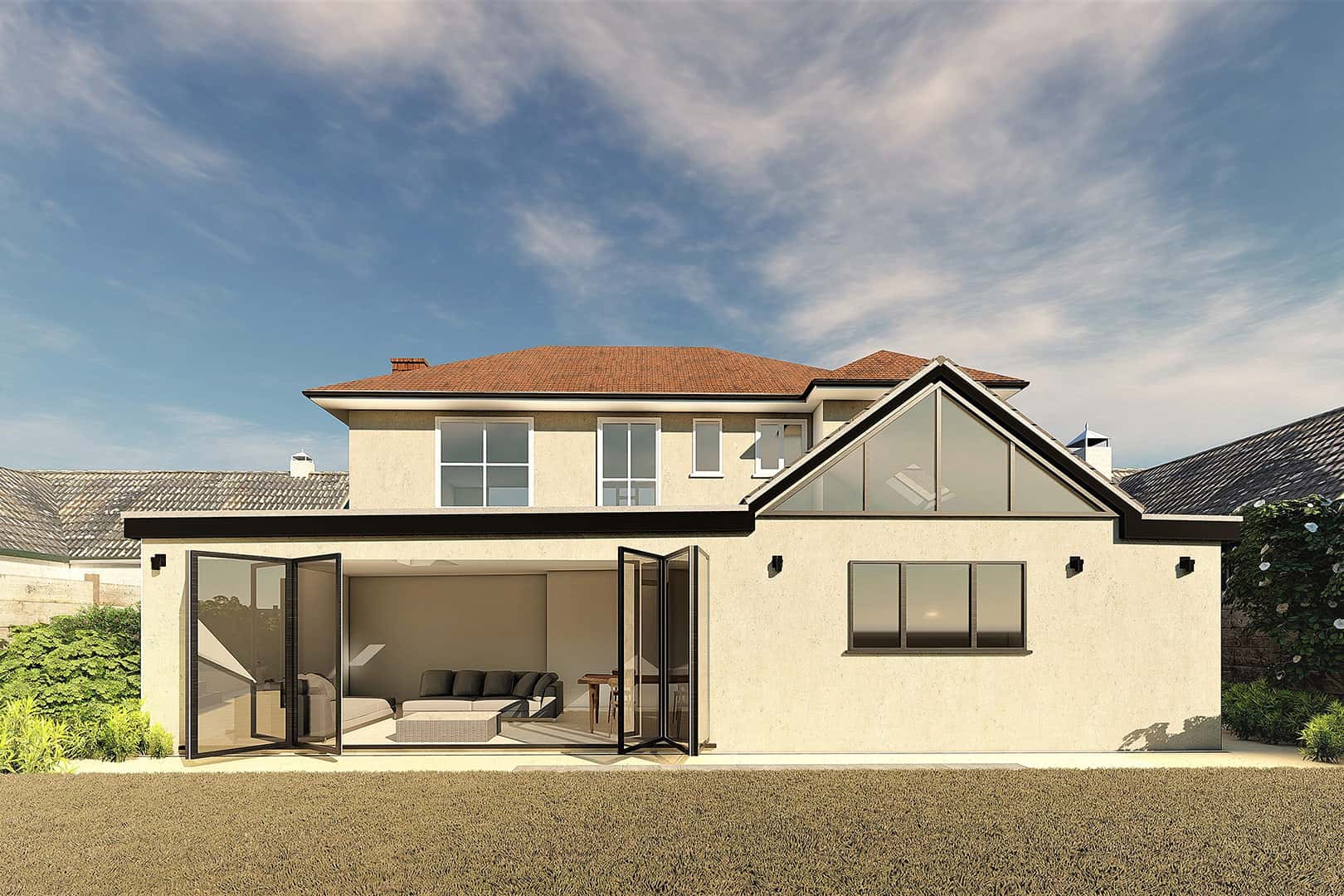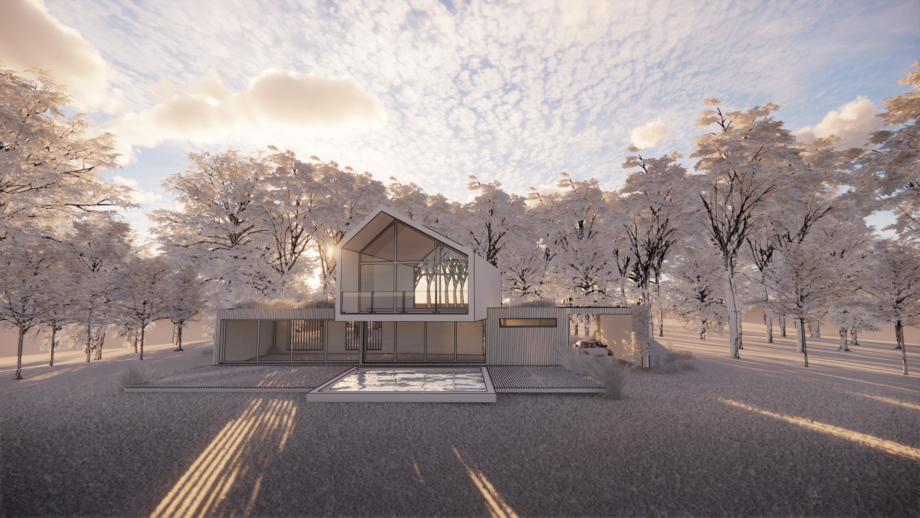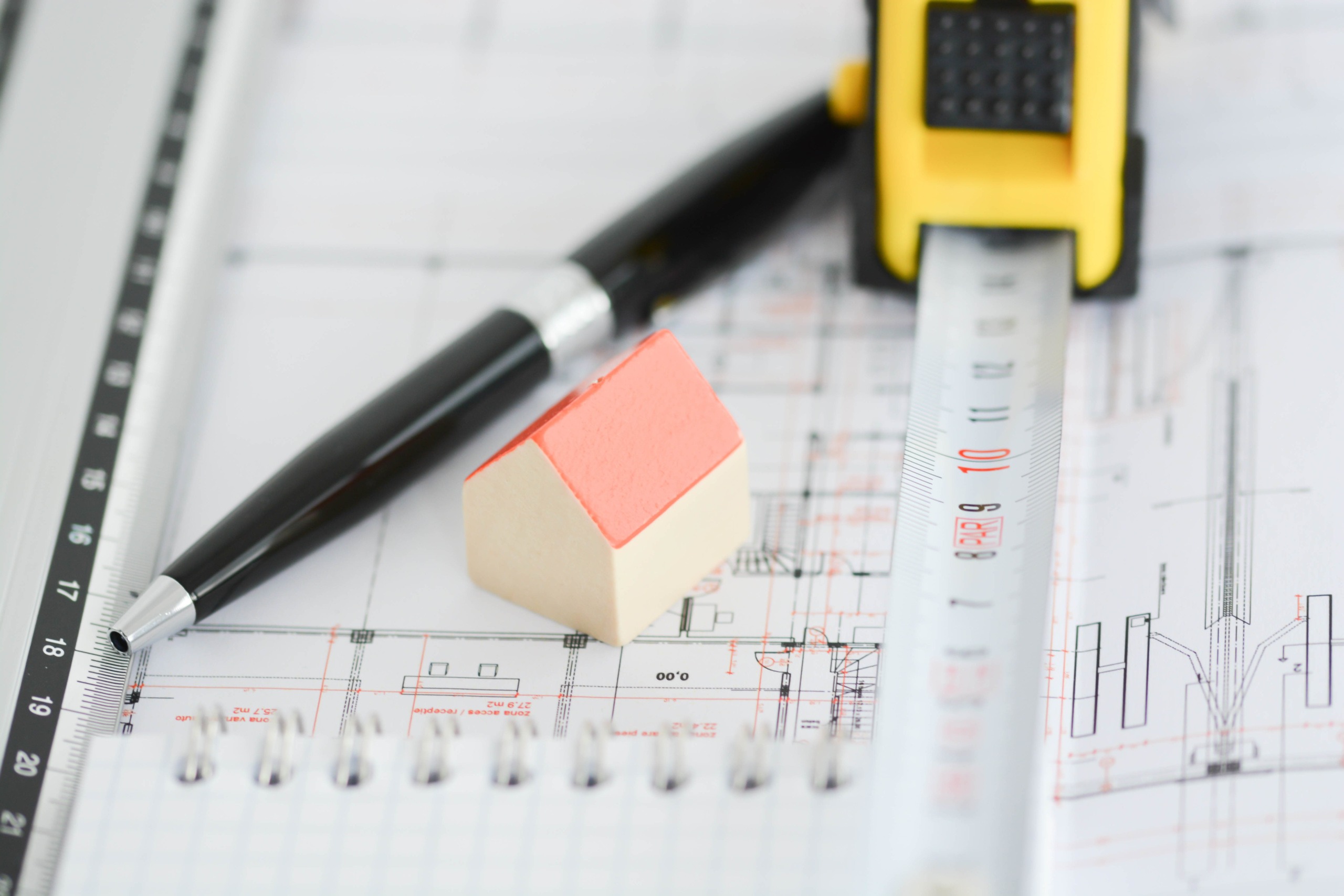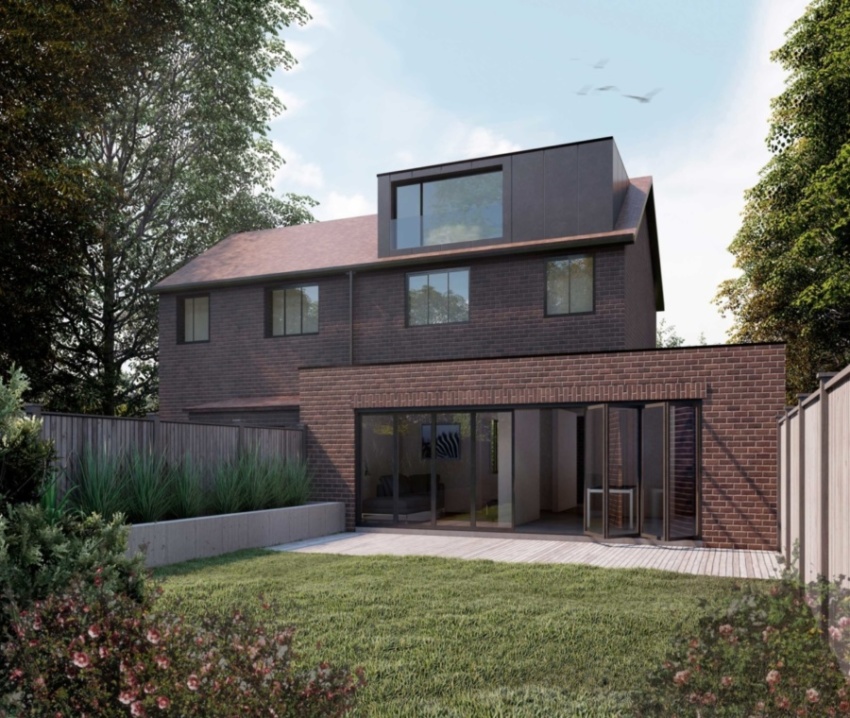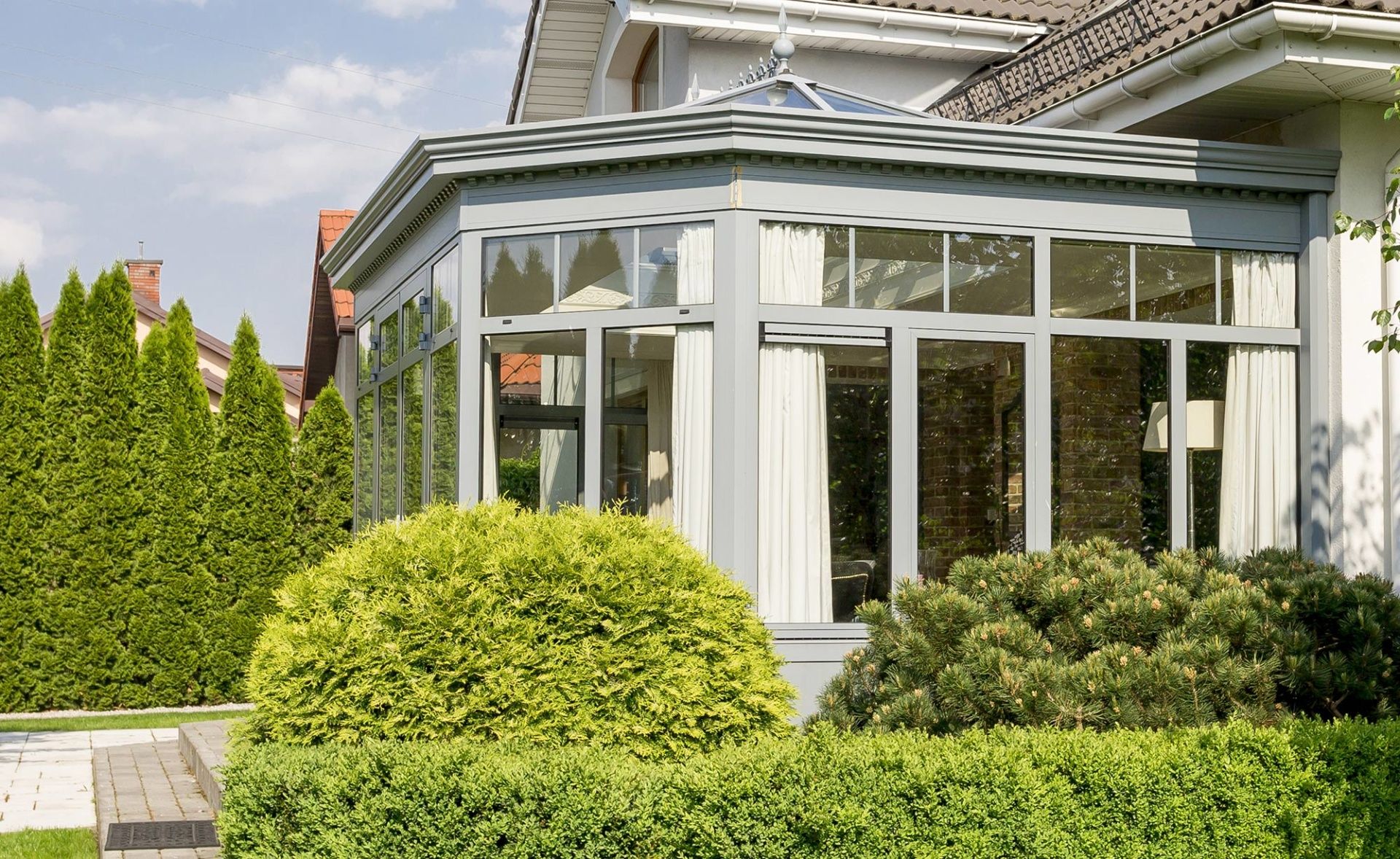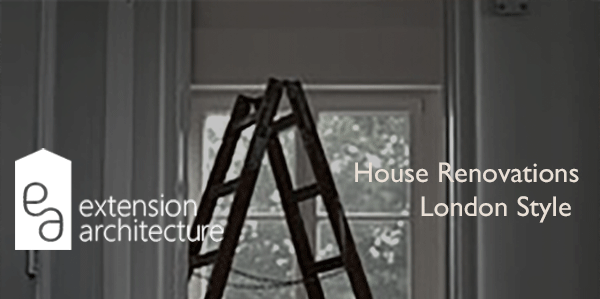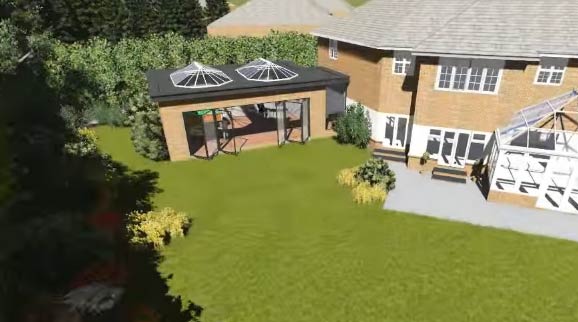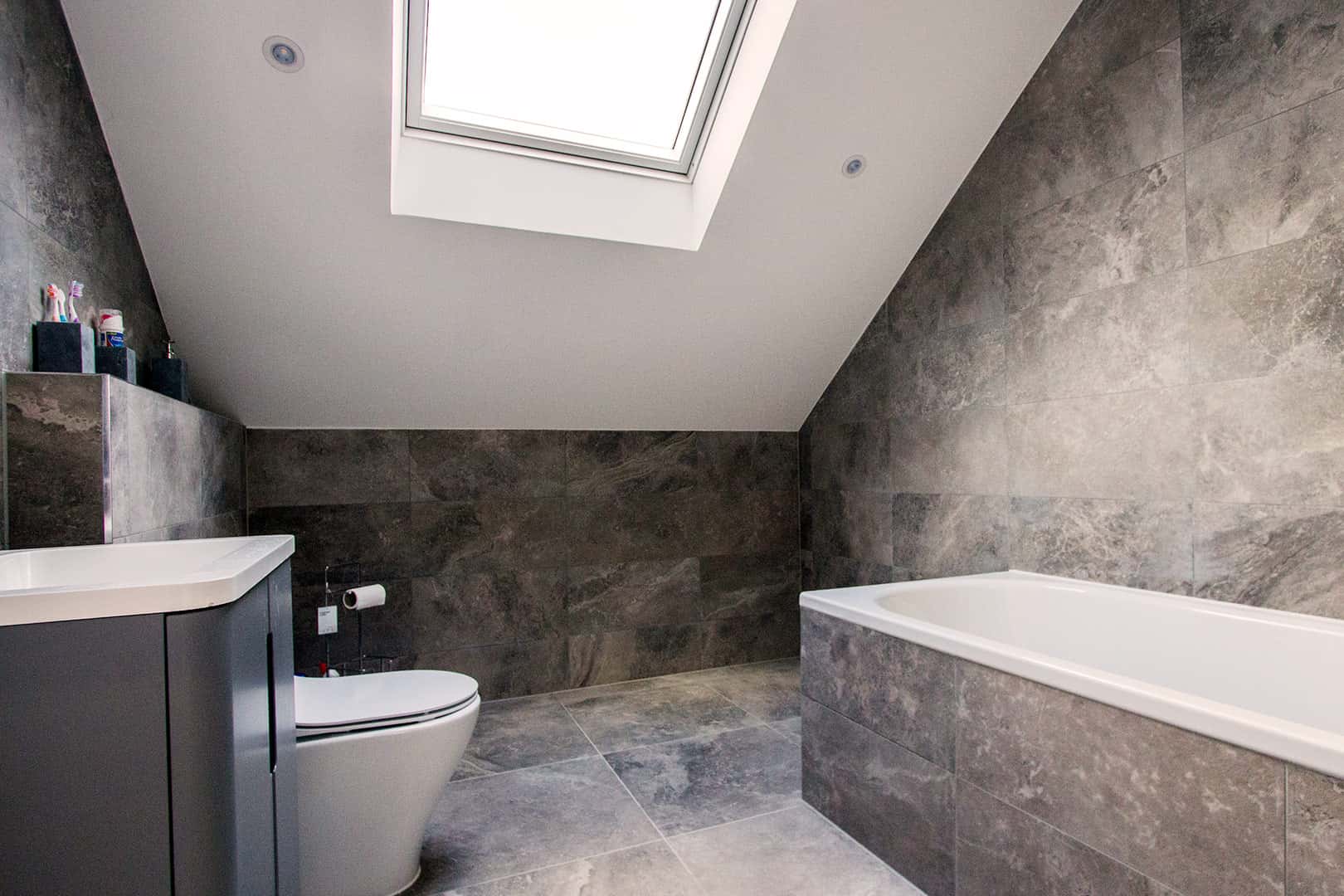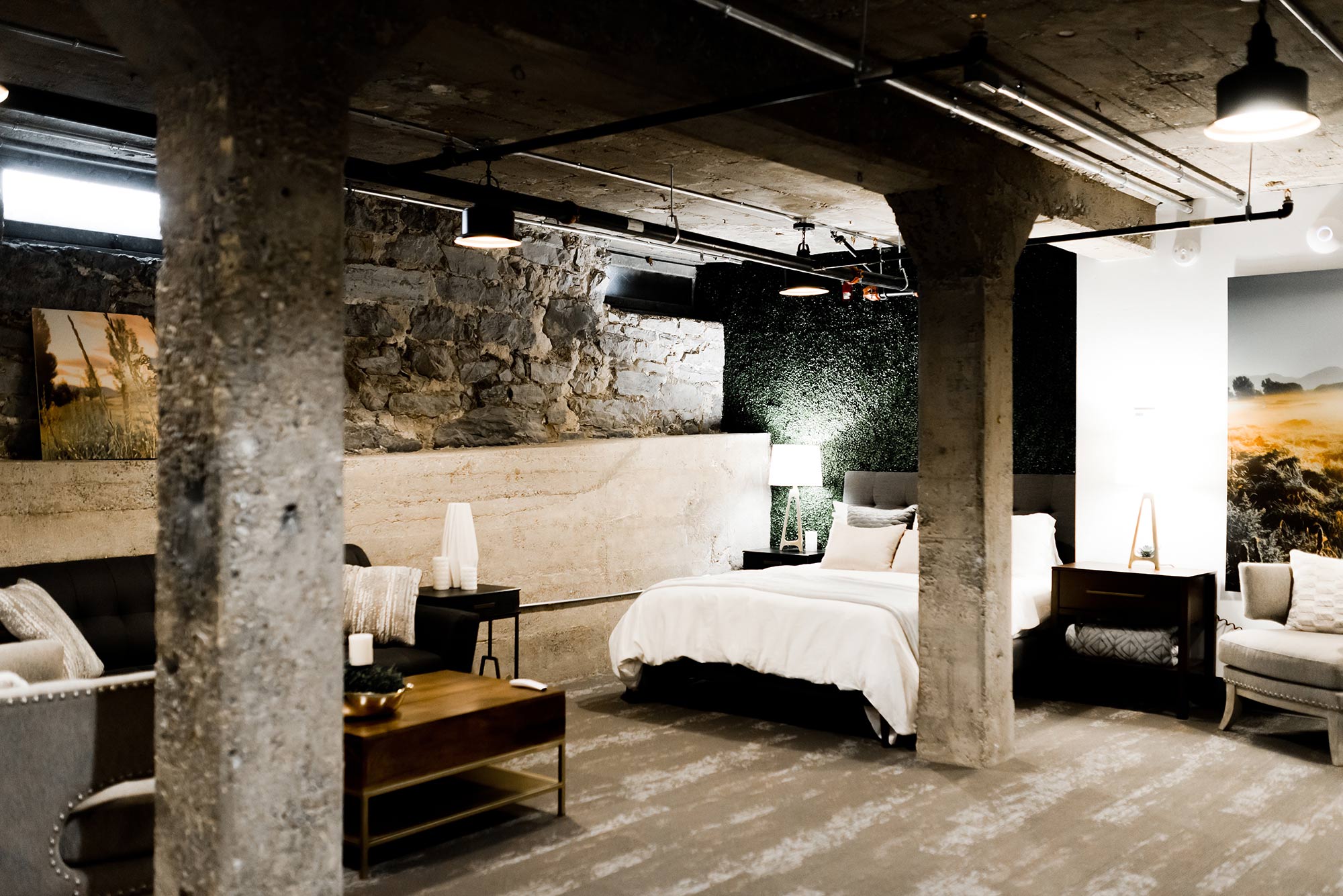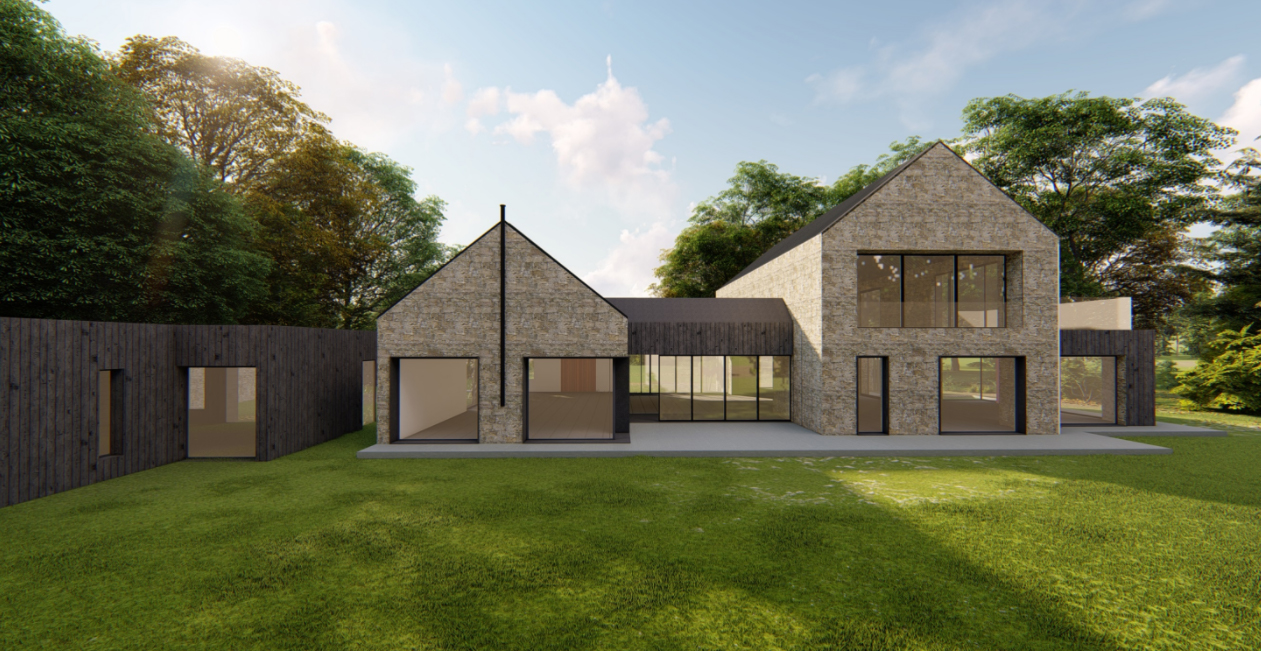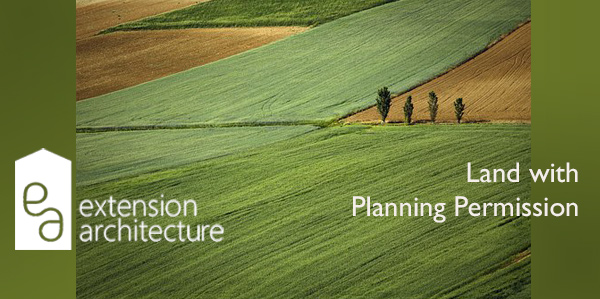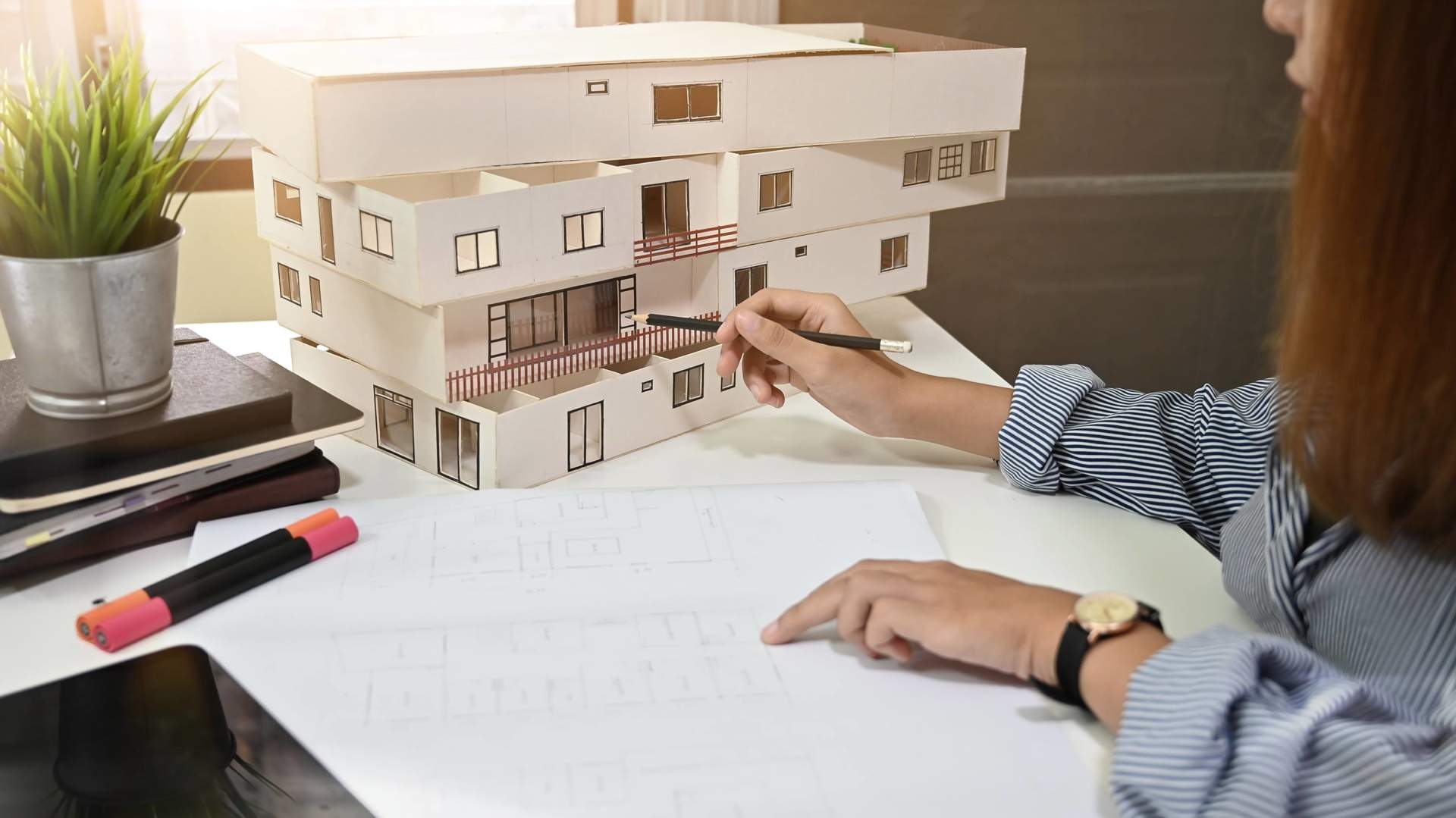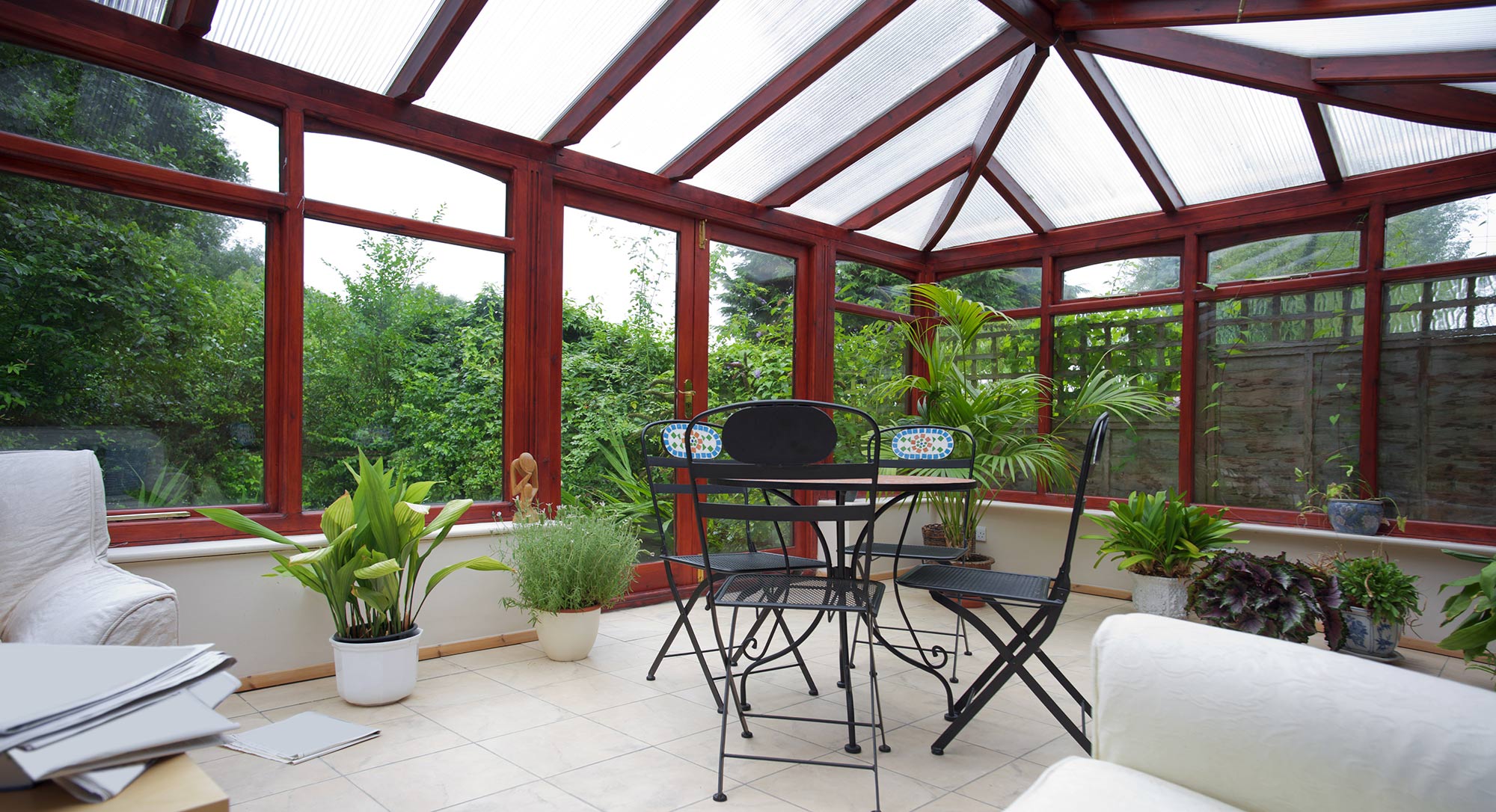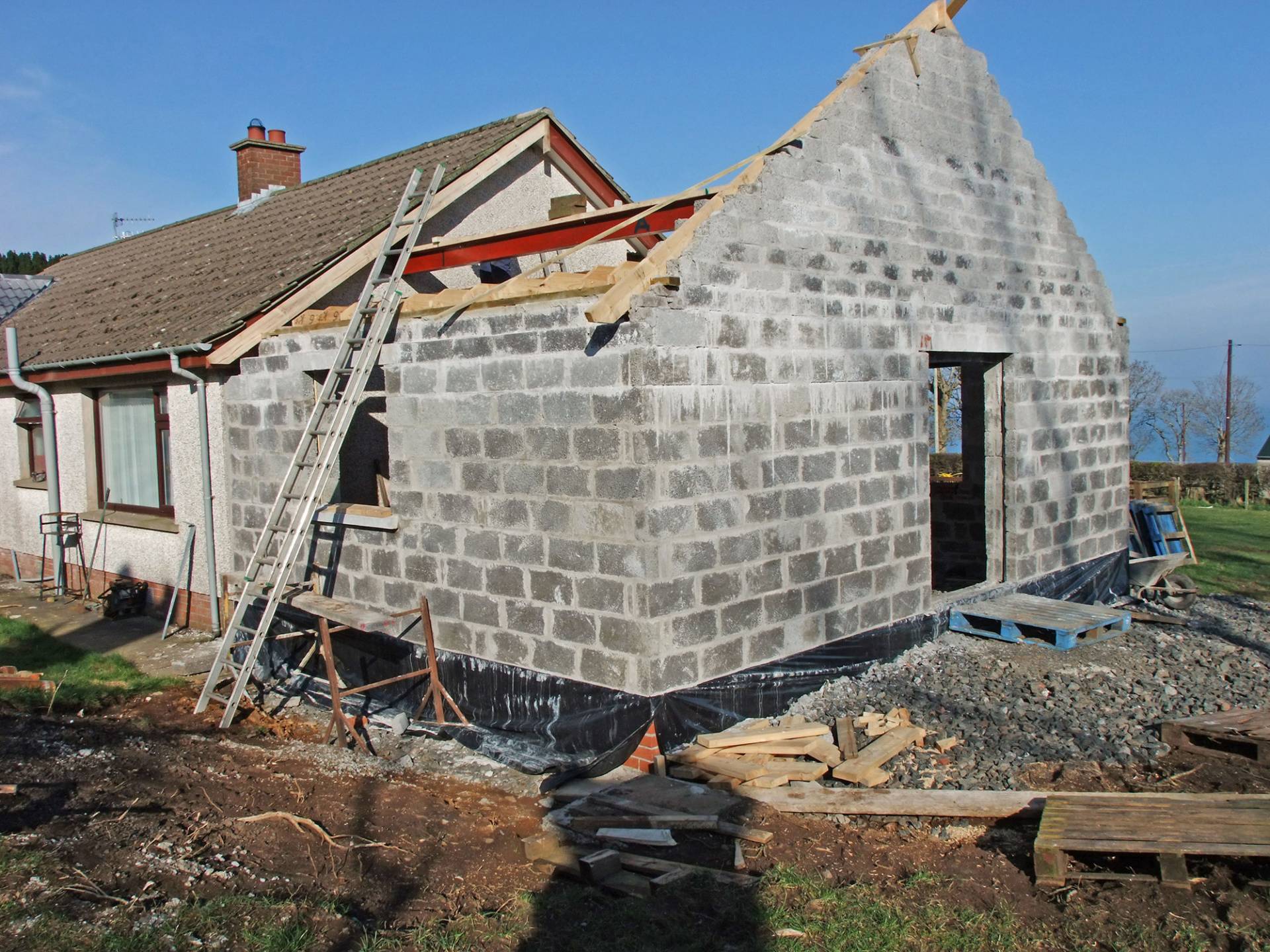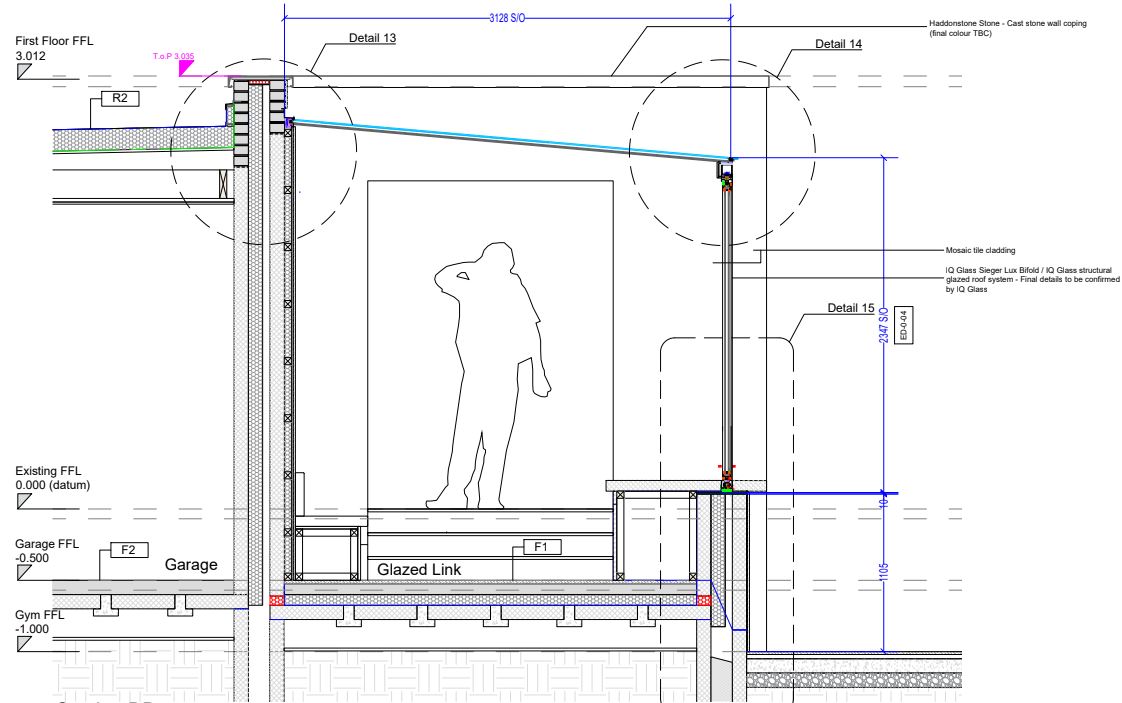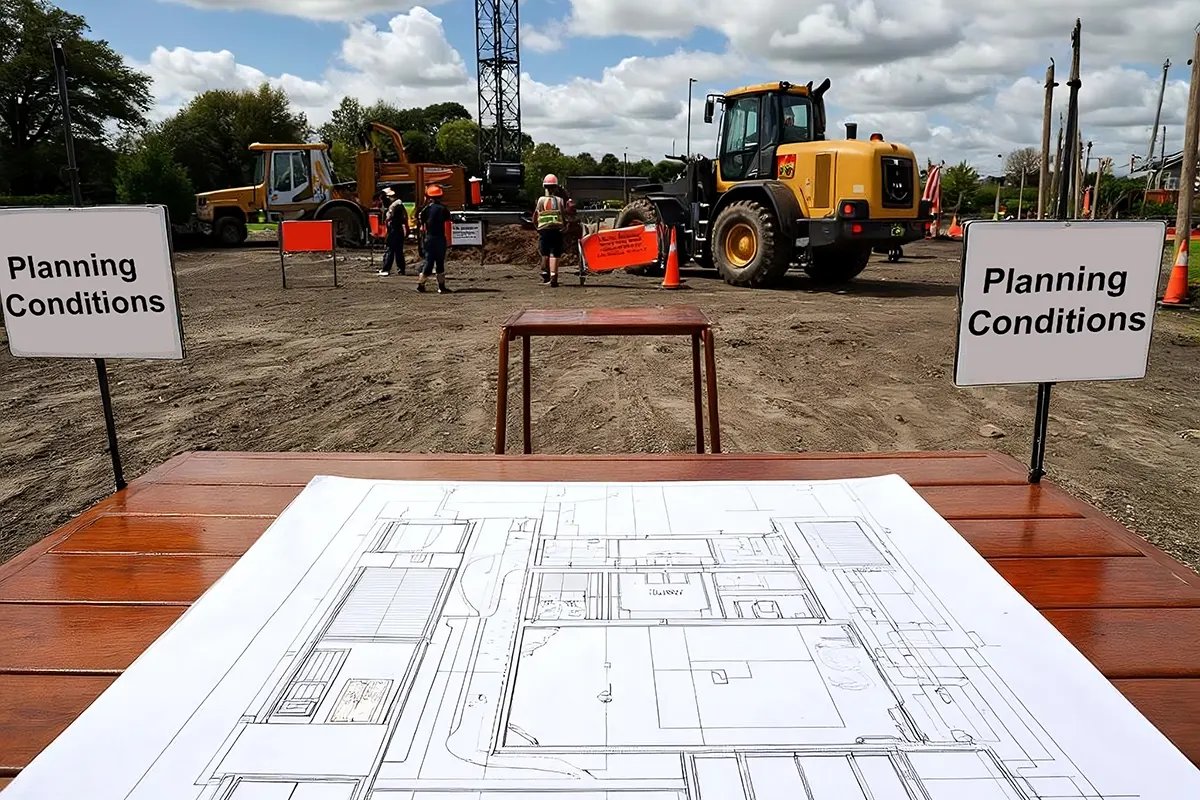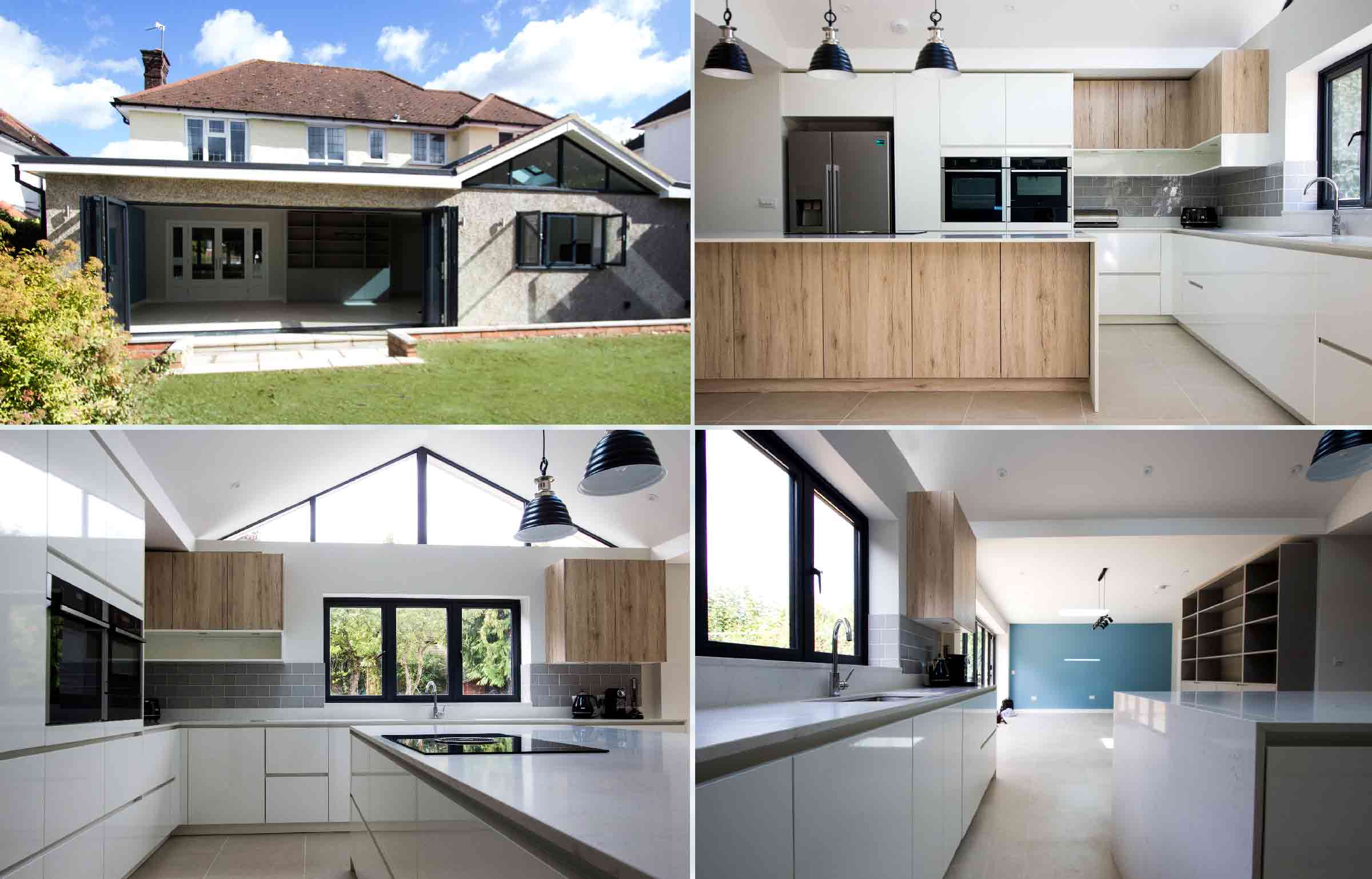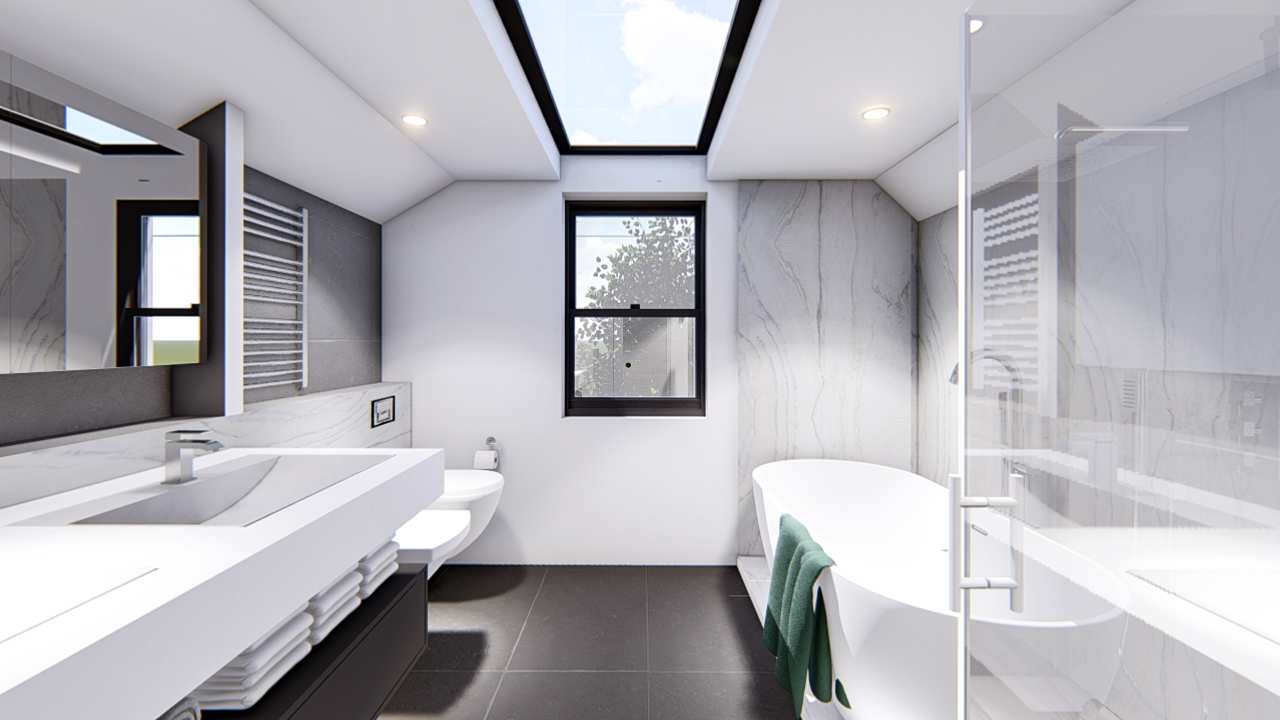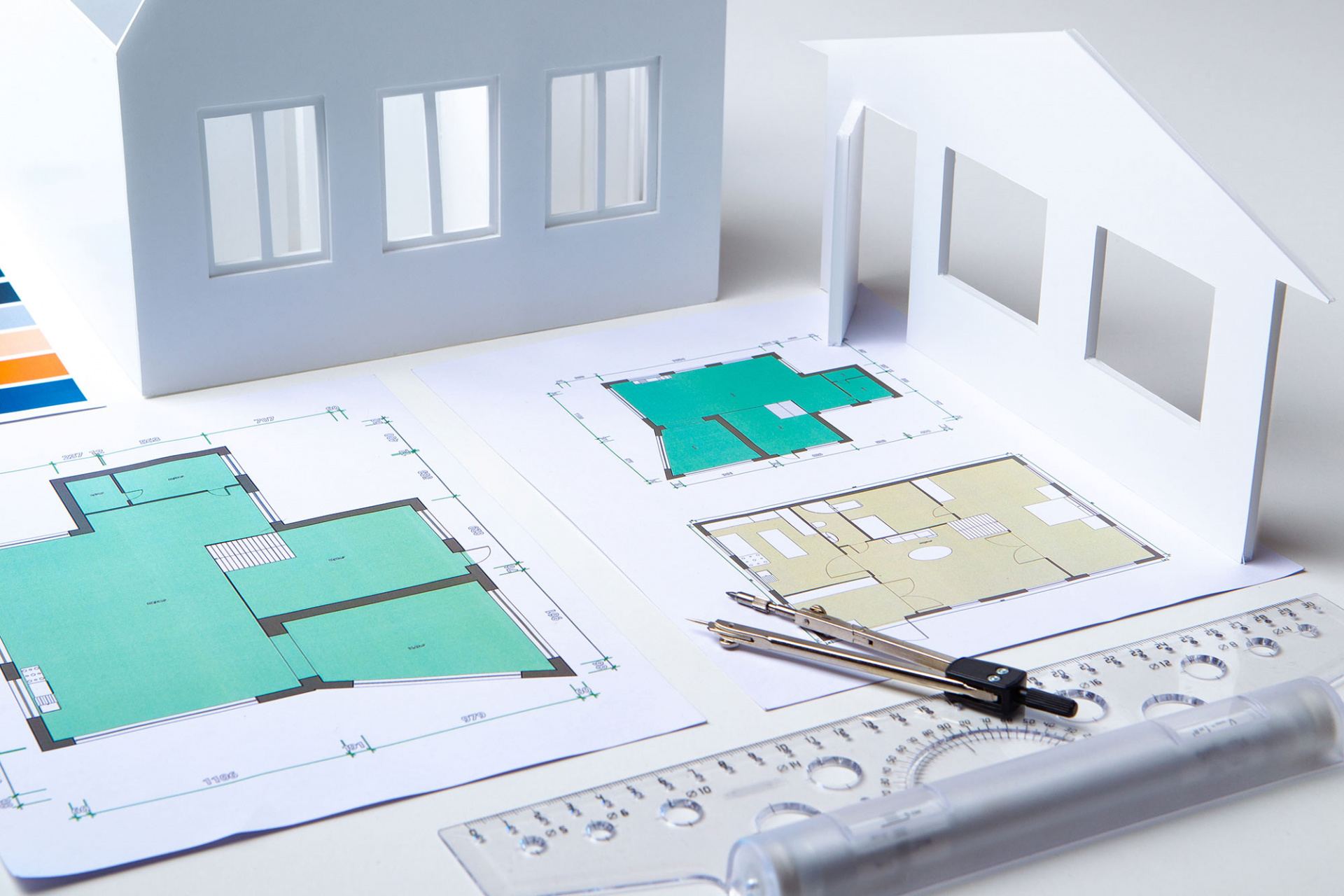Planning Permission for Loft Conversions in the UK: What You Need to Know
Planning Permission has been quite tricky for its deducing and iterative nature. The rules can be highly confusing at times especially when it comes to loft conversions as there are quite a few factors that decide whether a loft conversion requires planning permission or not. This article aims to dispel any doubts regarding planning permissions and their relations with loft conversions.
Loft conversions can have a transformative impact on your home. When converting a loft, you are adding significant space to your existing house. They enhance your living experience and are hence considered quite seriously across the UK construction realm. This is exactly why it becomes all the more important to understand the regulations and applicable permission rules when planning a loft conversion. So, let’s get through with the most important question –
Do you Need Planning Permission for a Loft Conversion?
Do I need planning permission for a loft conversion is one of the obvious and common questions raised by house owners. The answer is not all loft conversions require planning permission given you plan your construction within the permitted development limits. Before we discuss permitted development for loft conversions, let’s look at factors that affect loft conversion planning permission.
Factors that Impact Planning Permission for Loft Conversion
- The size of your loft conversion
- The type of property
- The style of your loft conversion
Permitted Development for Loft Conversions
Your loft conversion is permitted development when it meets specific structural conditions and guidelines. If your loft conversion adheres to the following it qualifies for permitted development.
Space Volume:
- If you are living in a terraced house, the converted space should not exceed 40 cubic metres.
- If you are living in a detached or a semi-detached house, the converted space should not exceed 50 cubic metres.
- Ensure other roof space additions which are previously built (or not built by you) come under the newly converted volume space.
Height:
- The conversion or extensions should not exceed the height of the existing roof.
- Extension of the roof should be set back.
- Roof eaves should be reinstated as original.
Windows:
- Windows that are side-faced should be obscure-glazed
- If windows are openable, then they should be 1.7m above the floor level of the room.
Materials:
- Materials used for the conversion must be similar to that of the existing house.
Property Location:
- Your property is not in a conservation area, designated land, area of outstanding natural beauty or is not a heritage site.
Overhangs:
- Roof extension should not overhang the outer face wall of the existing house
Type of Houses that require Loft Conversion Planning Permission
- Converted Houses
- Flats
- Maisonettes
- If the Property is a Listed Building
- Houses built through permitted development to change of use
In order to determine the detailed specifications for loft conversion planning permission you can visit the local council office for all pertinent information related to your project. You can also visit the local council’s website and furnish the required details of your loft conversion project, upon which you will be guided on the basis of how your conversion stands with respect to the standing rules of planning permission.
Understanding Loft Conversion Planning Permission in the UK
When dealing with loft conversion planning permission there are a few critical things that need your attention.
As discussed earlier, not all loft conversions warrant planning permission unless you’re altering the roof space beyond the prescribed limits and boundary conditions. So, if you are not planning a big alteration that does not affect the roof space you can obtain a lawful development certificate from your local authority to make sure your conversion plan is within the rules.
In the UK, converting your loft space involves the expansion of the most common loft conversion types. While some loft conversions are quite simple and are permitted development, some require planning permission as they tend to be more complex than one may have thought of. Let’s discuss loft conversion types, and how planning permission affects each type.
Mansard Loft Conversions
Mansard loft conversions are characterised by raising the pitch of a side of your roof to make it vertically aligned. They entail significant alterations to the roof structure to the extent of making it flat and therefore most mansard loft conversions require planning permission.
Dormer Loft Conversions
Dormer loft conversions involve extending the roof space vertically to accommodate more headroom. They are often quite simple extensions and do the building. The conversion size and where the conversion is occurring will decide the course for planning permission. B not effect significant changes tout in general, most dormer loft conversions may not need planning permission.
Hip-to-gable Loft Conversions
By altering the slope side of your house through extension, a vertical wall is created to accommodate more space. As most hip-to-gable loft conversions do not go beyond straightening an inclined wall of a hipped roof, they fall under permitted development. In special cases where further changes are required that alter the property’s appearance, then planning permission becomes necessary.
Piggybank Loft Conversion
A piggybank loft conversion is most often characterised by raising the roof ridge and expanding the perimeter walls. Such changes are not covered under the certificate of lawfulness and hence are not permitted development. Most piggybank conversions do require planning permission.
Roof light Loft Conversion
Roof light conversions are one of the most cost-effective of all loft conversions. They involve transforming your attic space by simple addition of windows and reinforcing the floor space. Most of them do not require planning permission unless it protrudes beyond 150mm from the roof slope.
A Word of Caution
If you plan to go ahead with your project without seeking planning permission or checking with the local authority without obtaining a lawfulness certificate, one may end up in severe trouble. This may involve issuing notices that may compel stoppage or even dismantling of ongoing work, prosecuting the house owner by hefty fines and other significant legal and financial implications.
Conclusion:
If you are planning for a loft conversion, start by obtaining a lawful development certificate to be sure that the existing building is lawful and clear of all previous violations, if any. Adhering to building regulations will be utmost necessary to pass the safety test of your loft conversion and make sure you are fully aware of the planning rules by contacting the local authorities regularly. It is always best to hire a structural engineer to be sure of all of the above as planning permissions can be tricky with loft conversions.
Planning a loft conversion in the near future? Then you precisely have specialists at your disposal. Being experts and specialising in loft conversions, Extension Architecture for more than a decade has been leveraging its expertise across London and the UK helping countless house owners get through the most complex of loft conversions. Right from planning, calculations, drafting, building and obtaining planning permission, we can all do it for you quite smoothly.
Call us for a consultation today!
